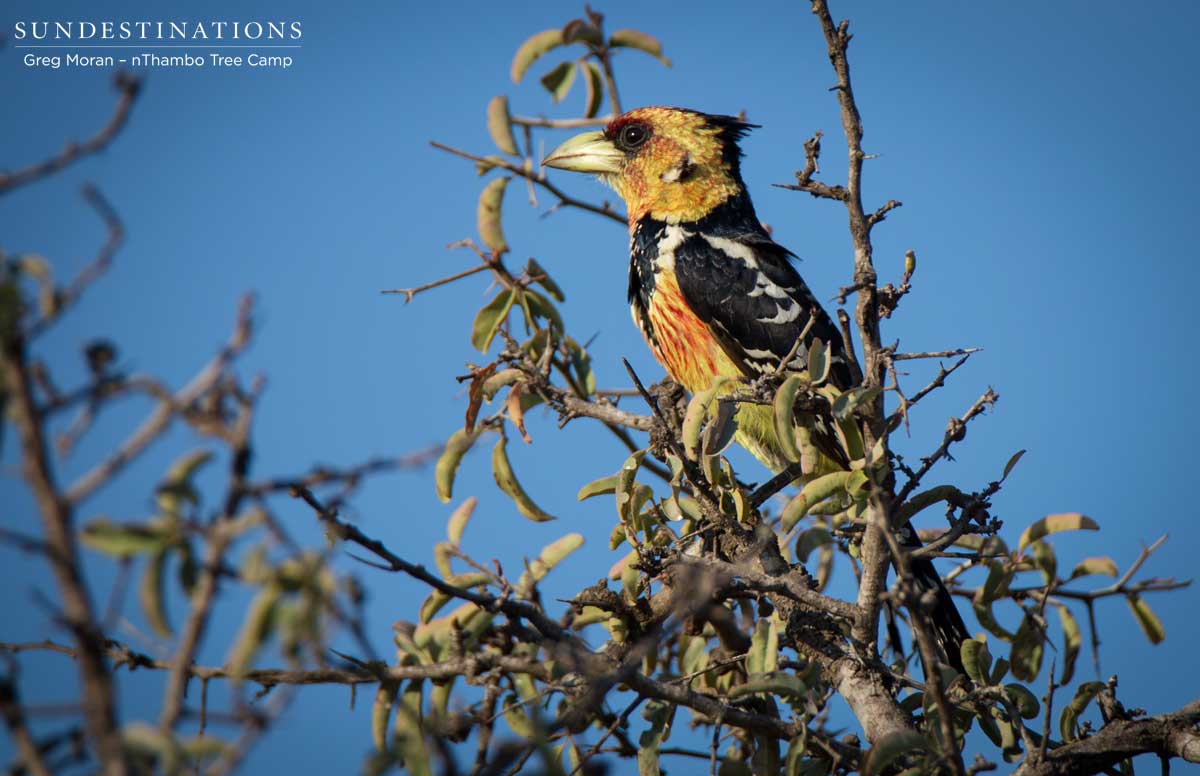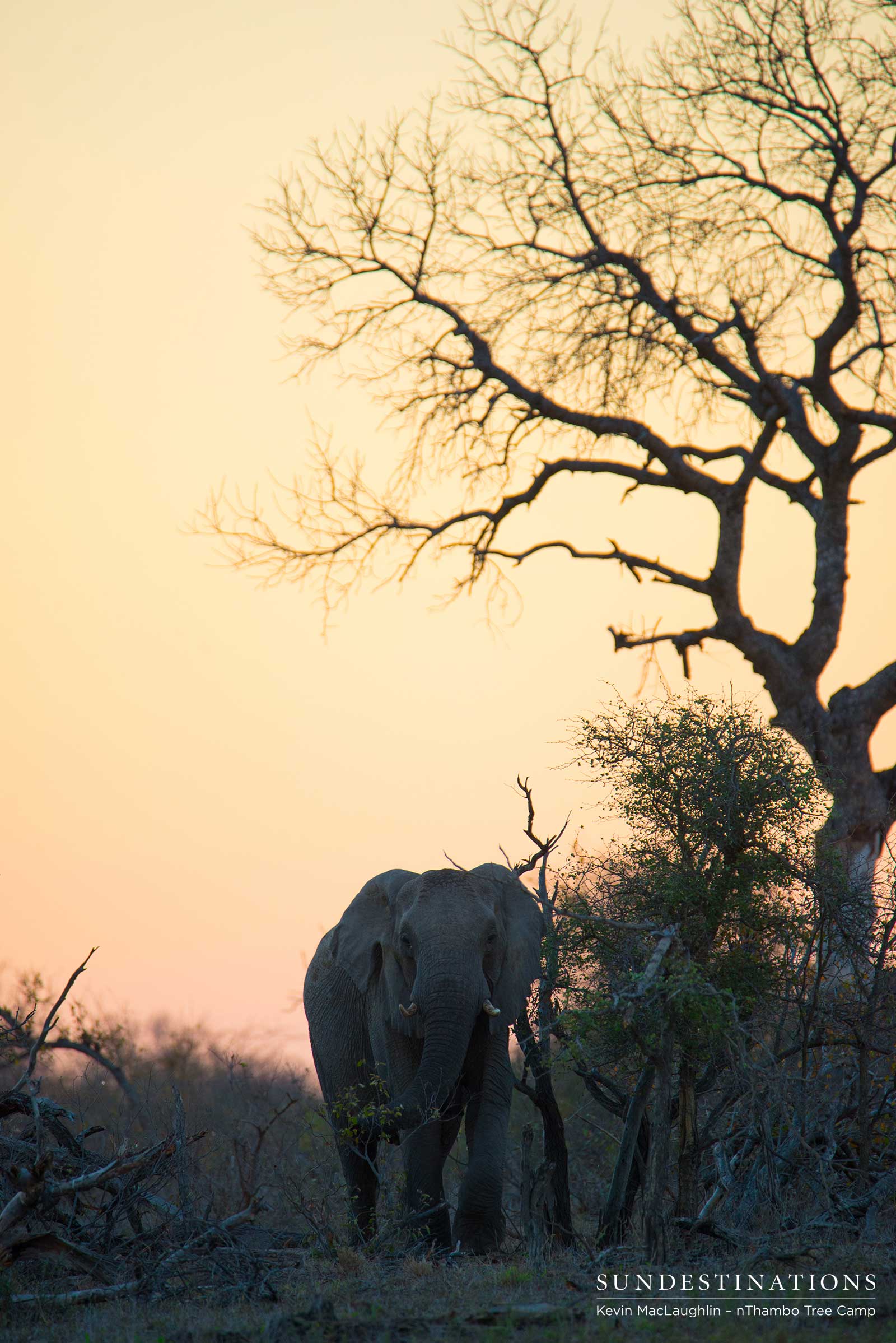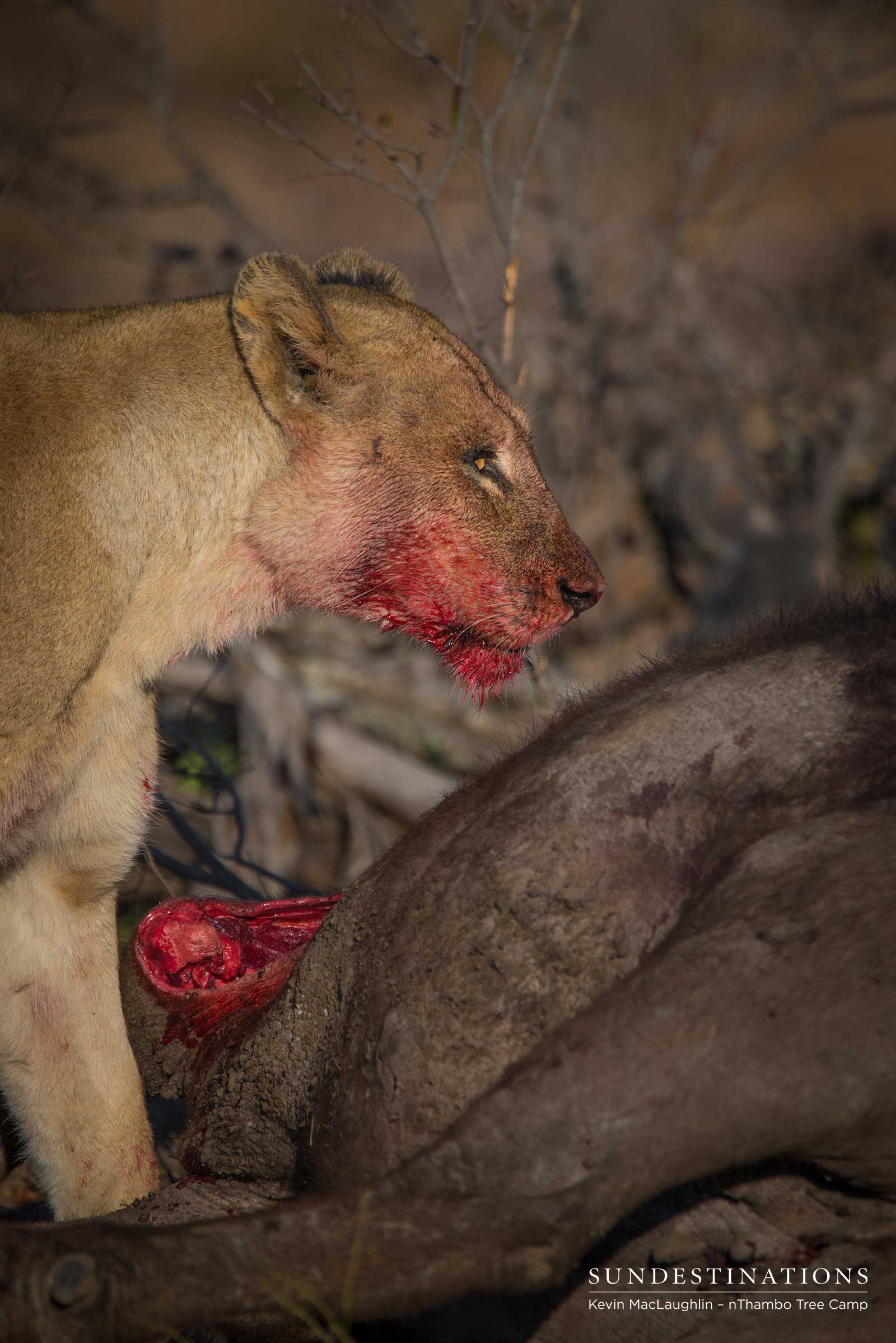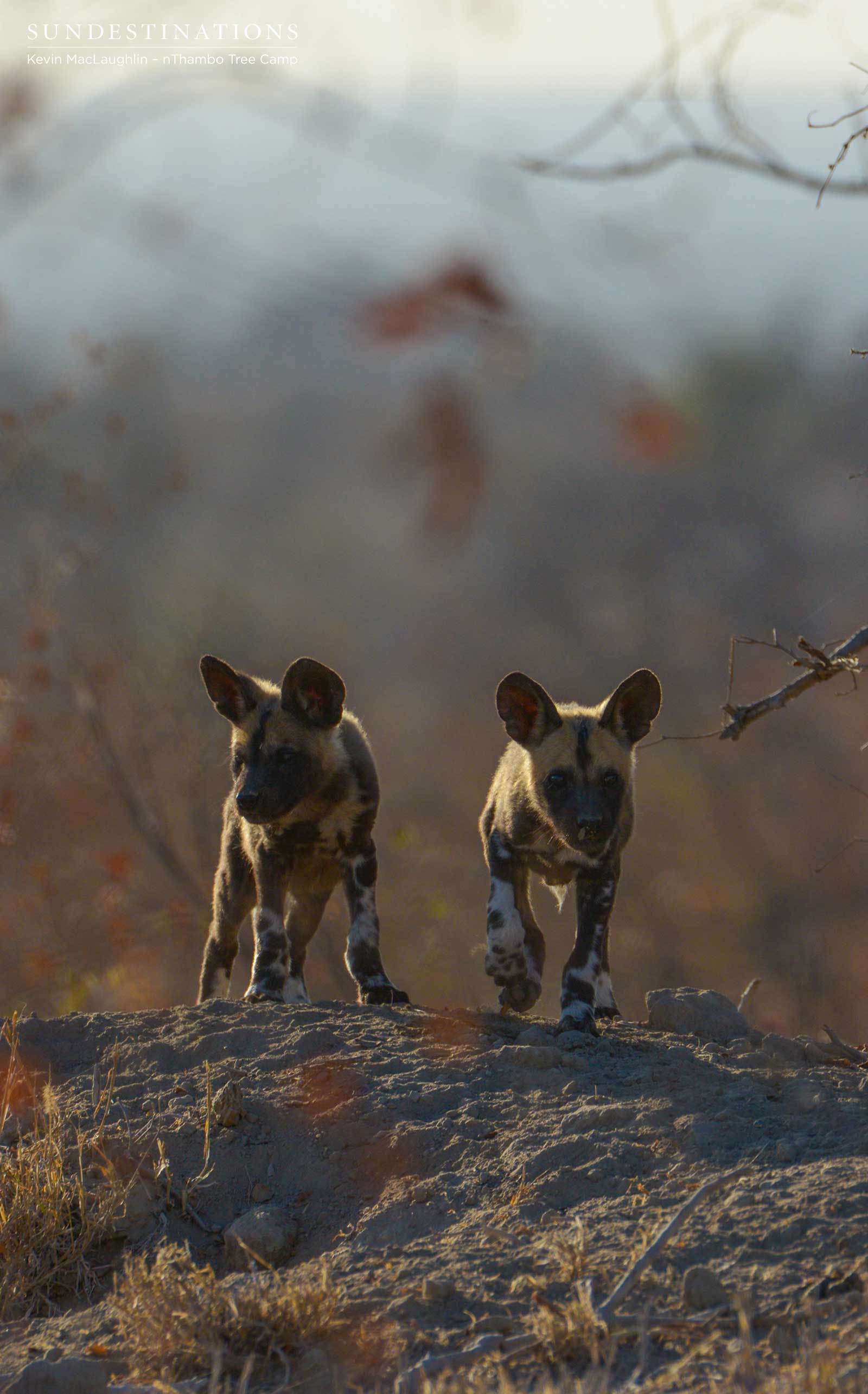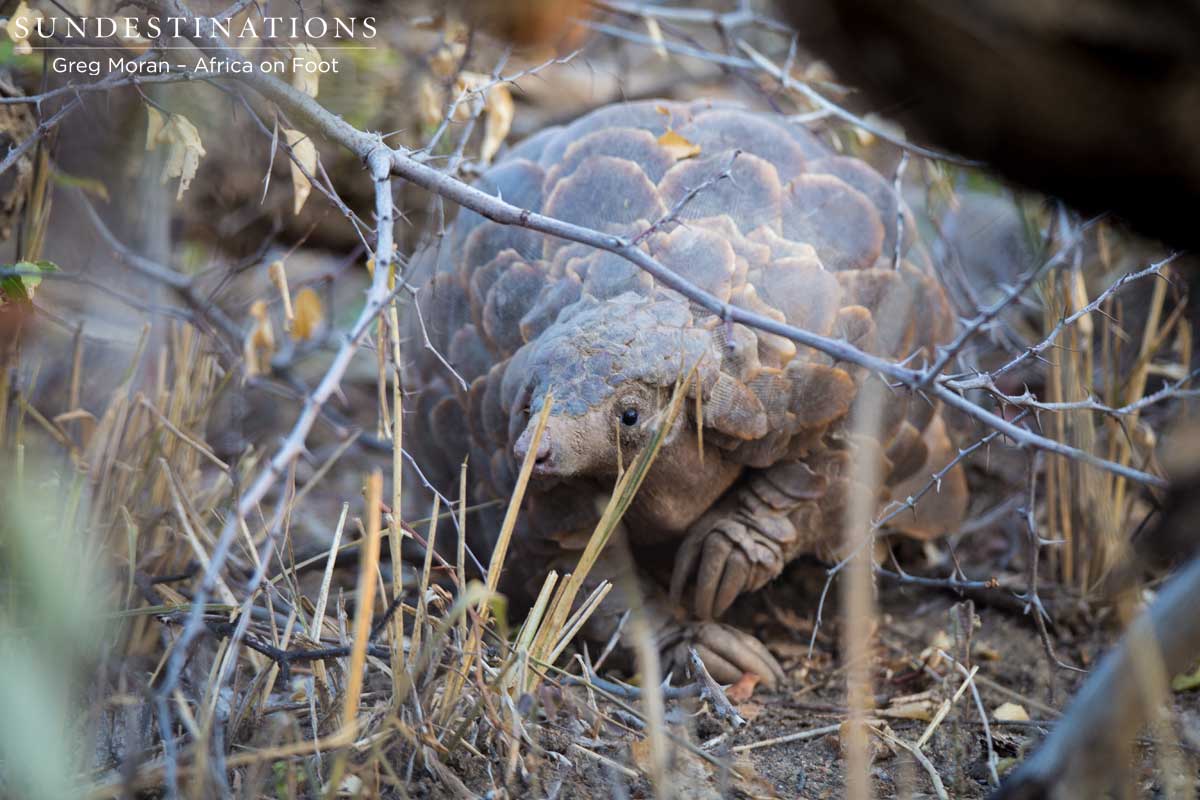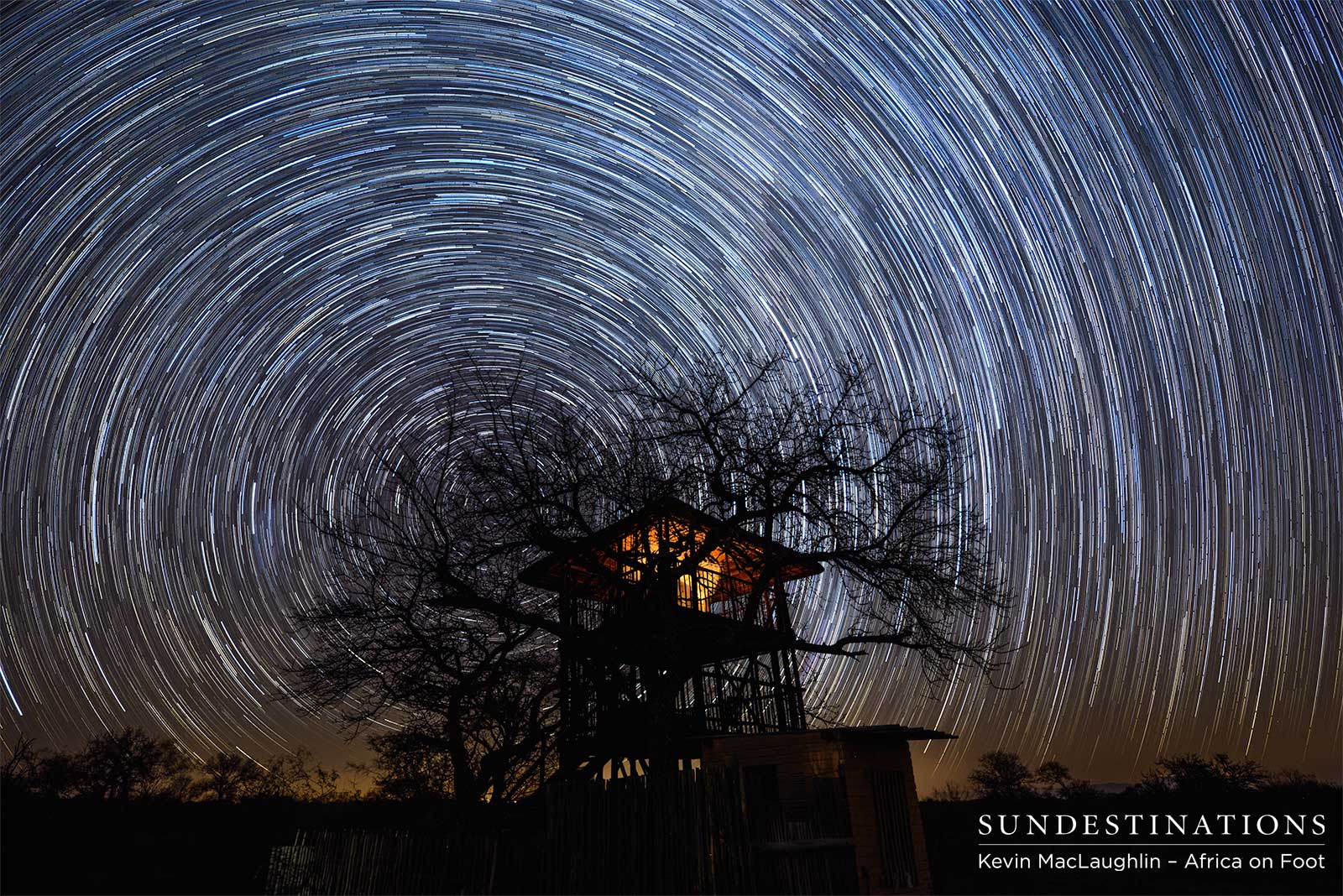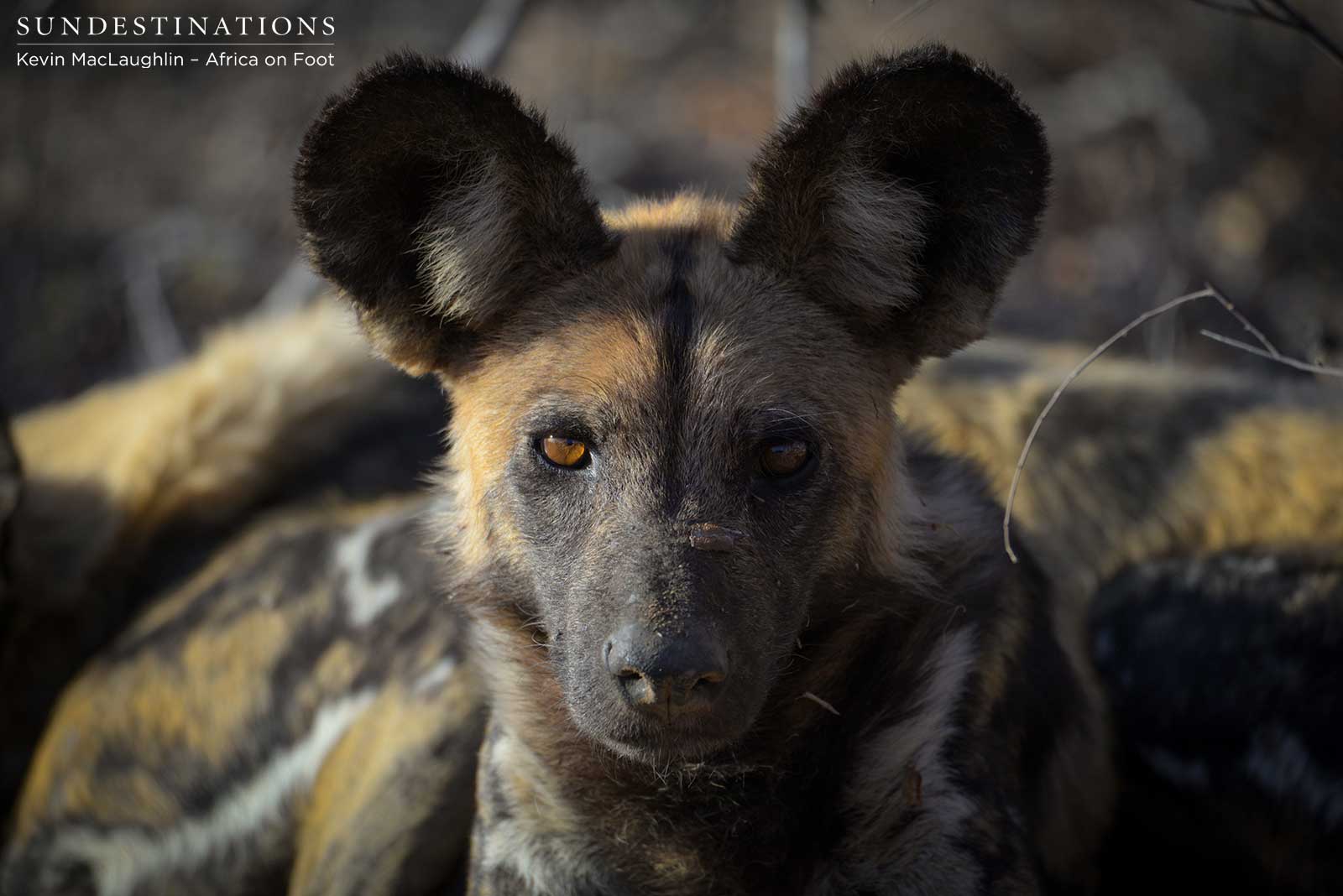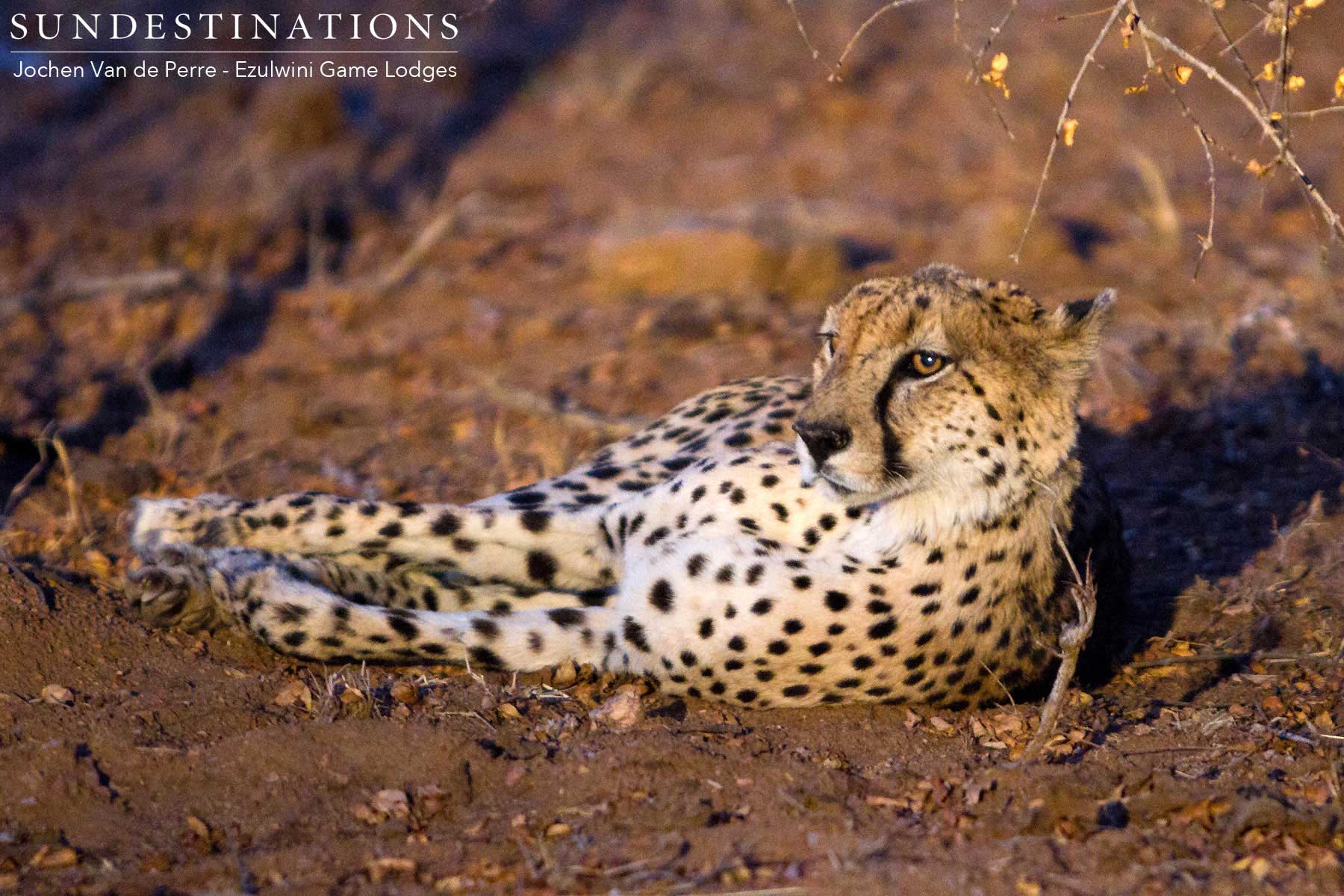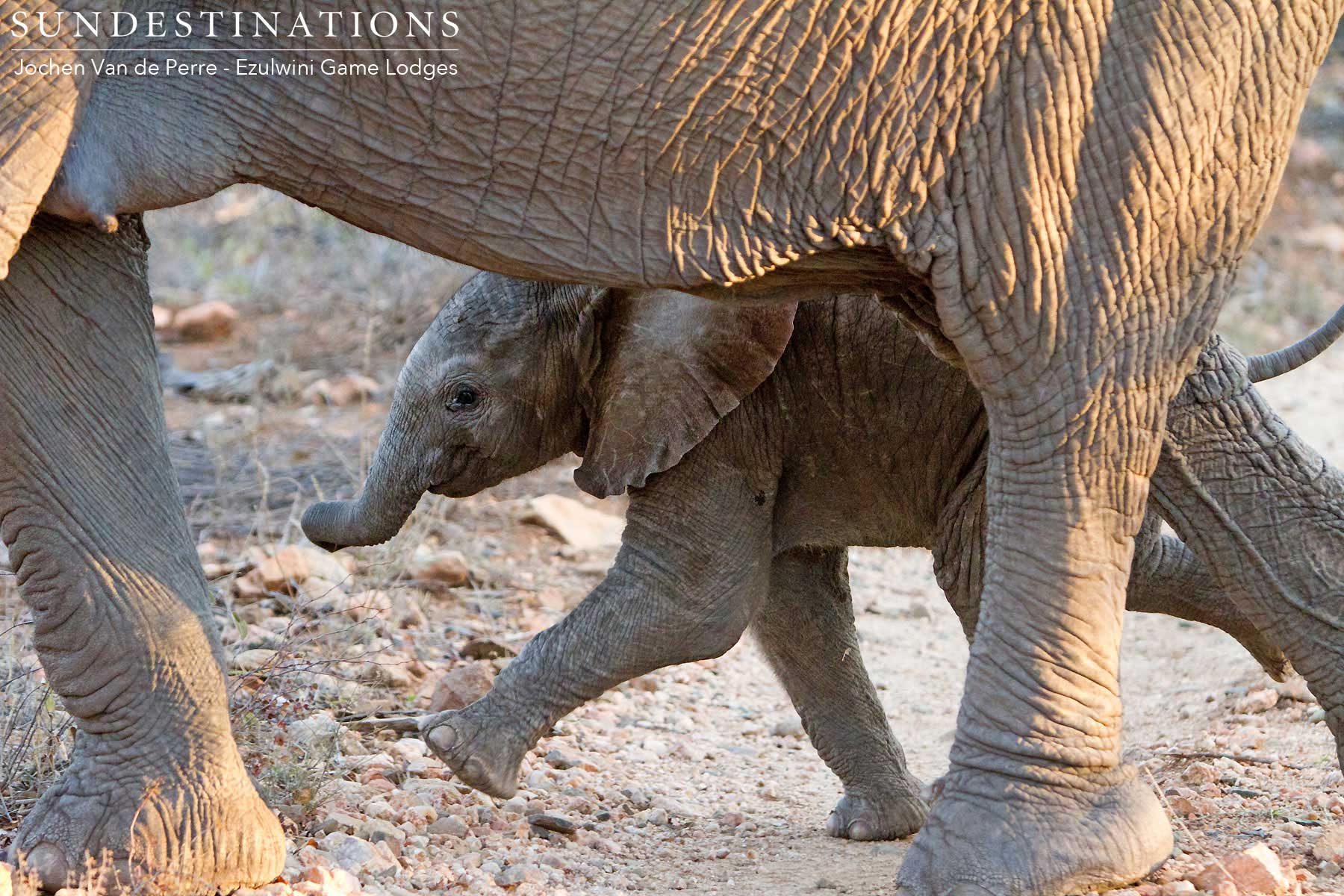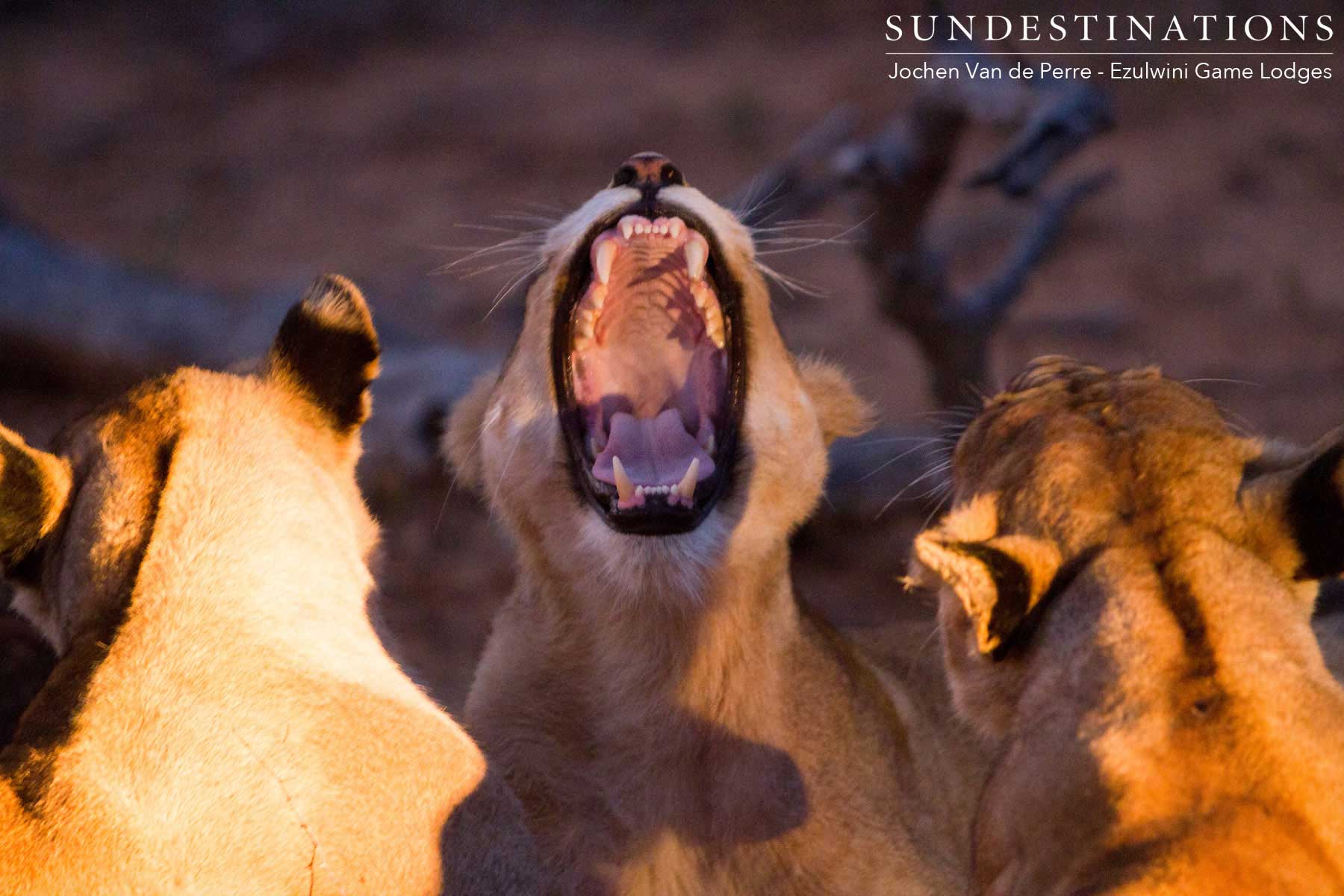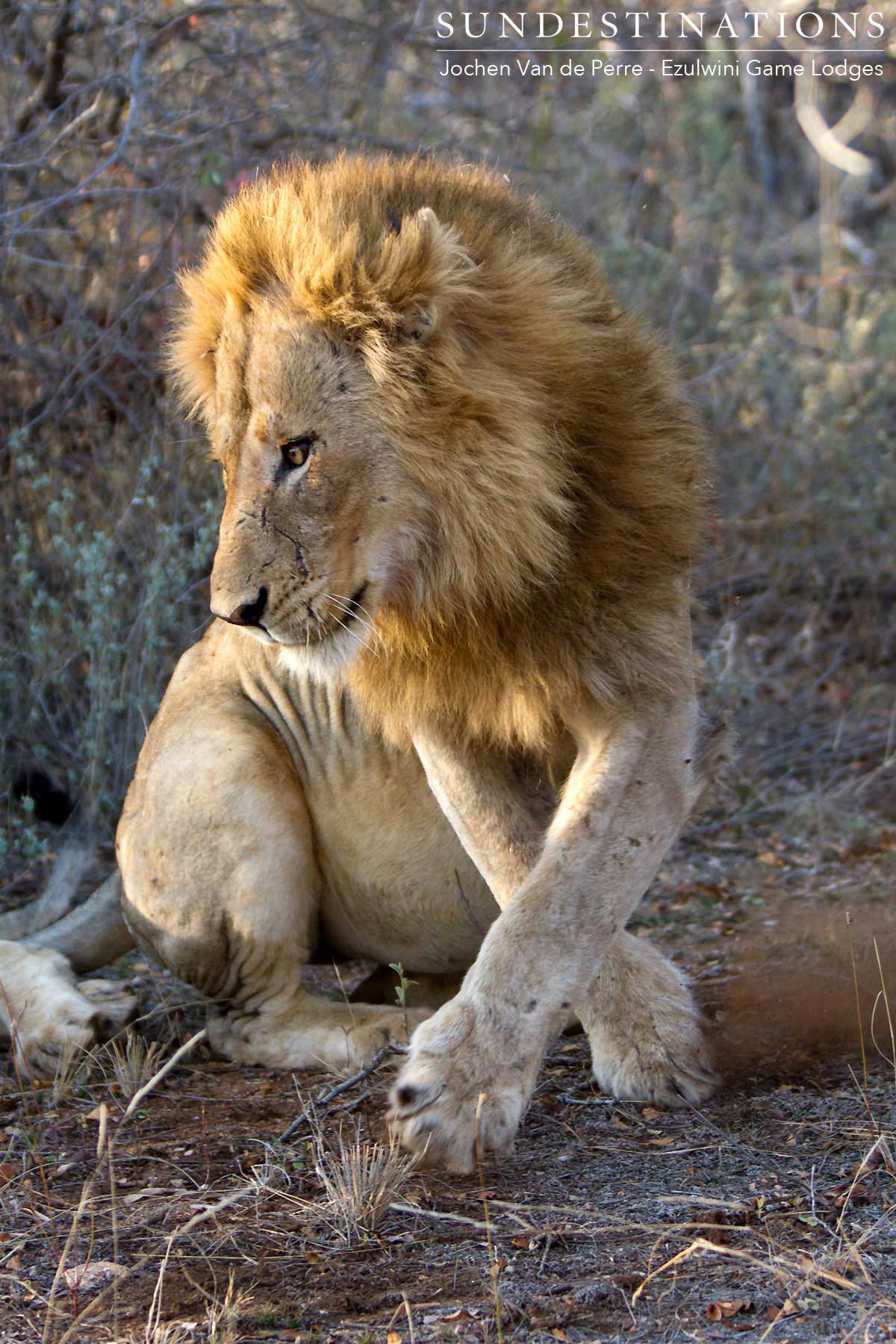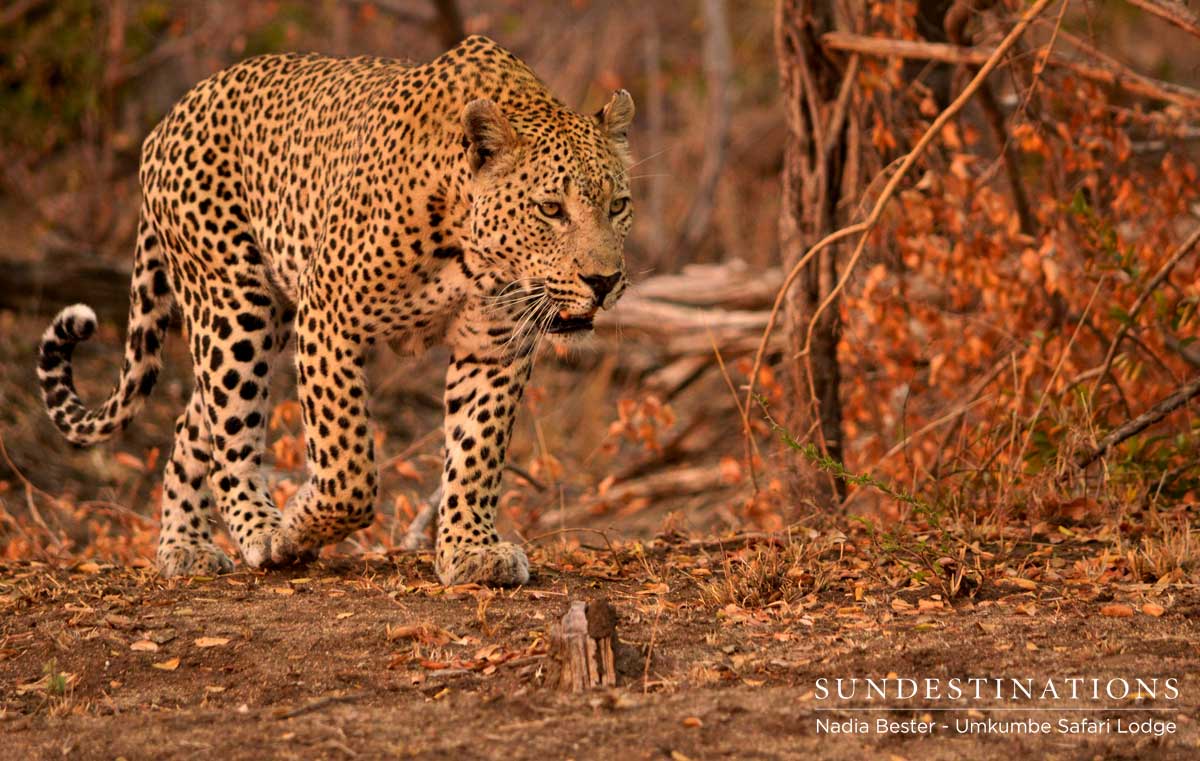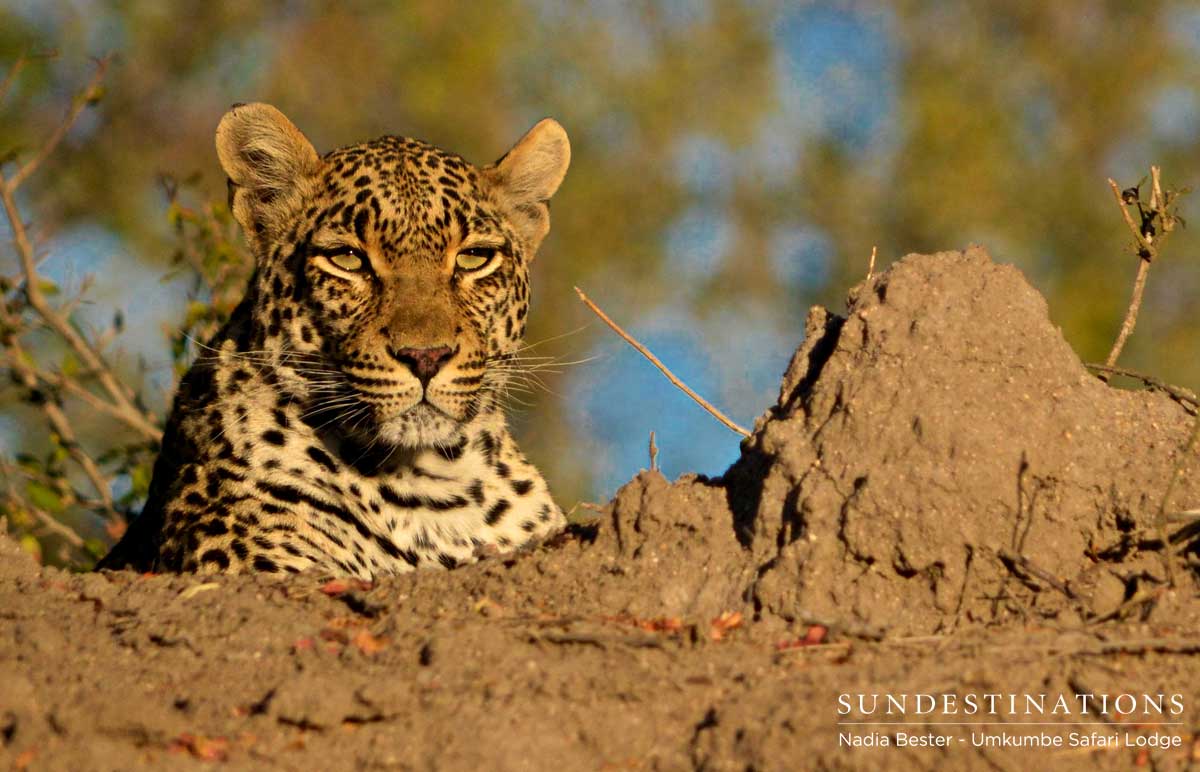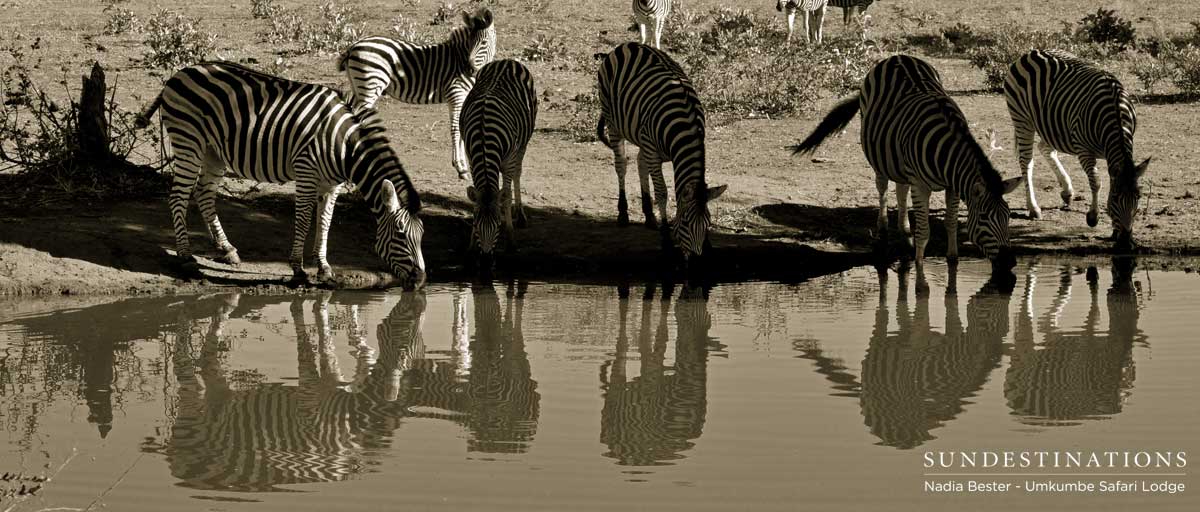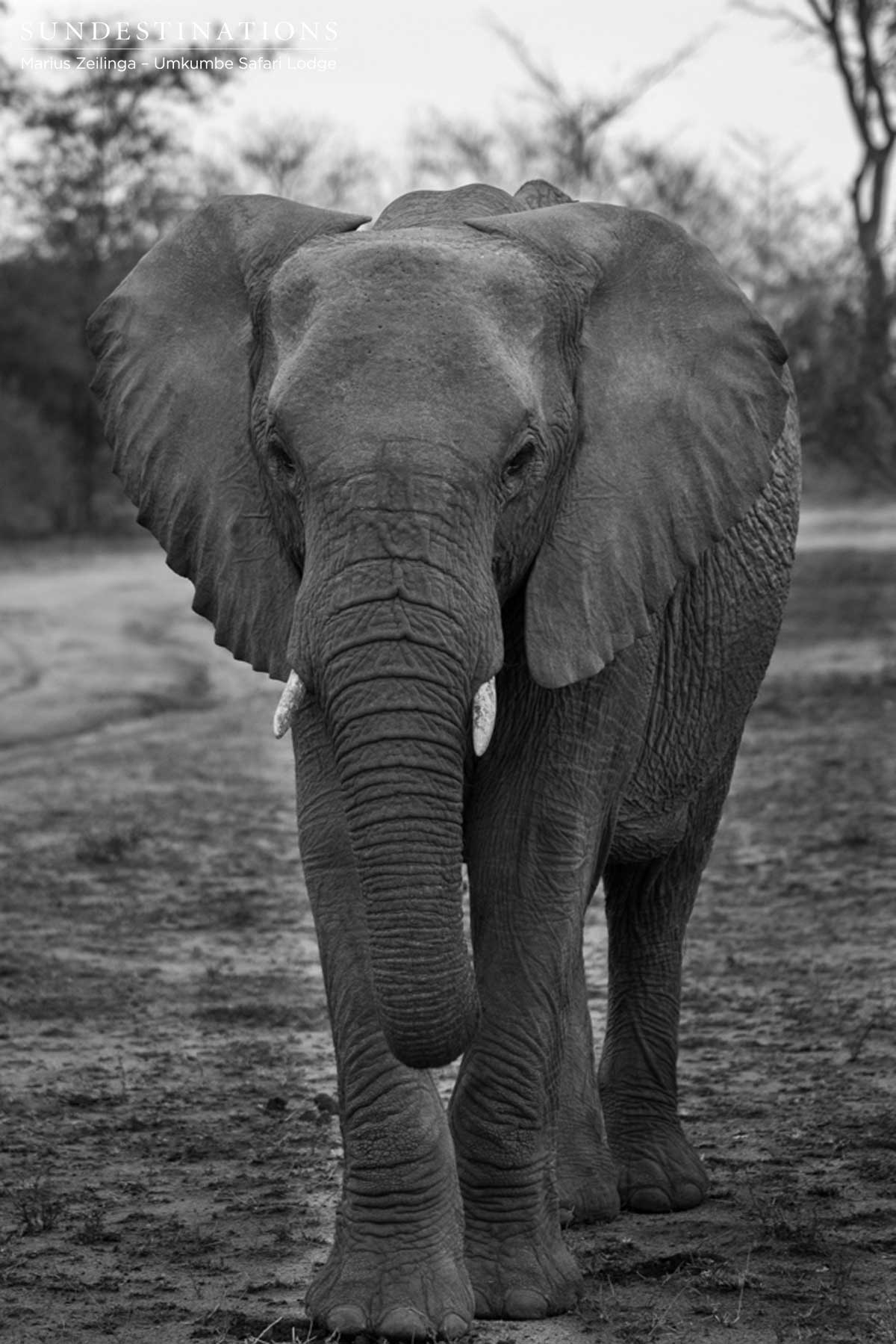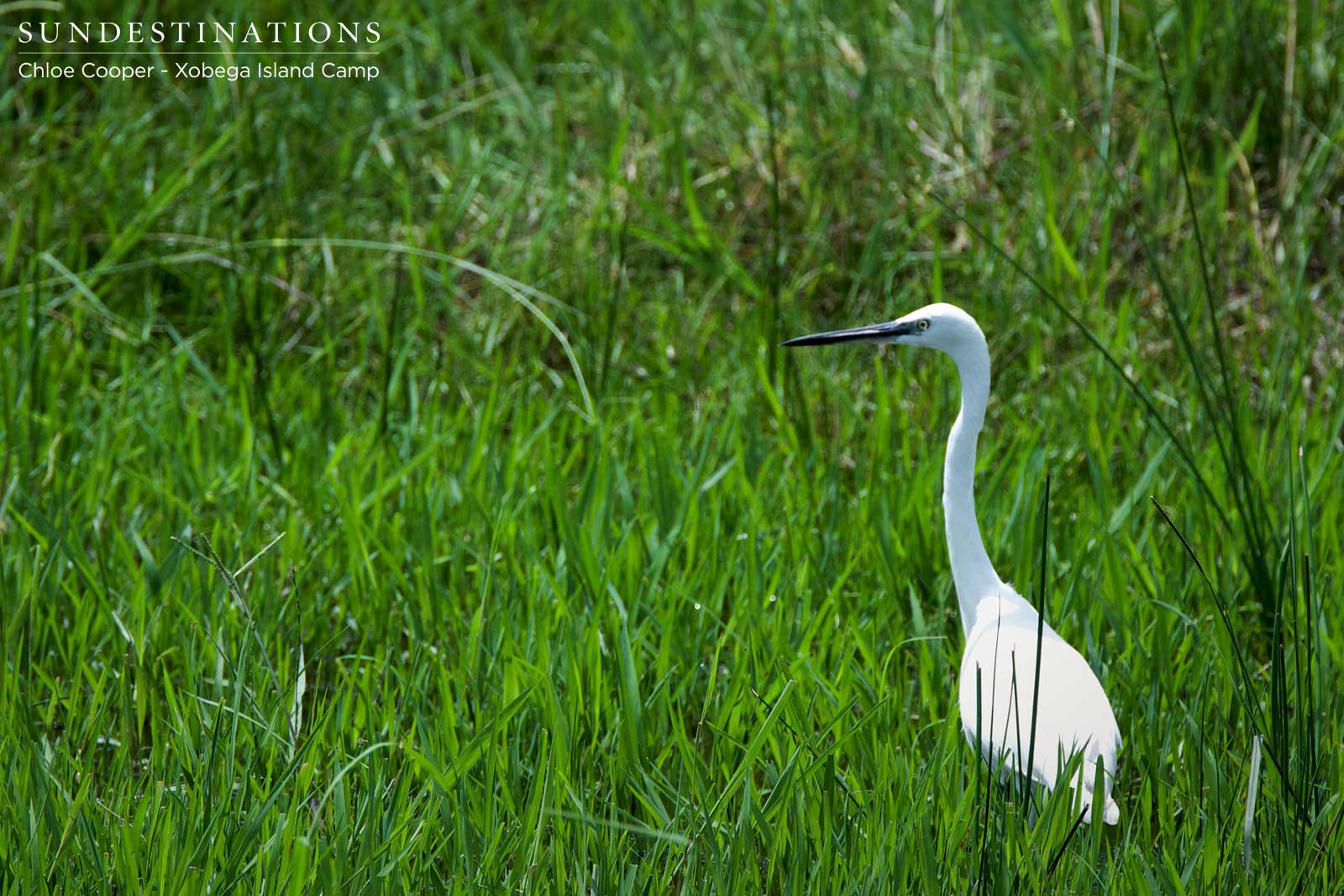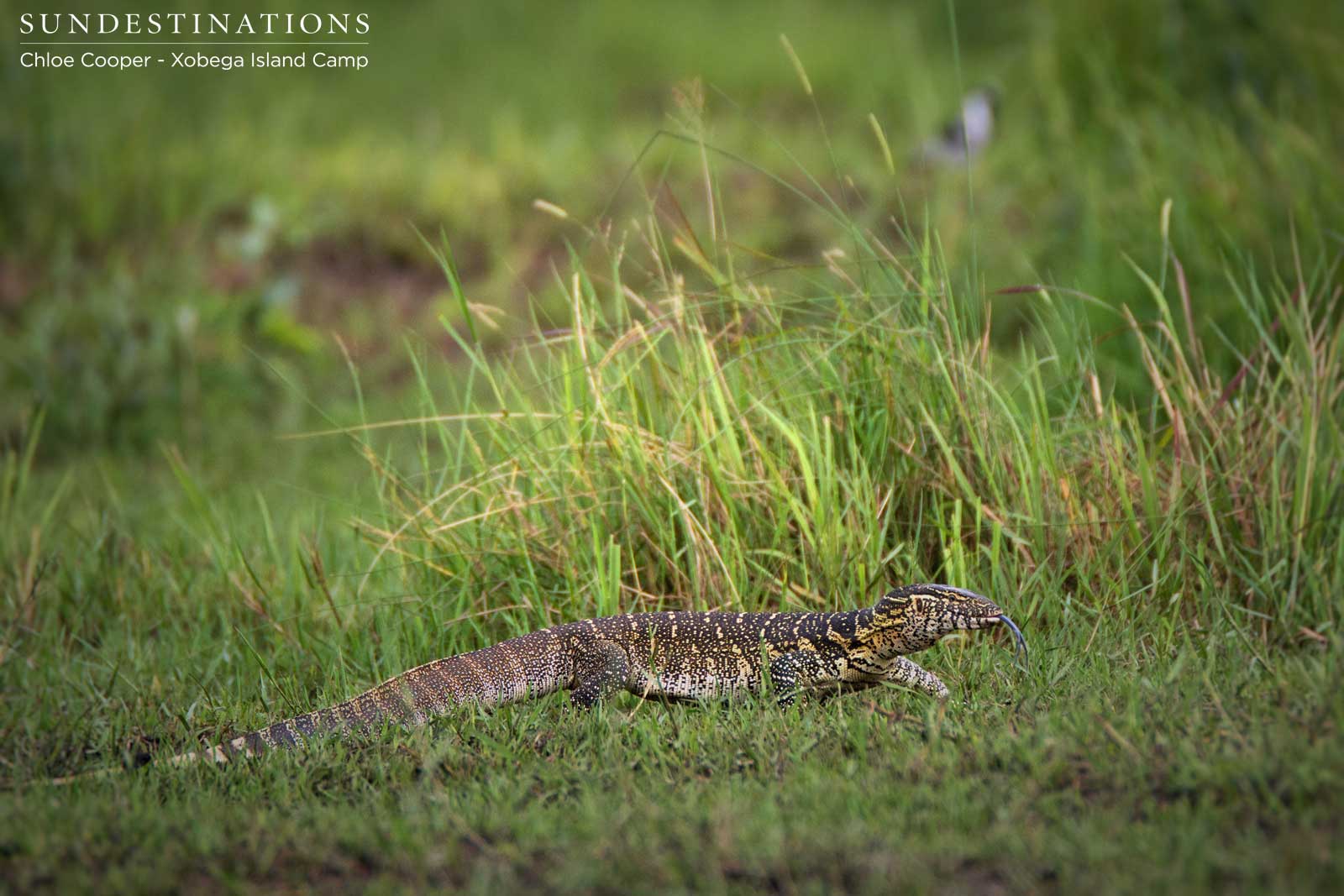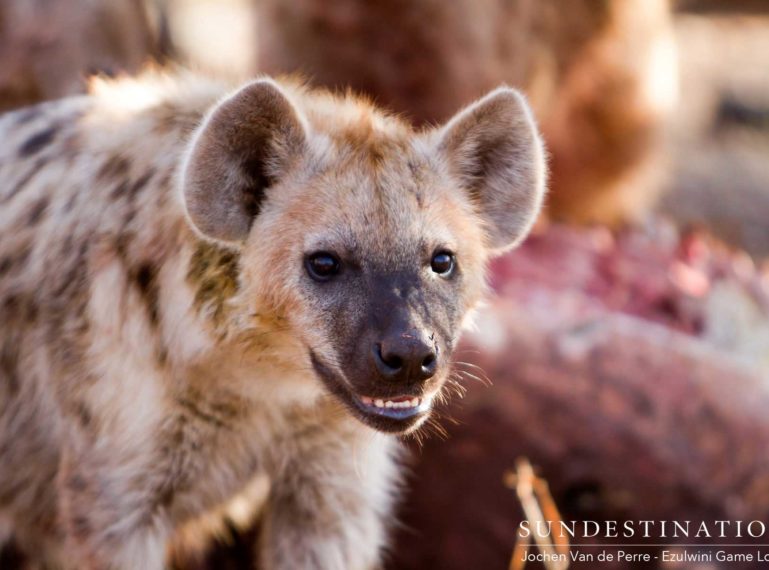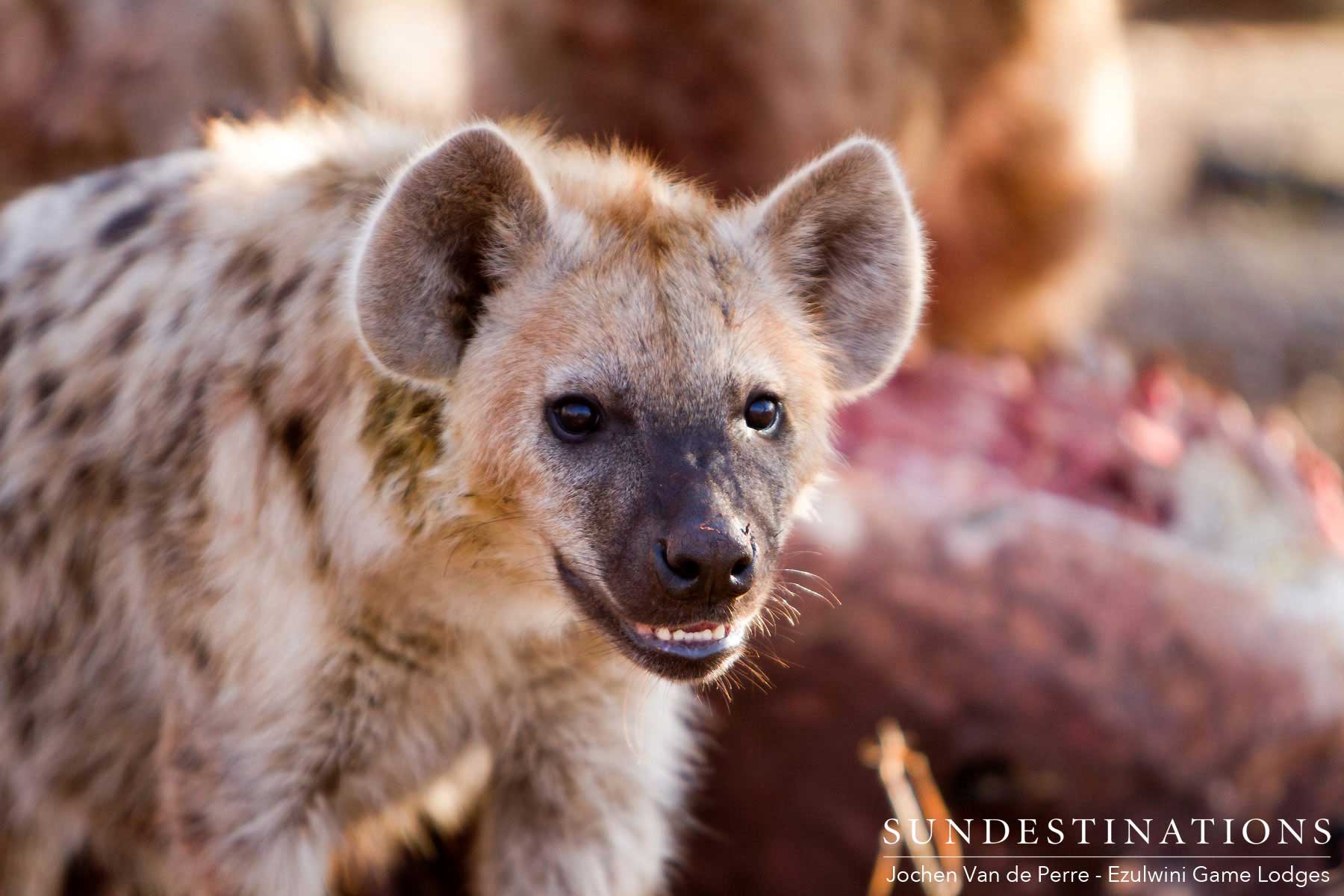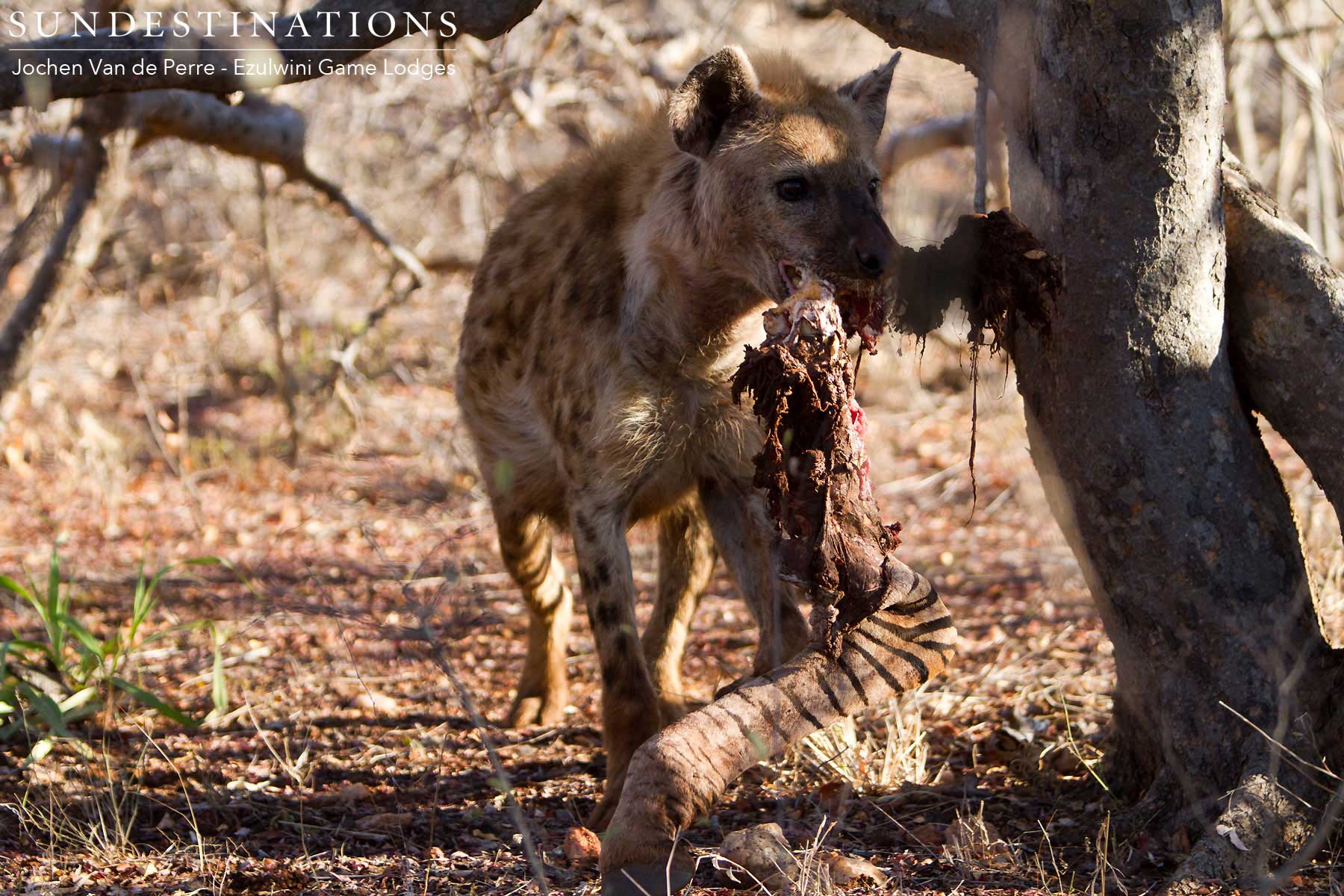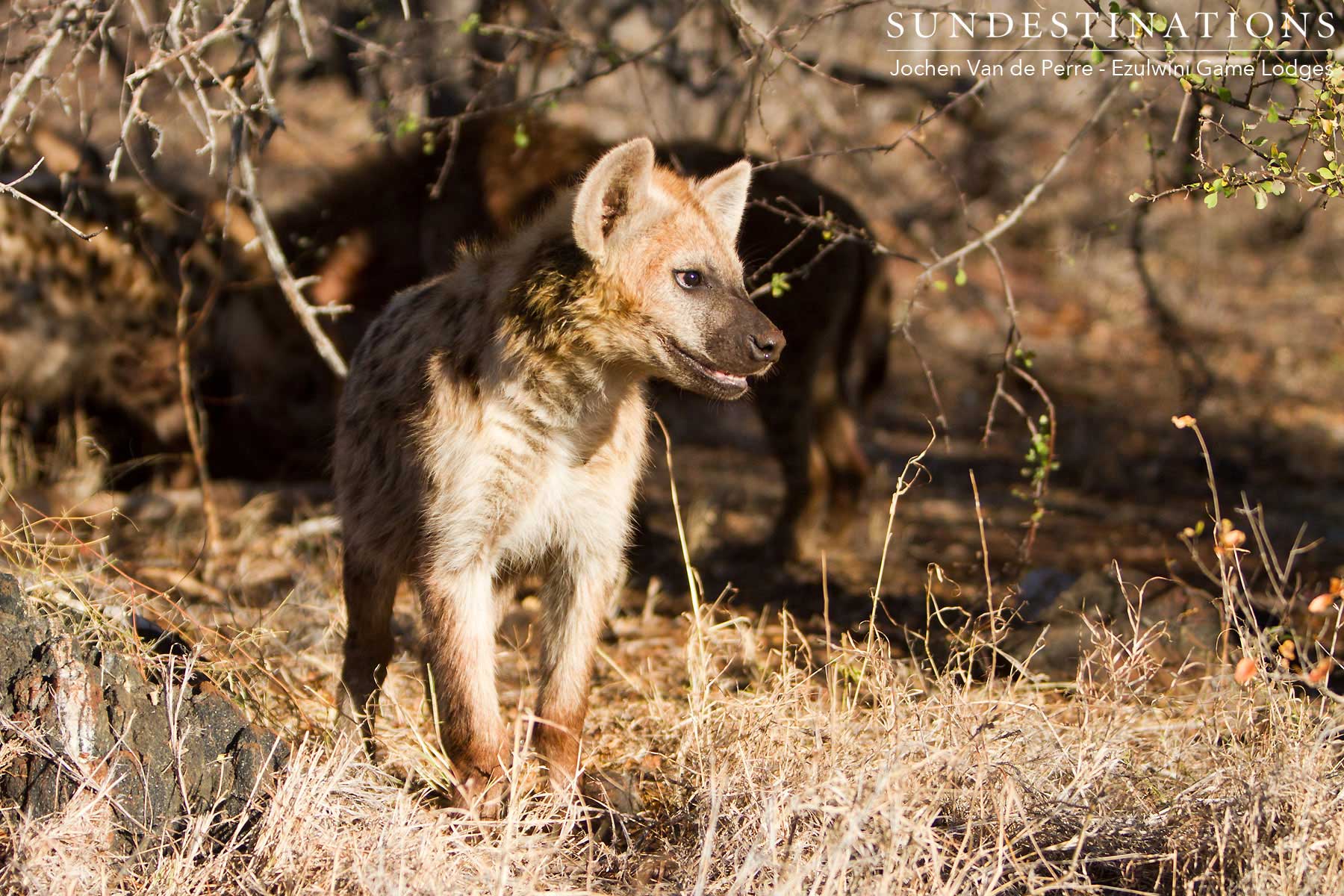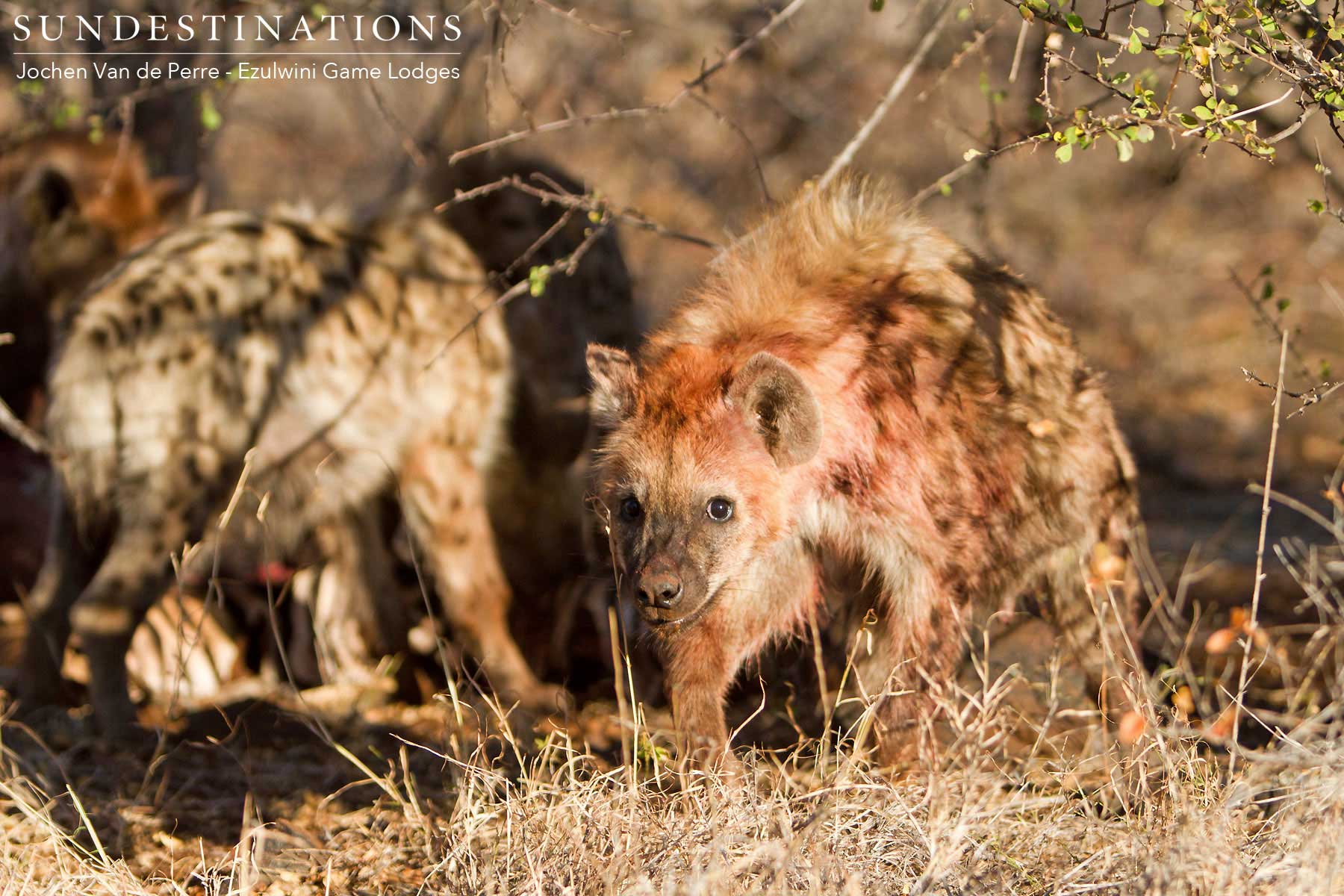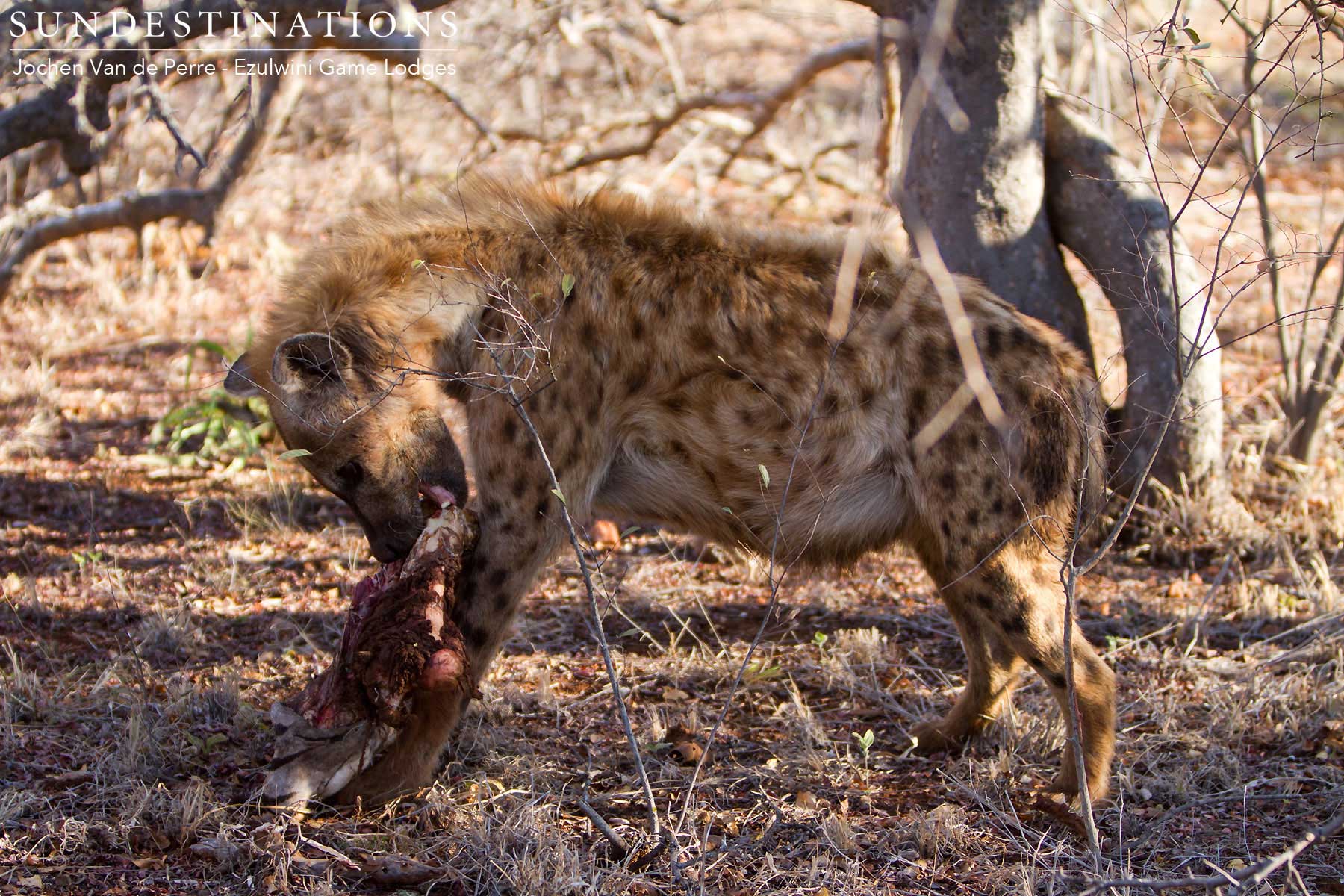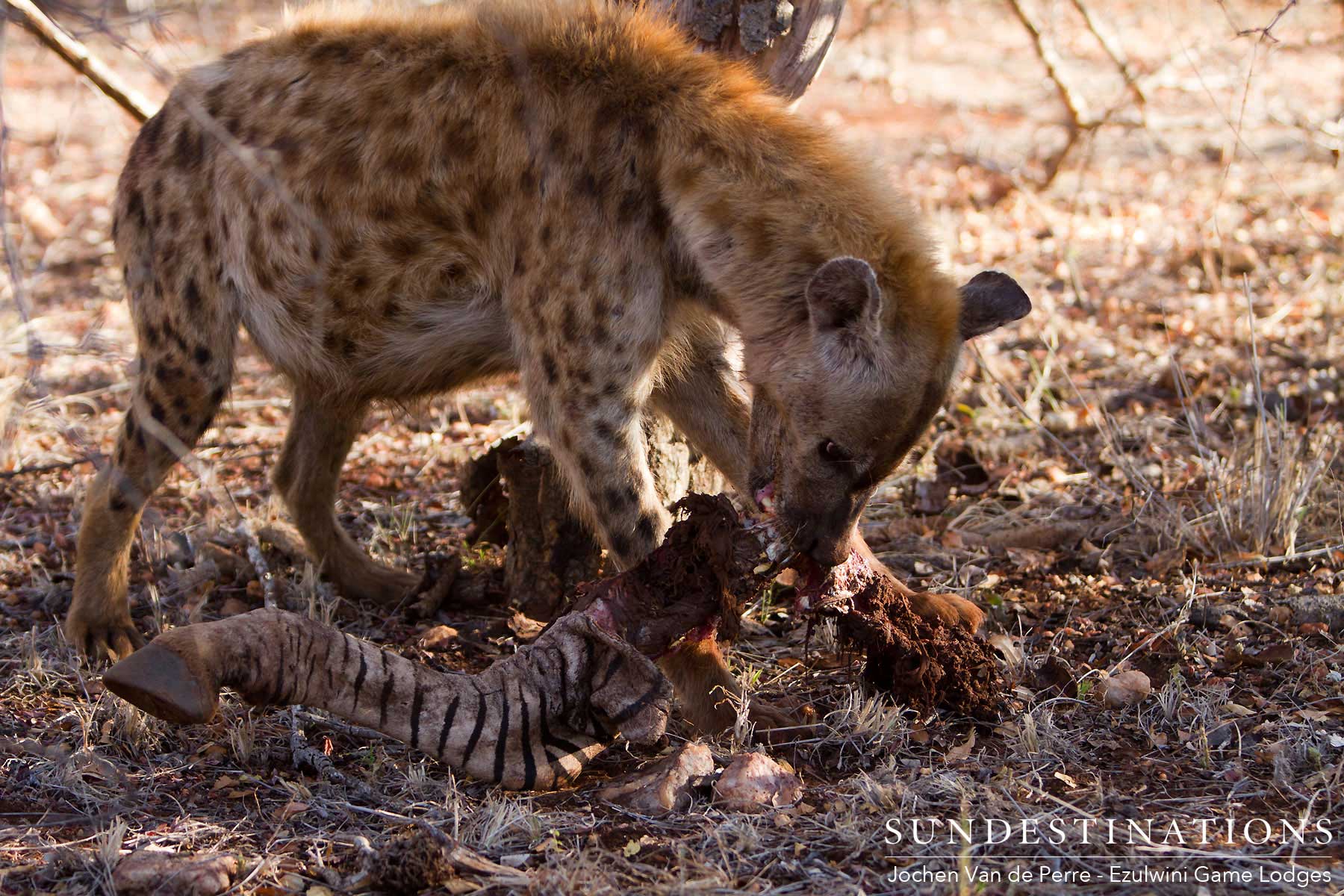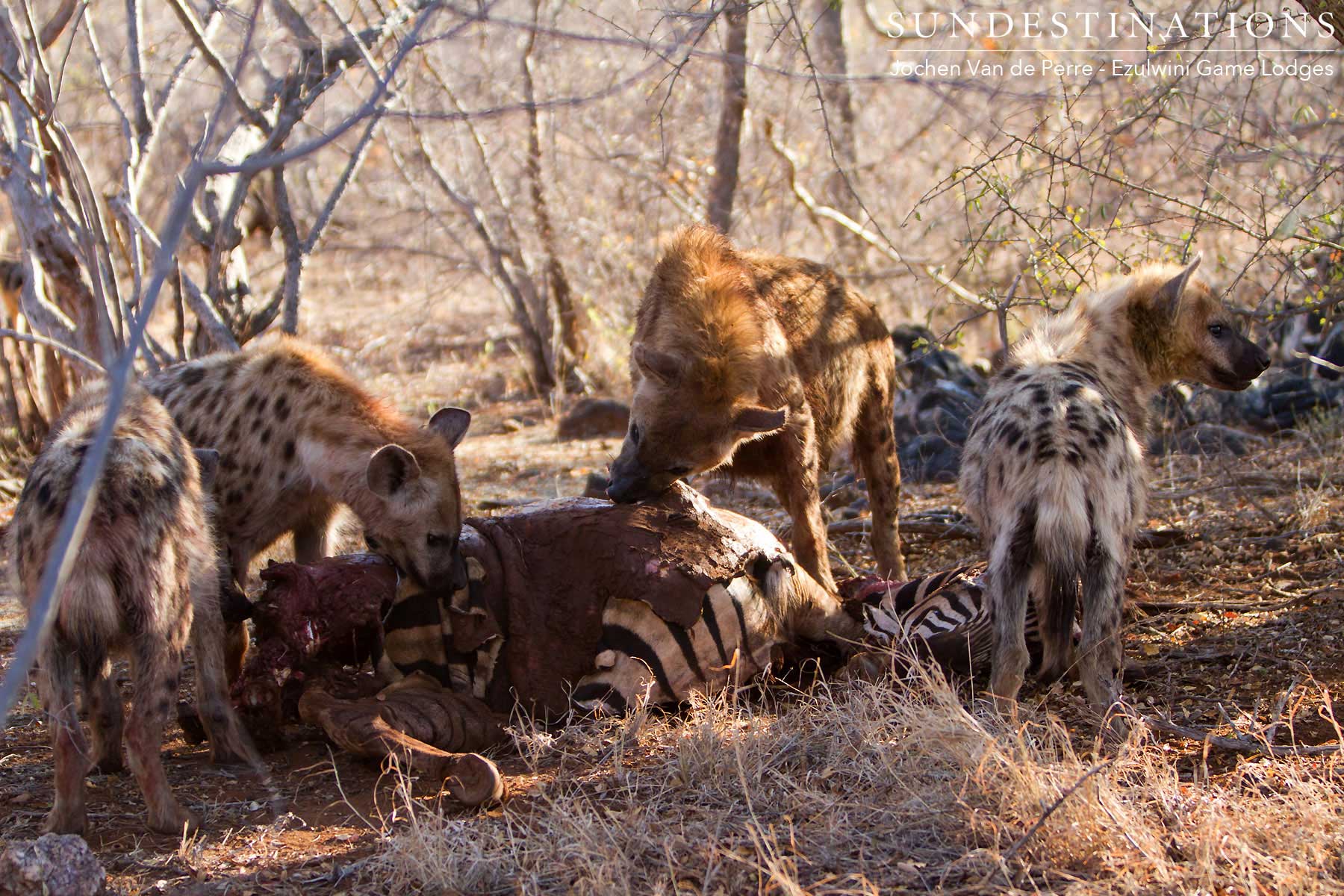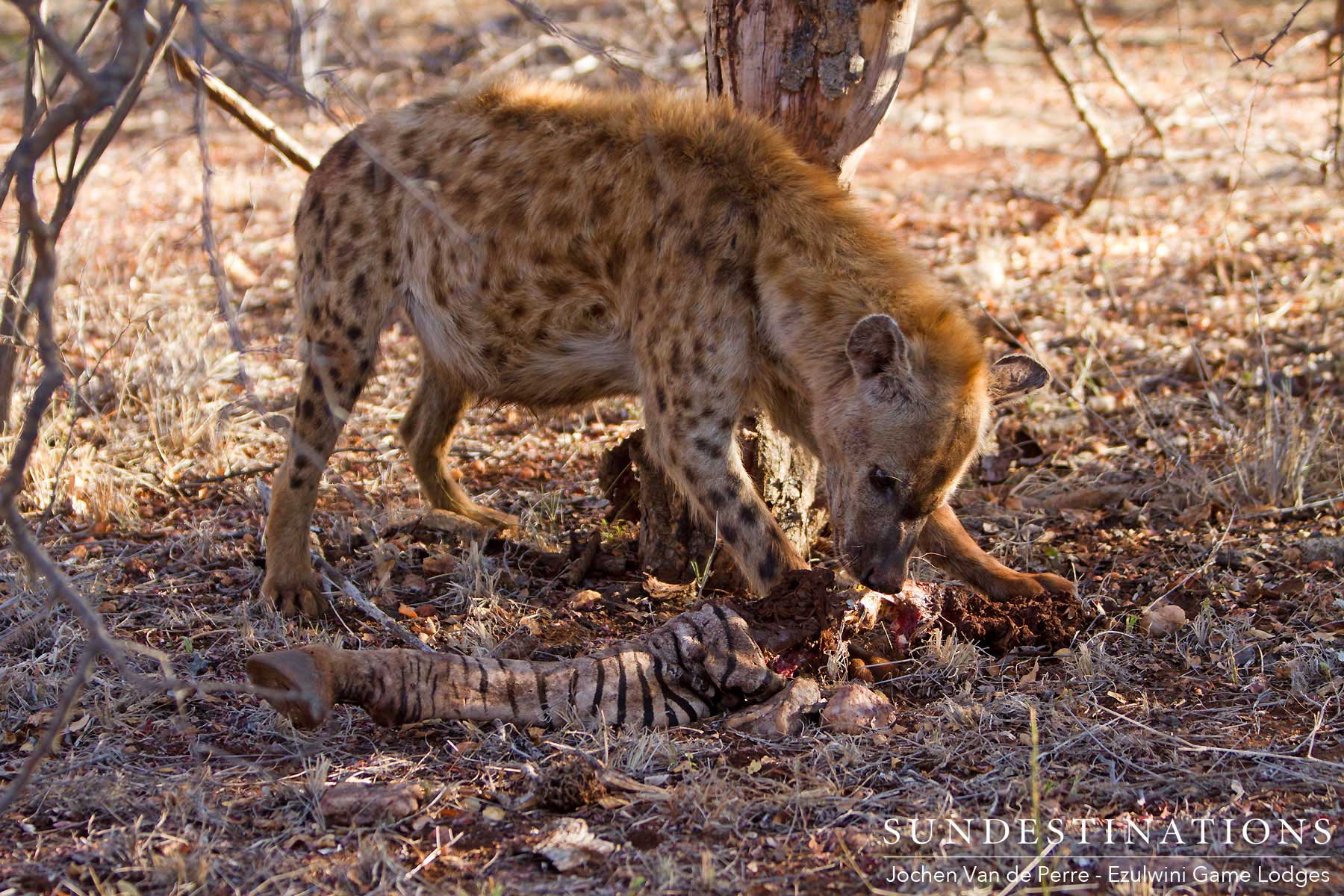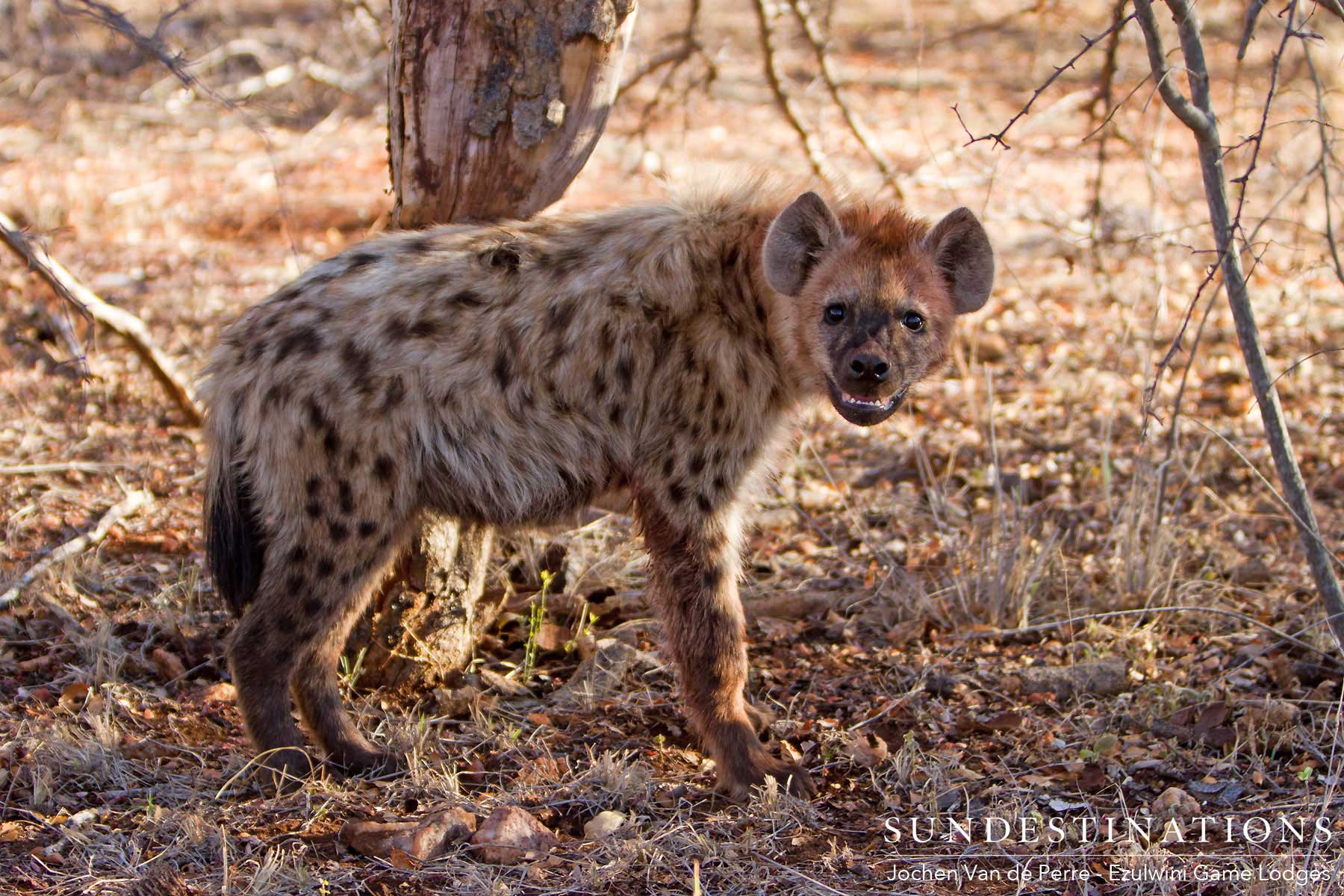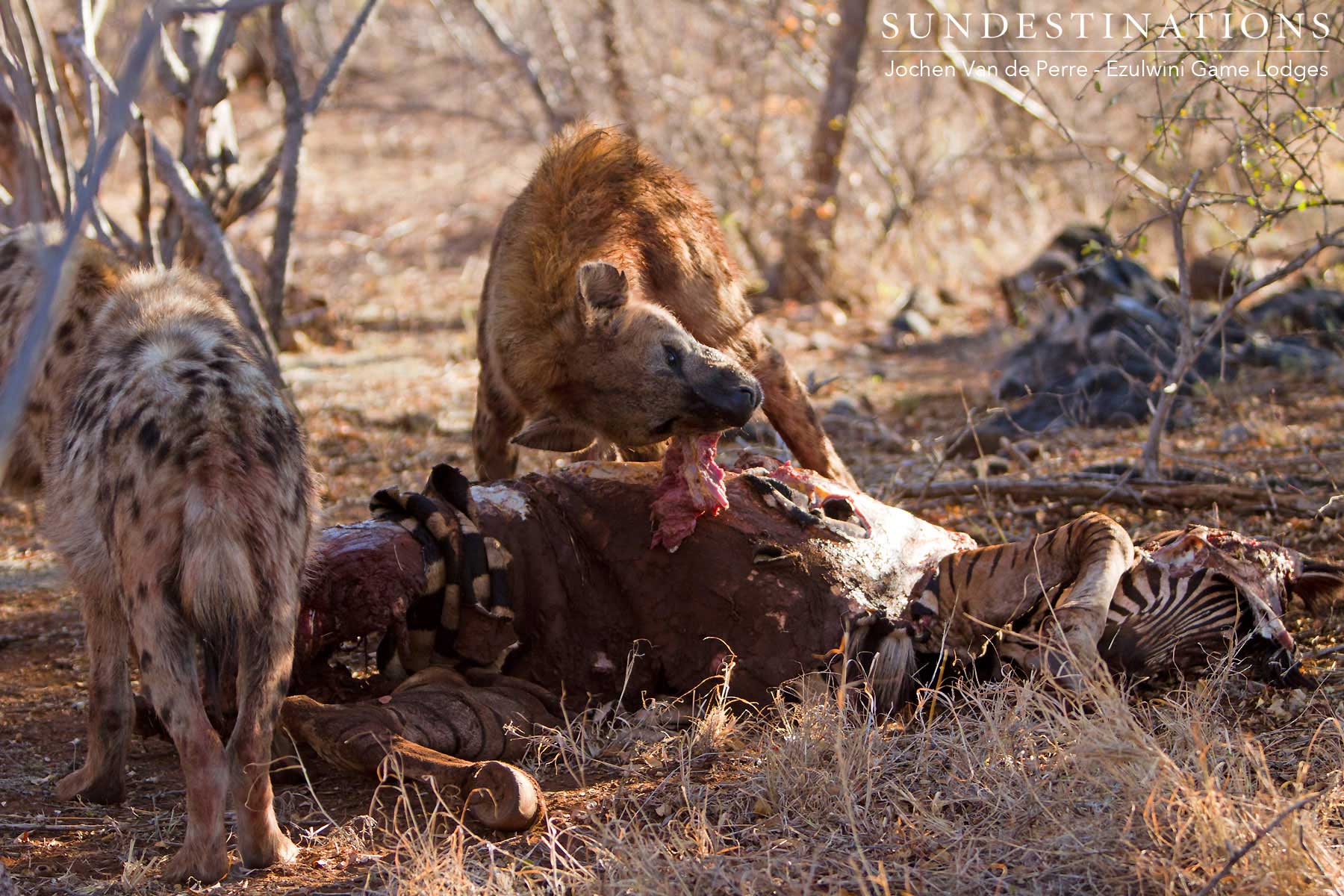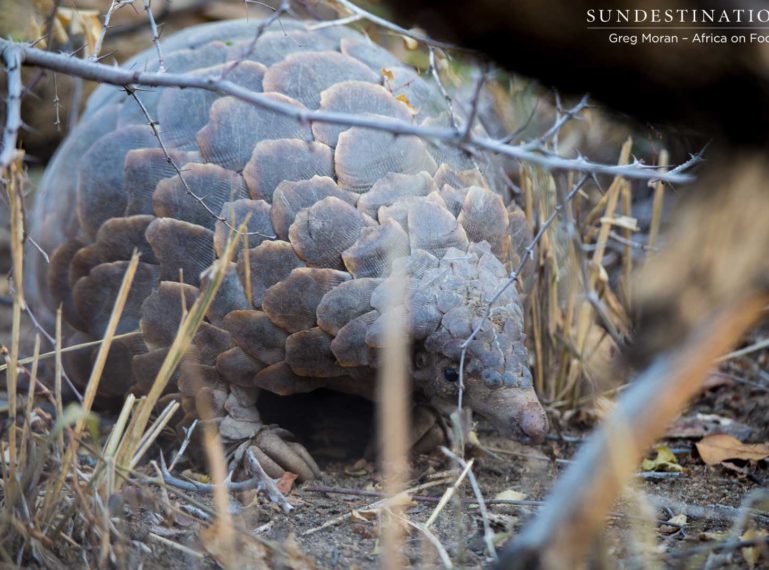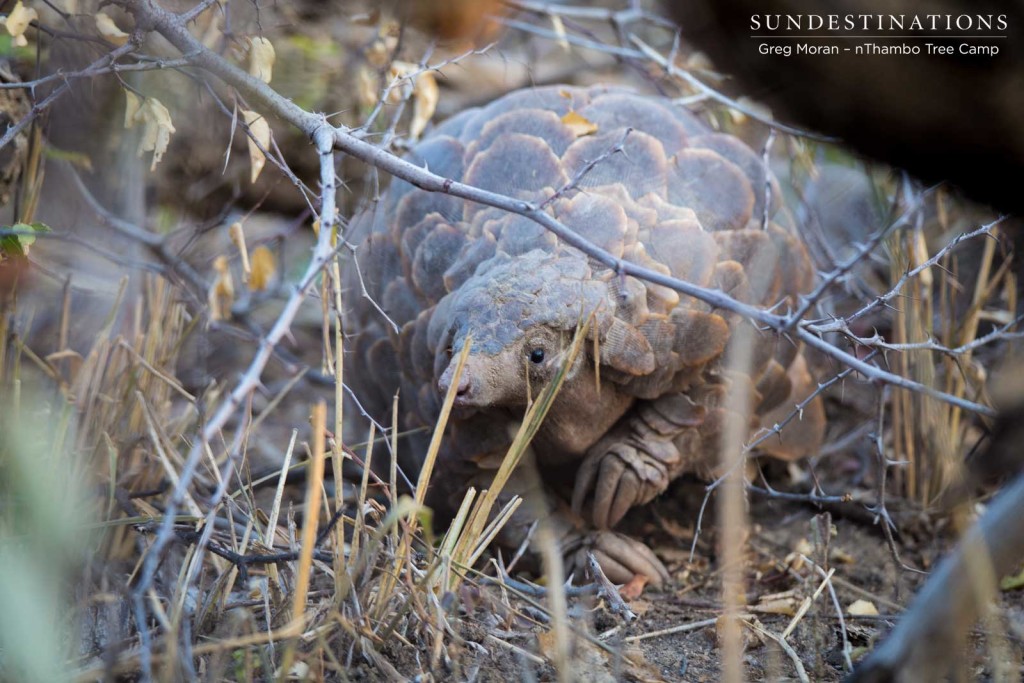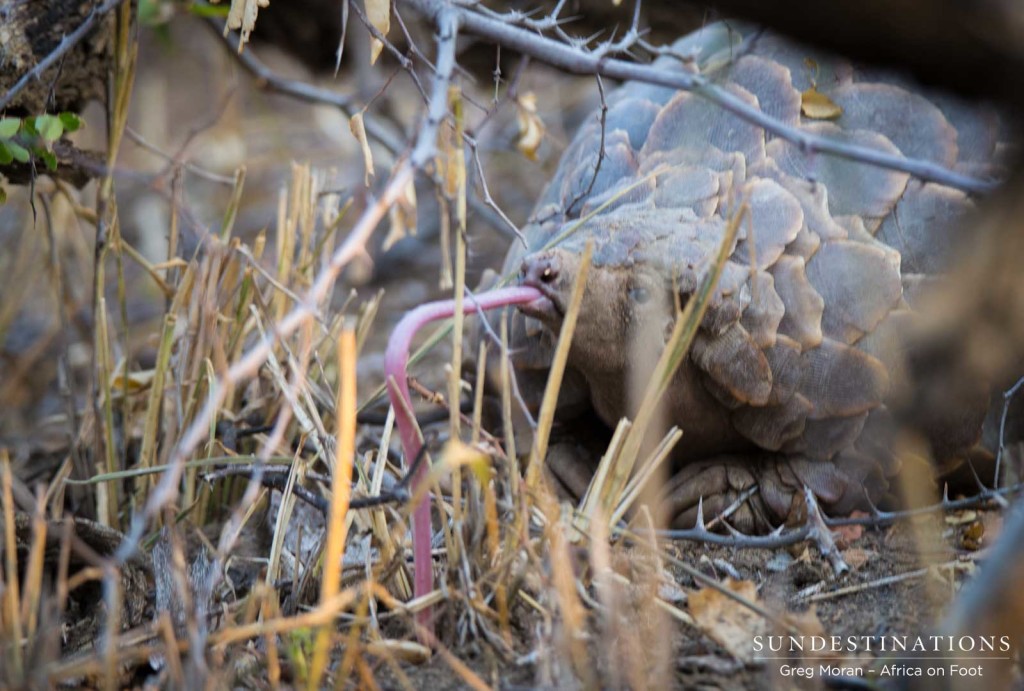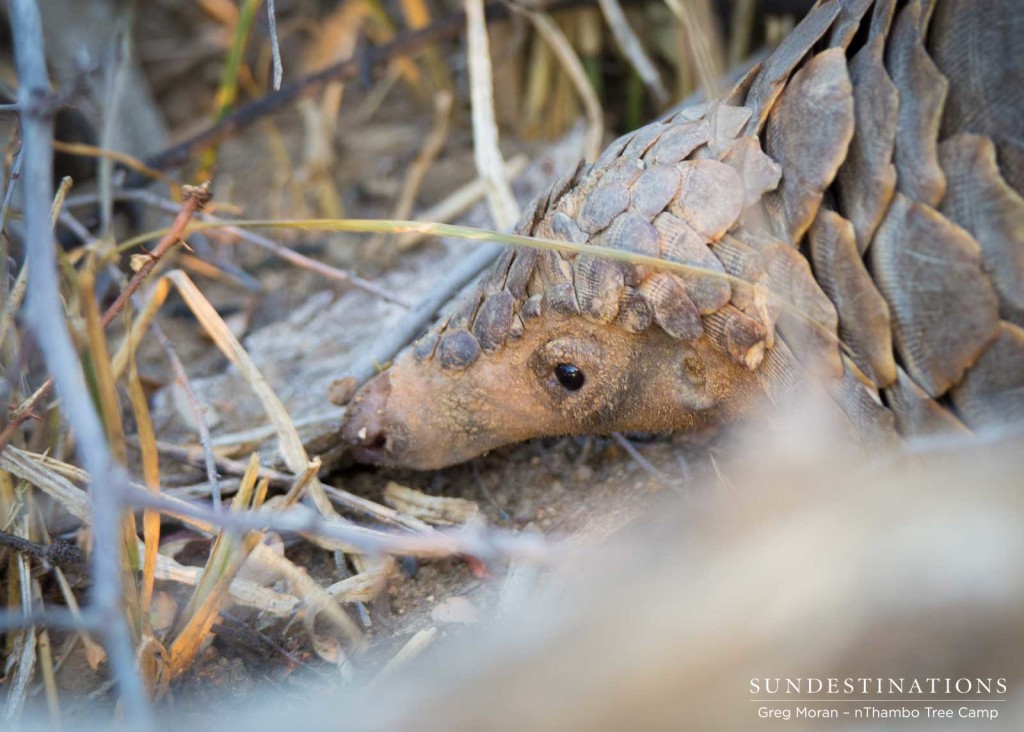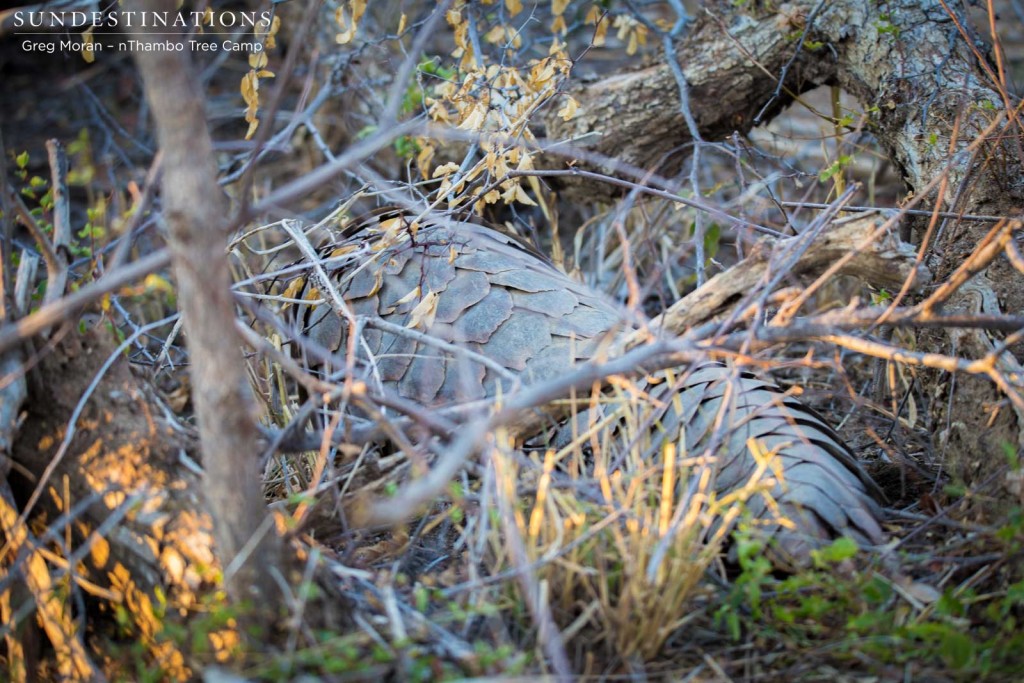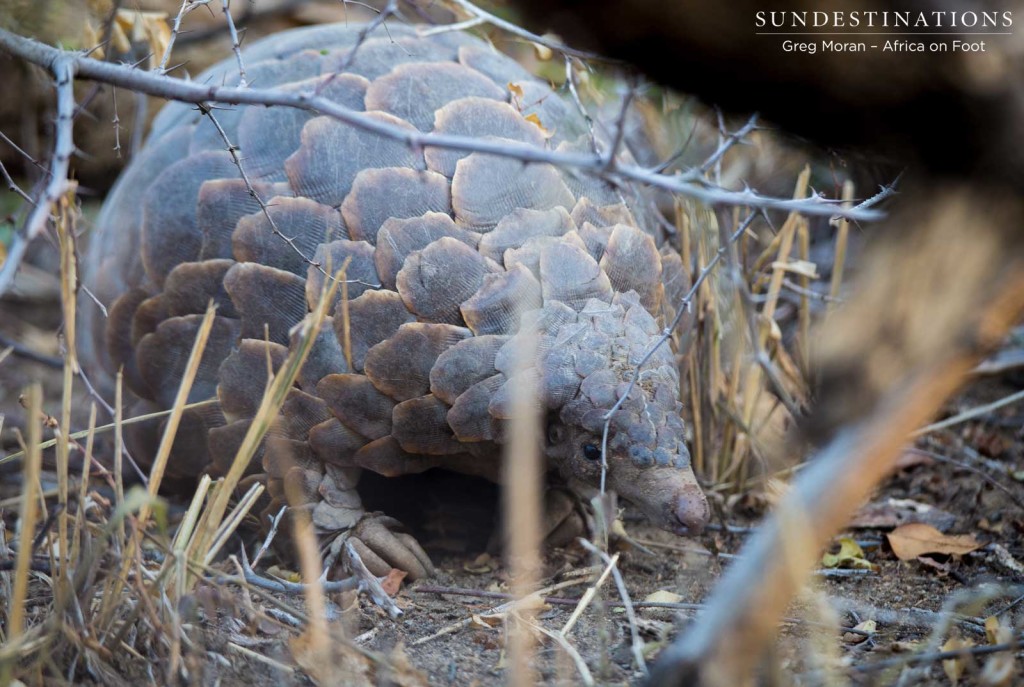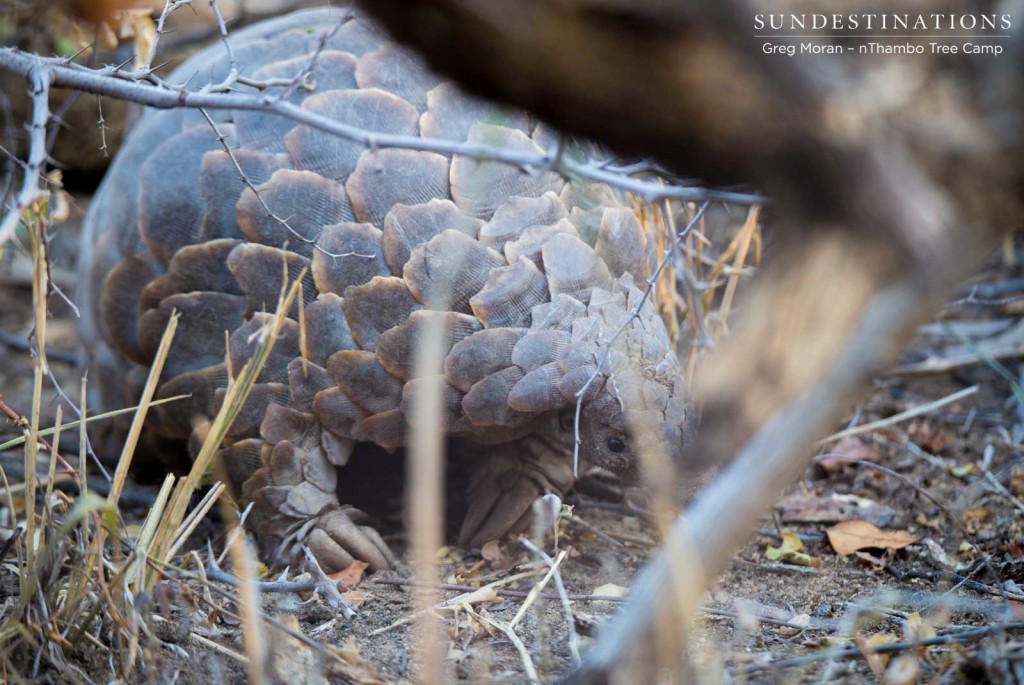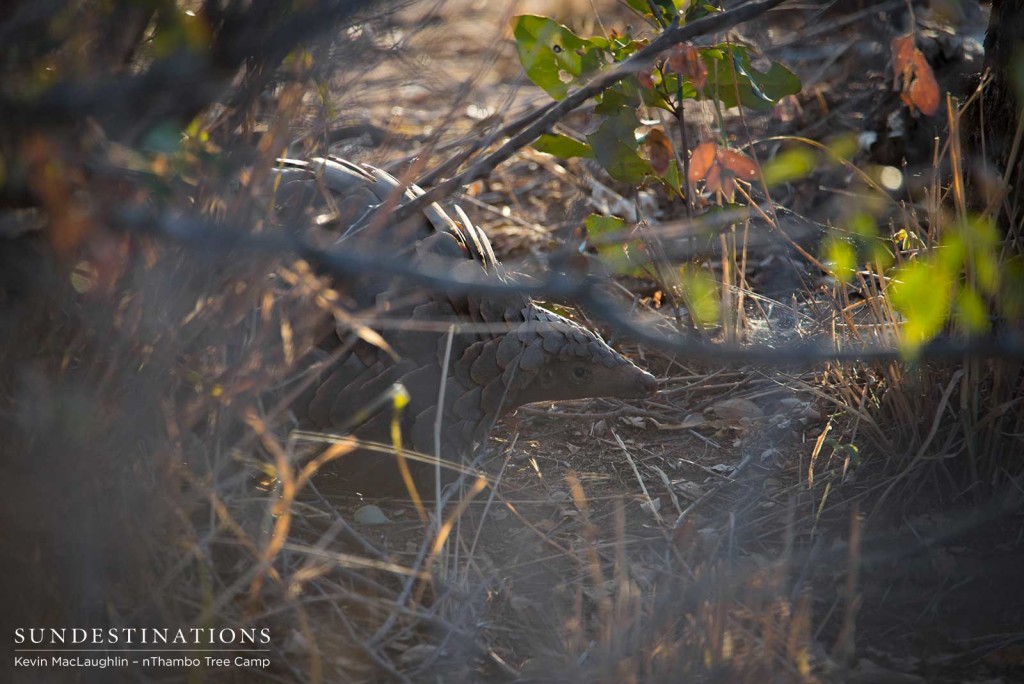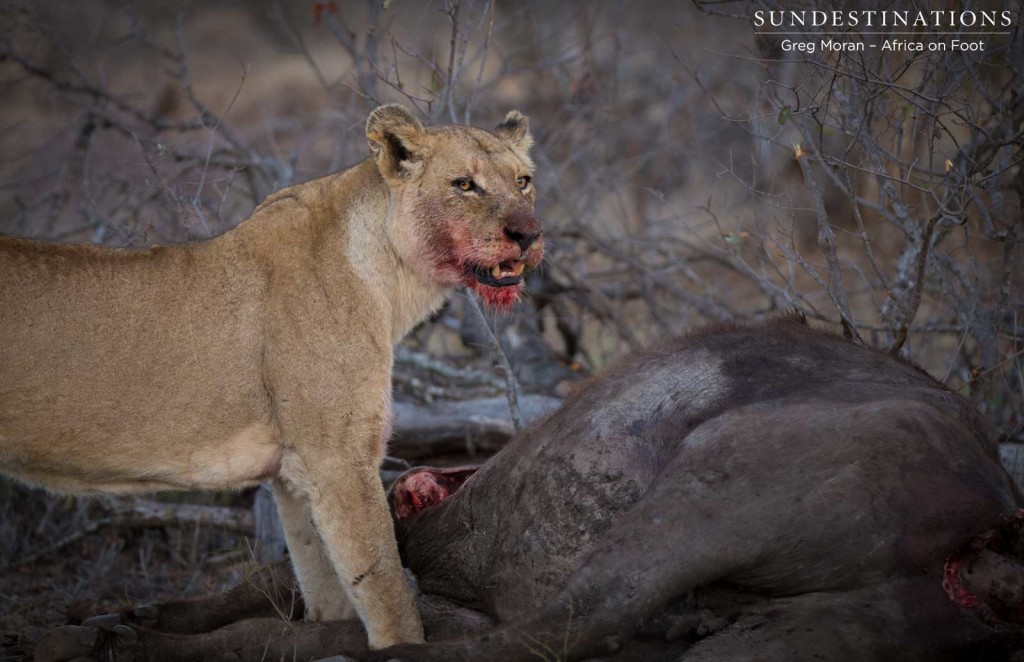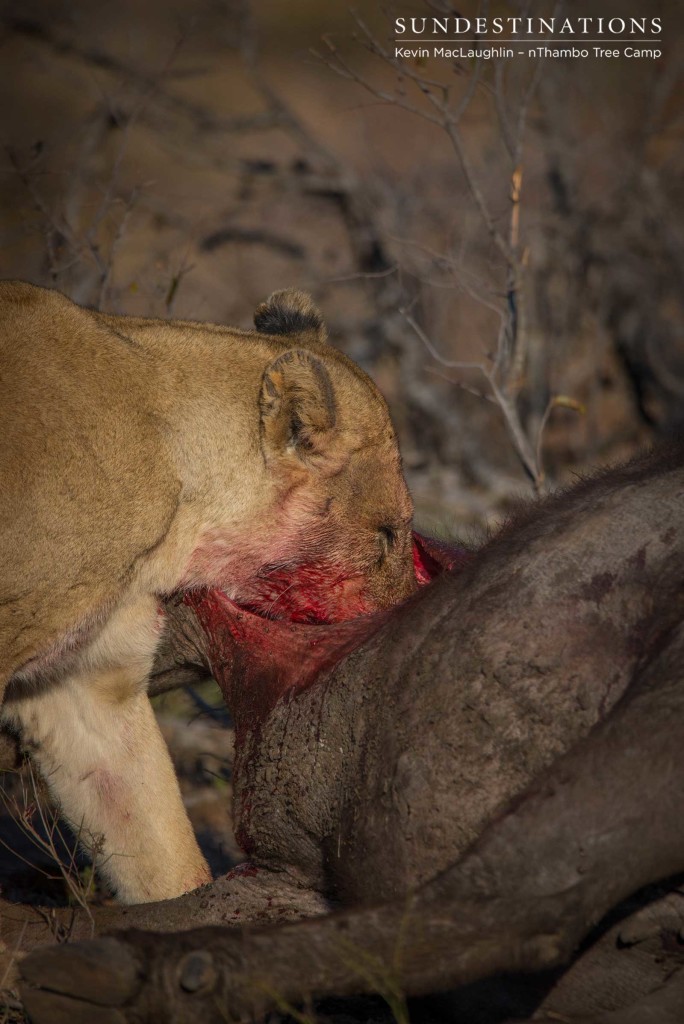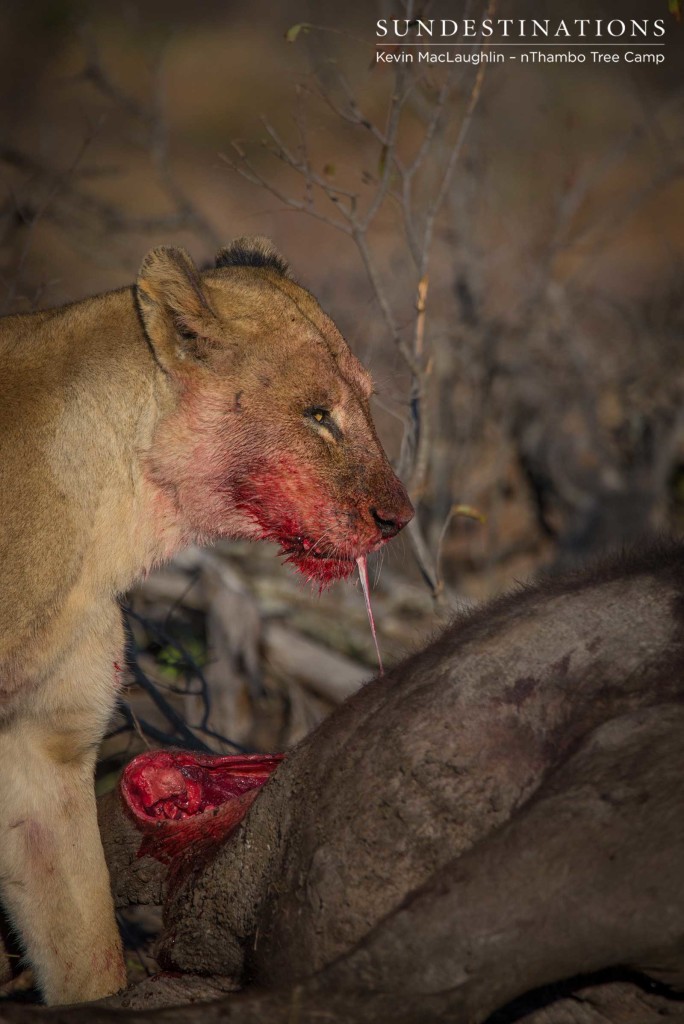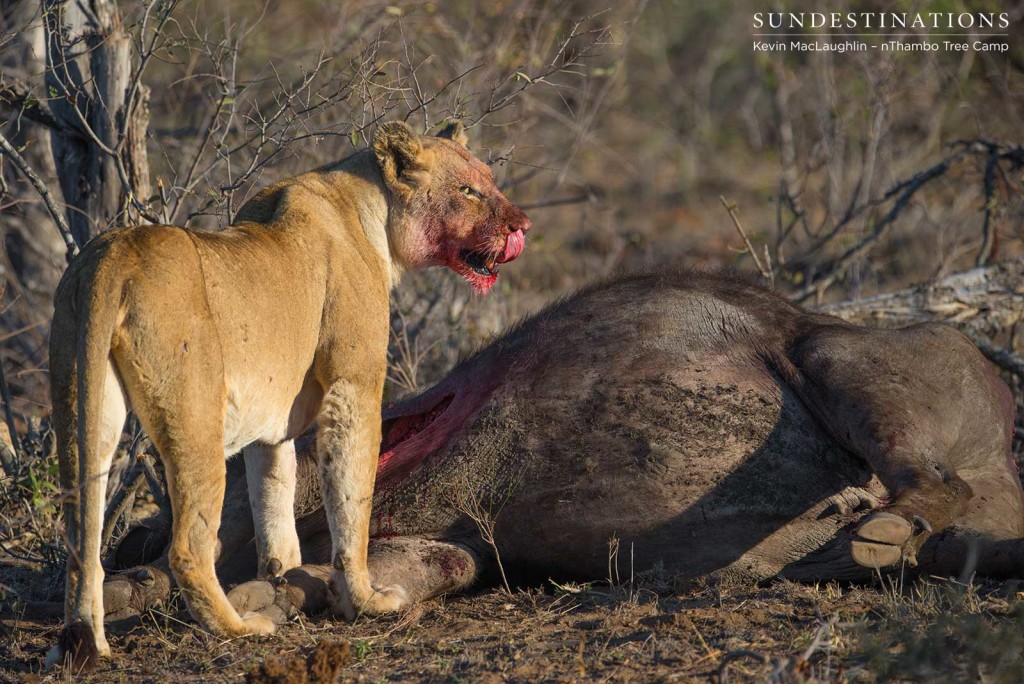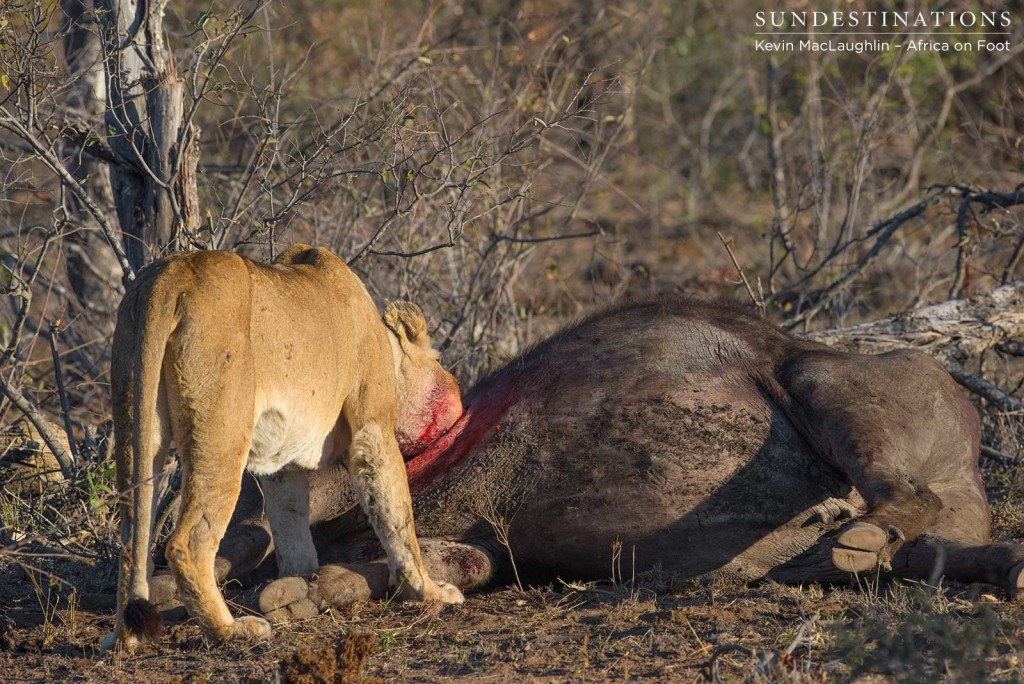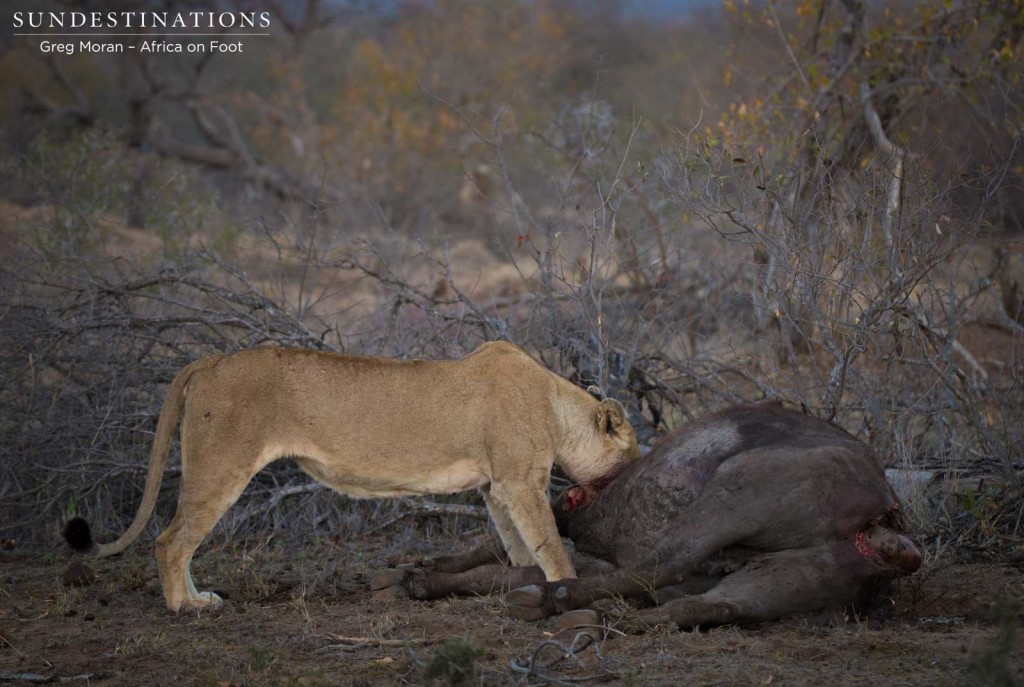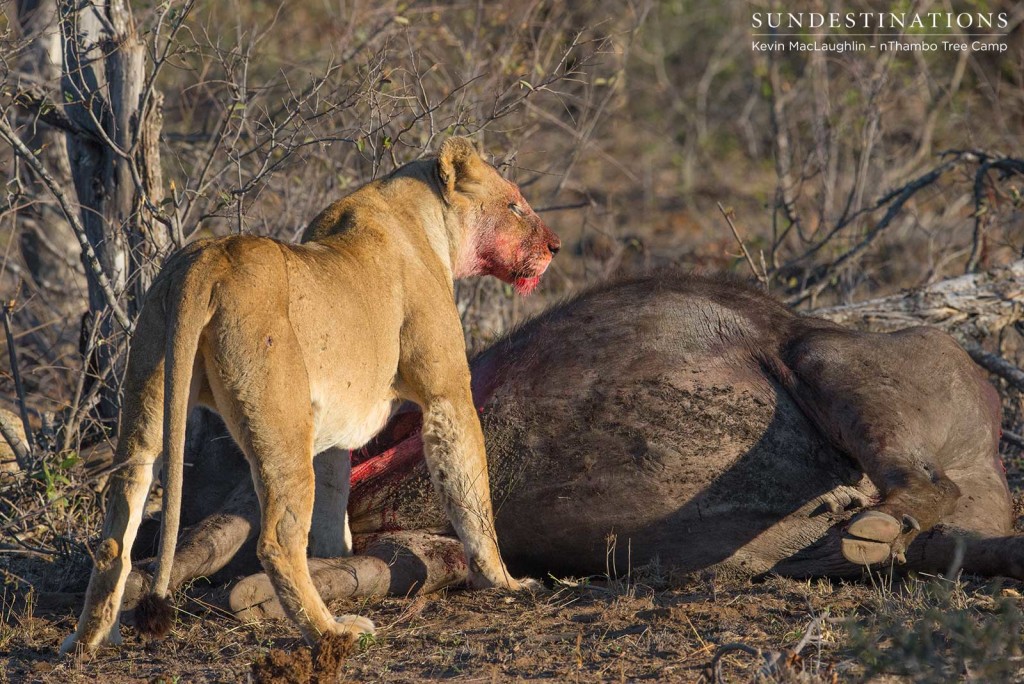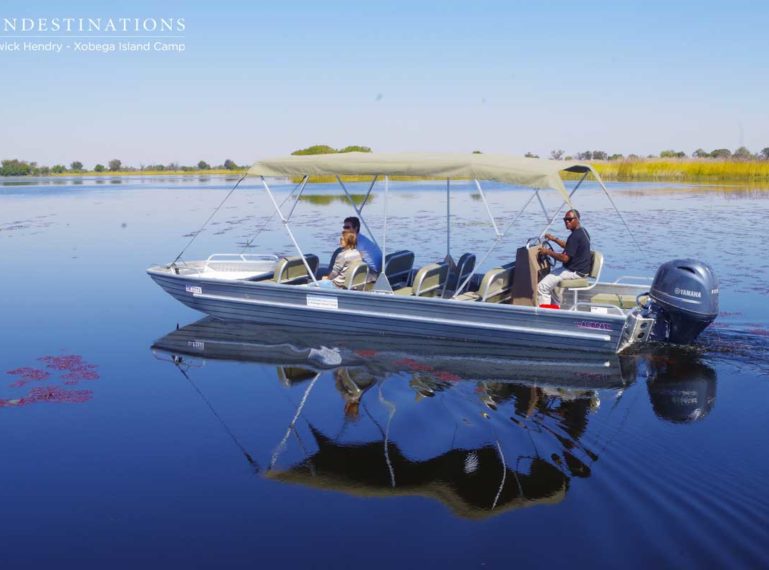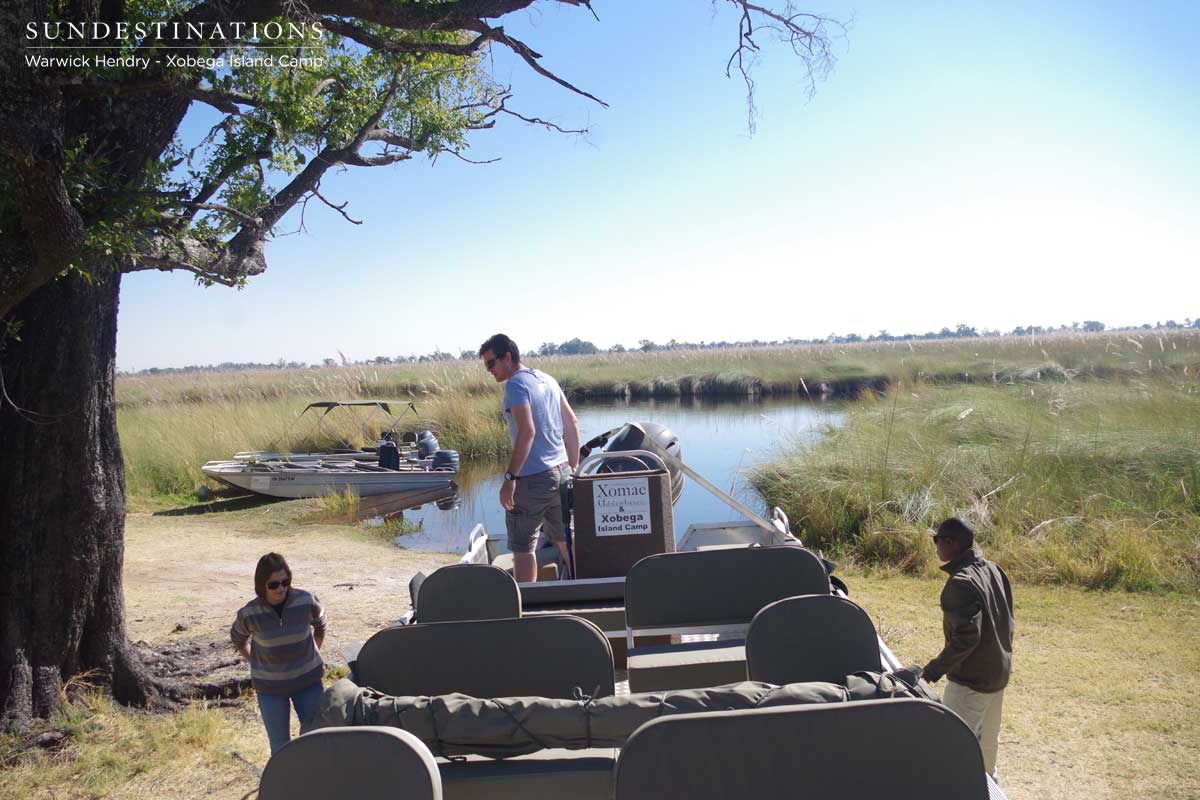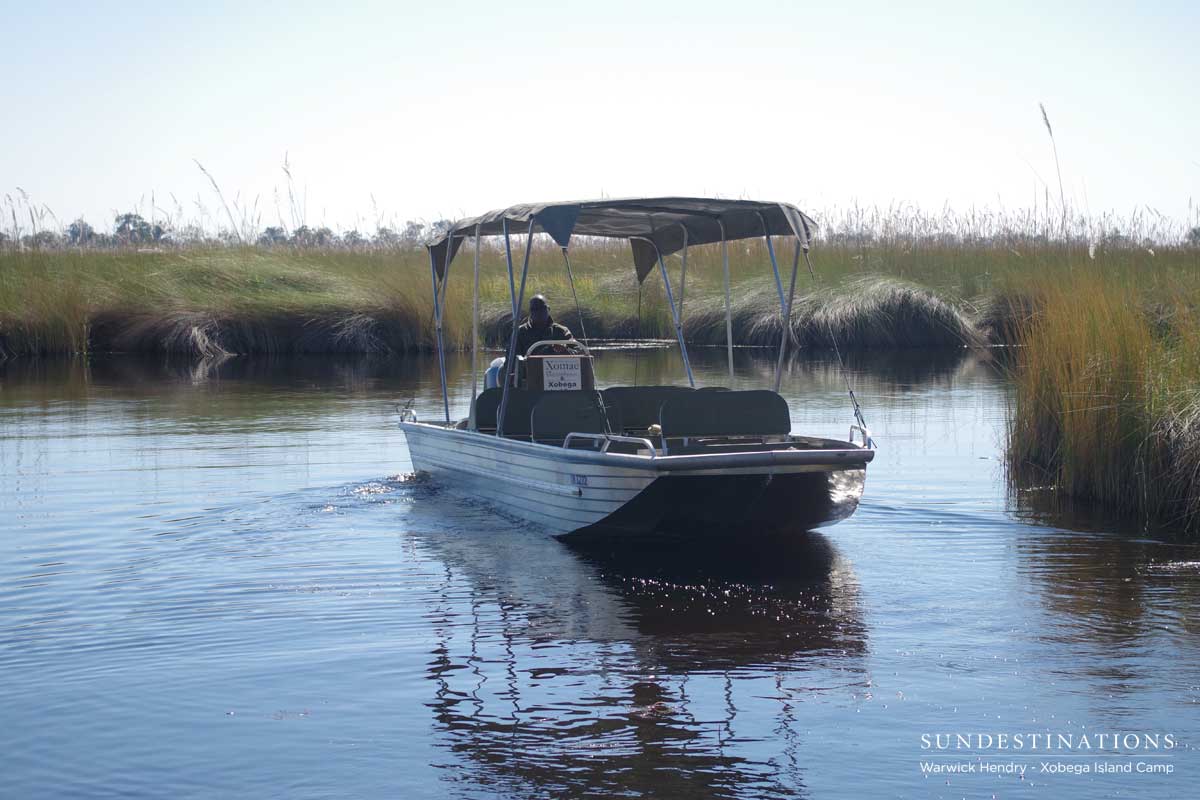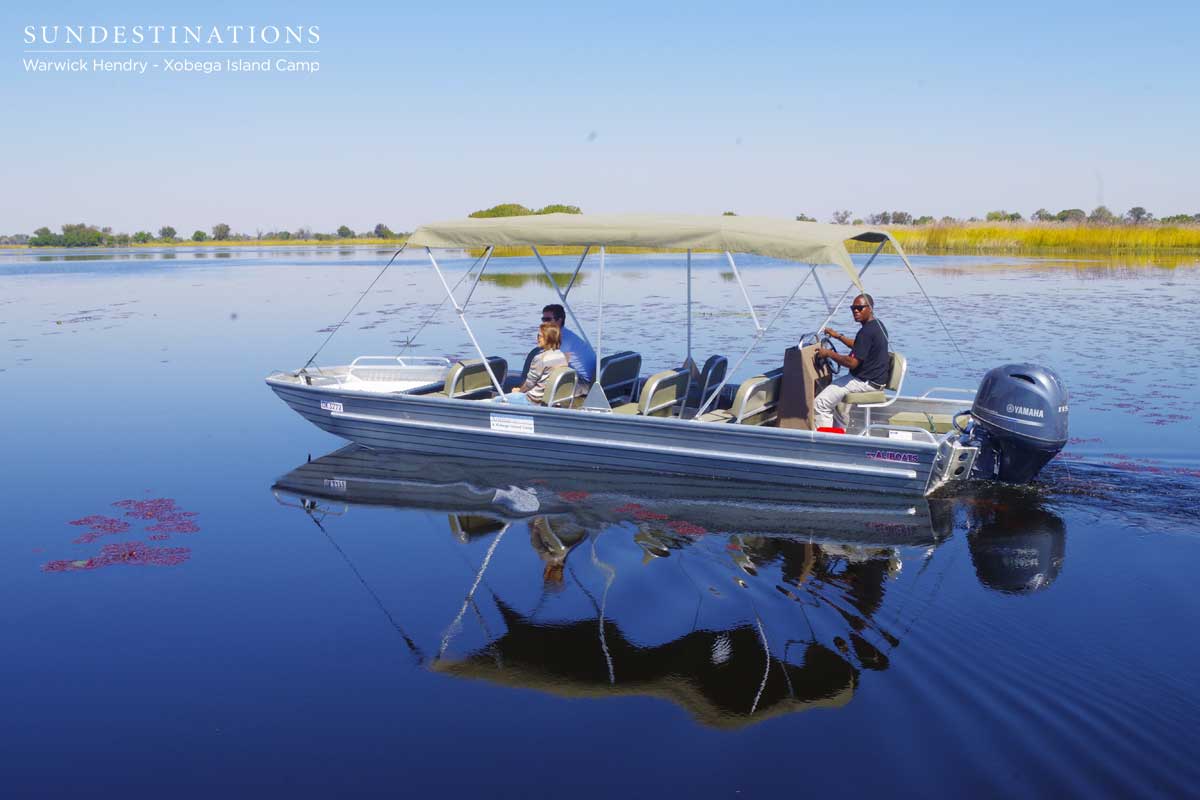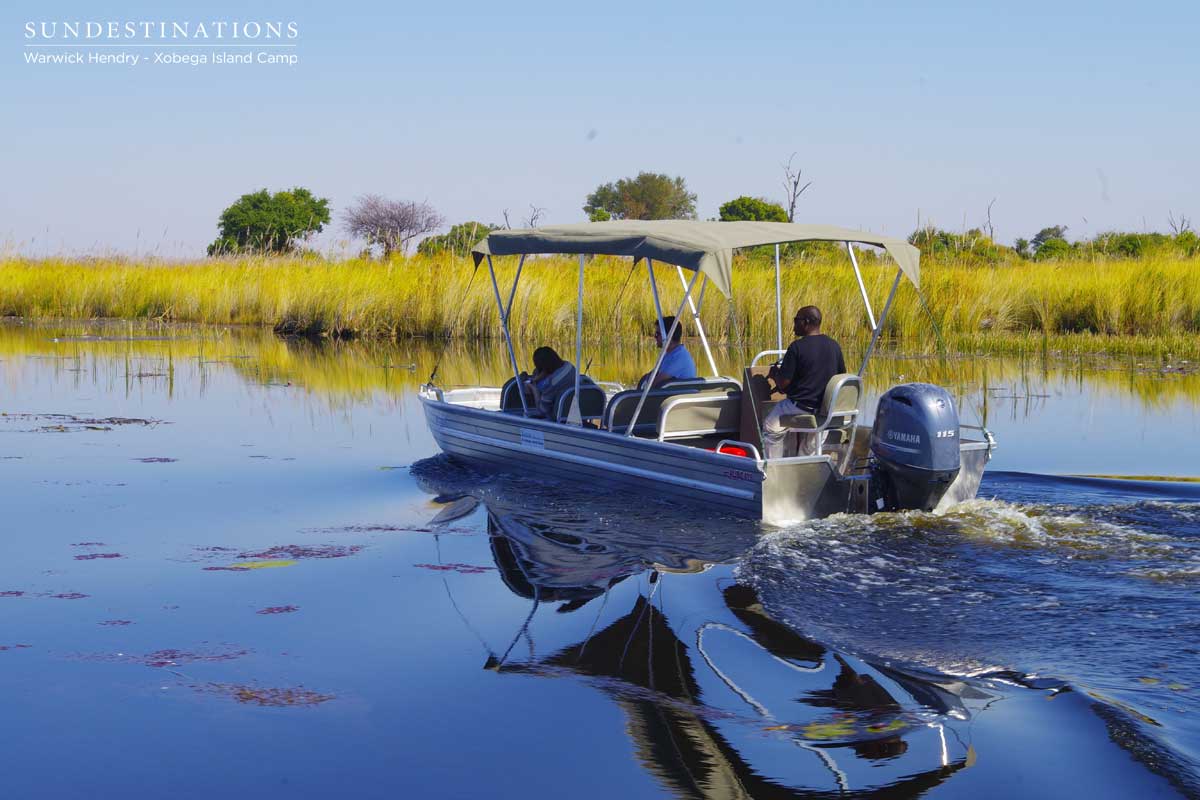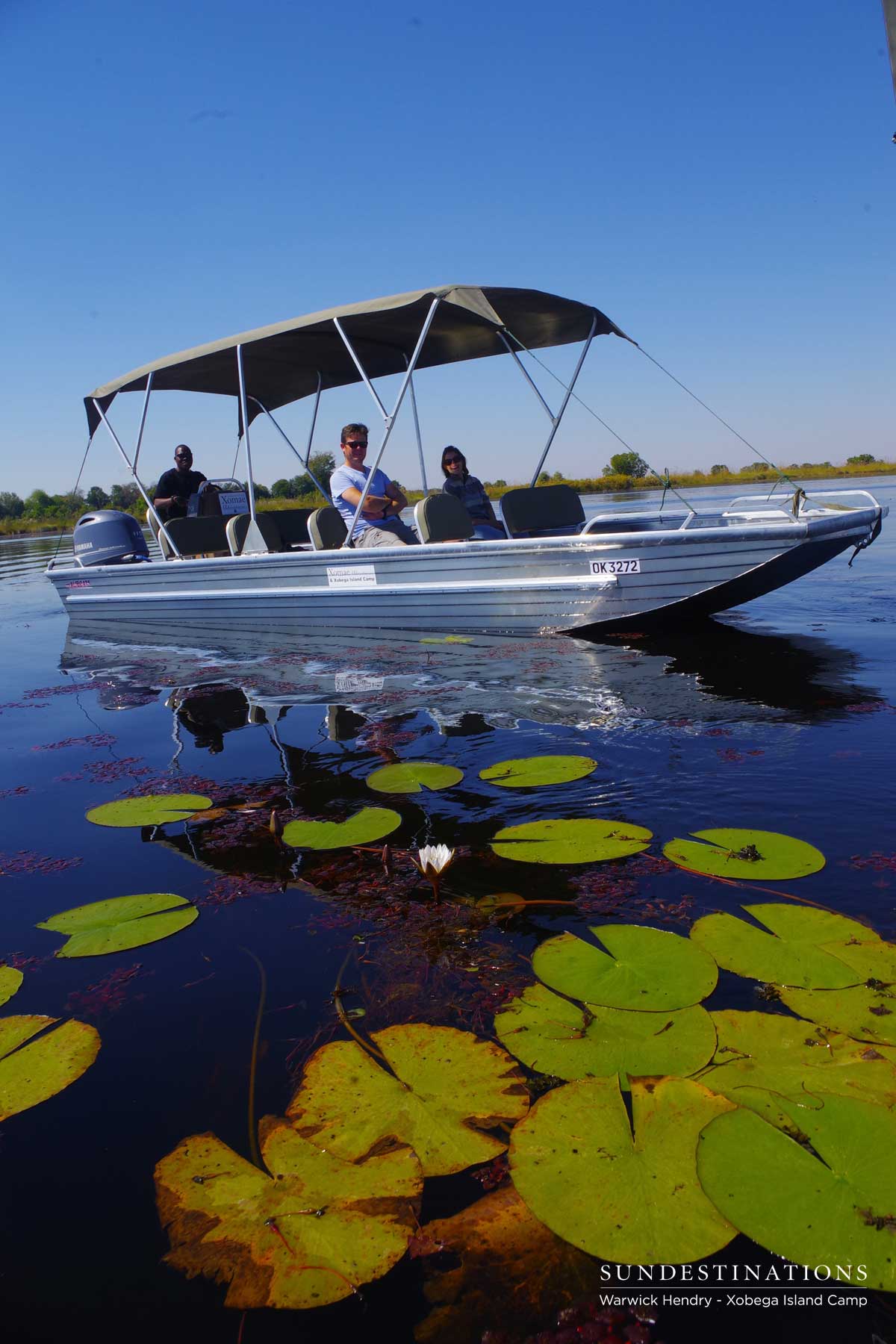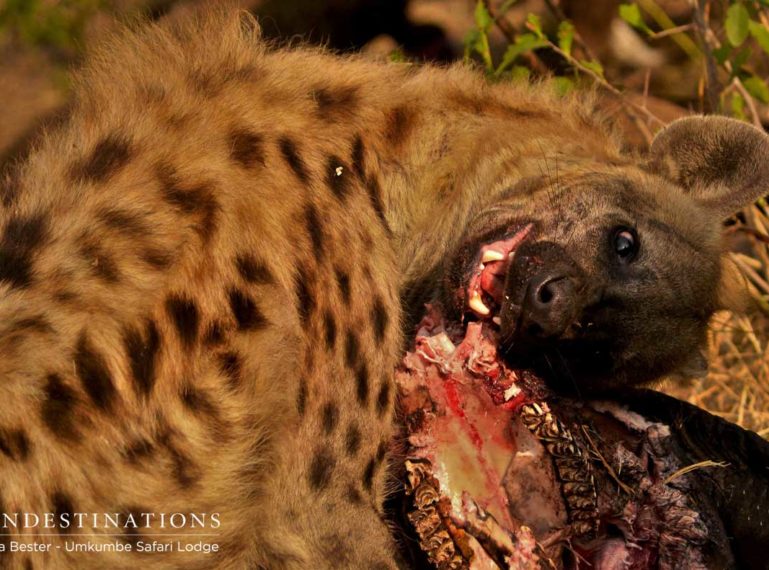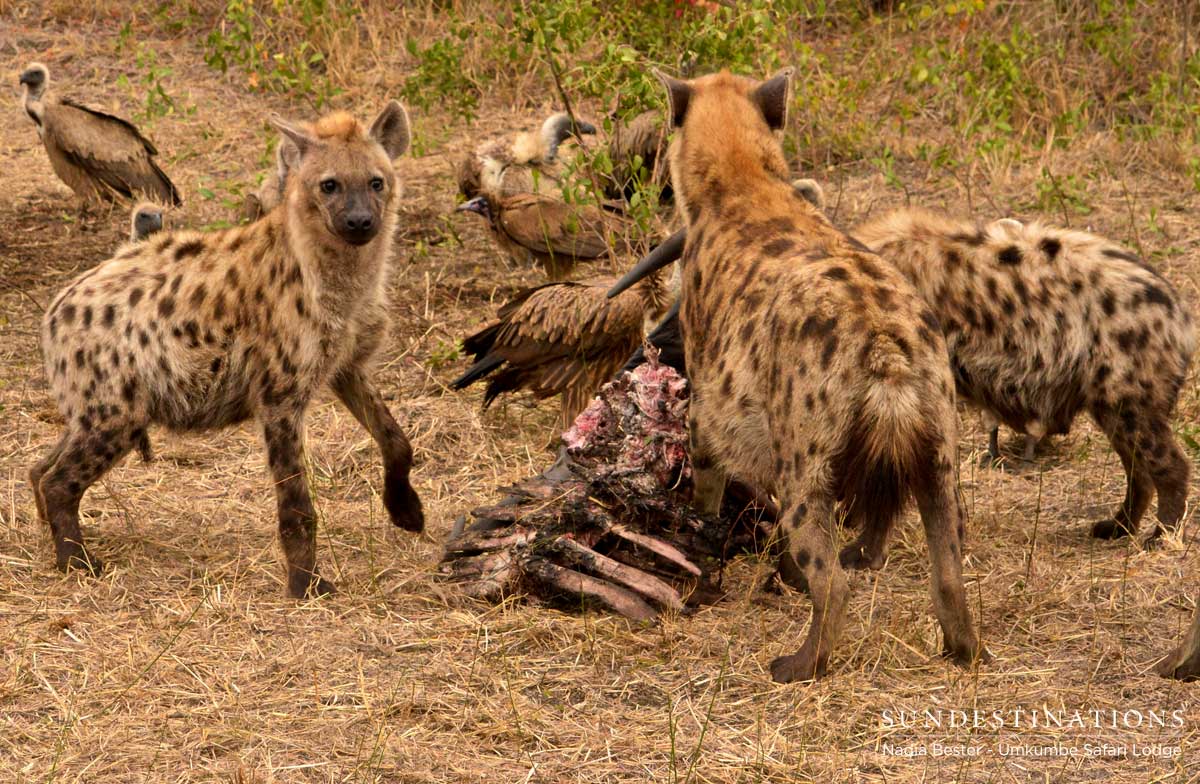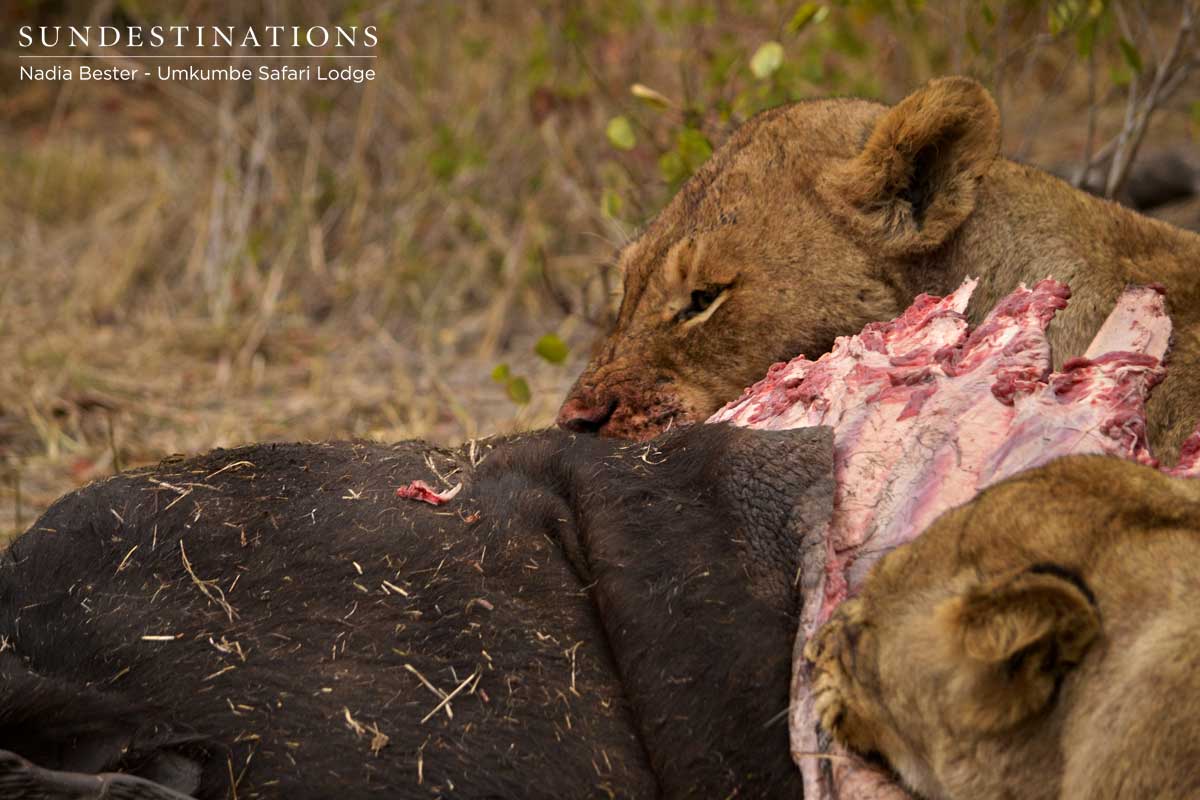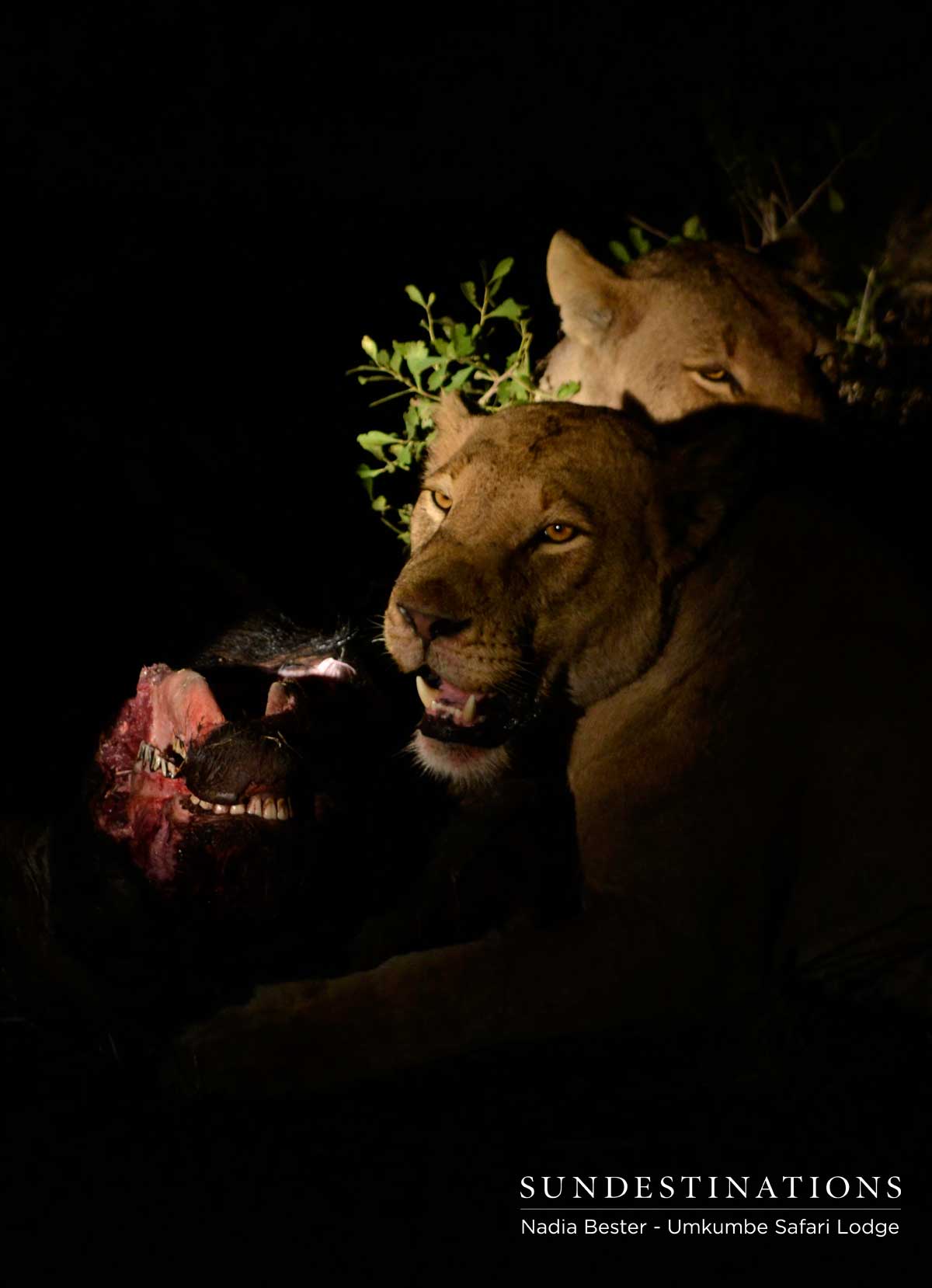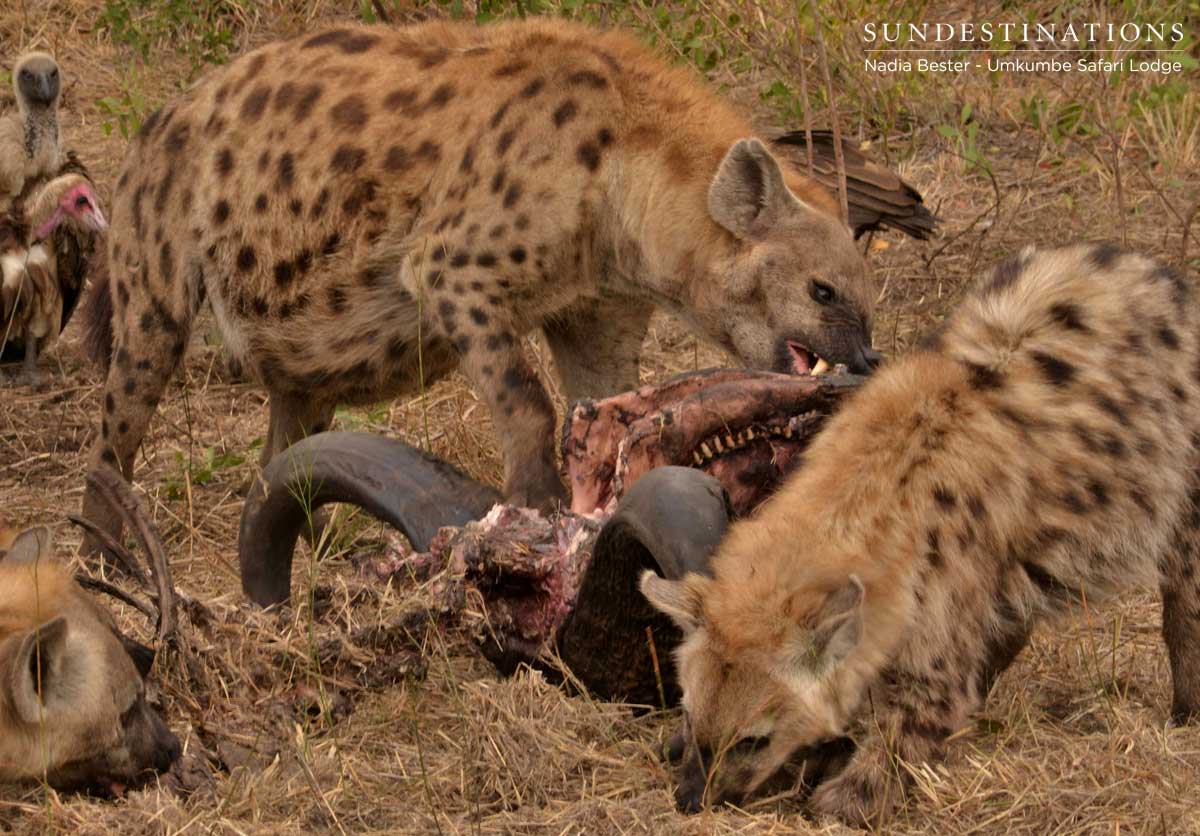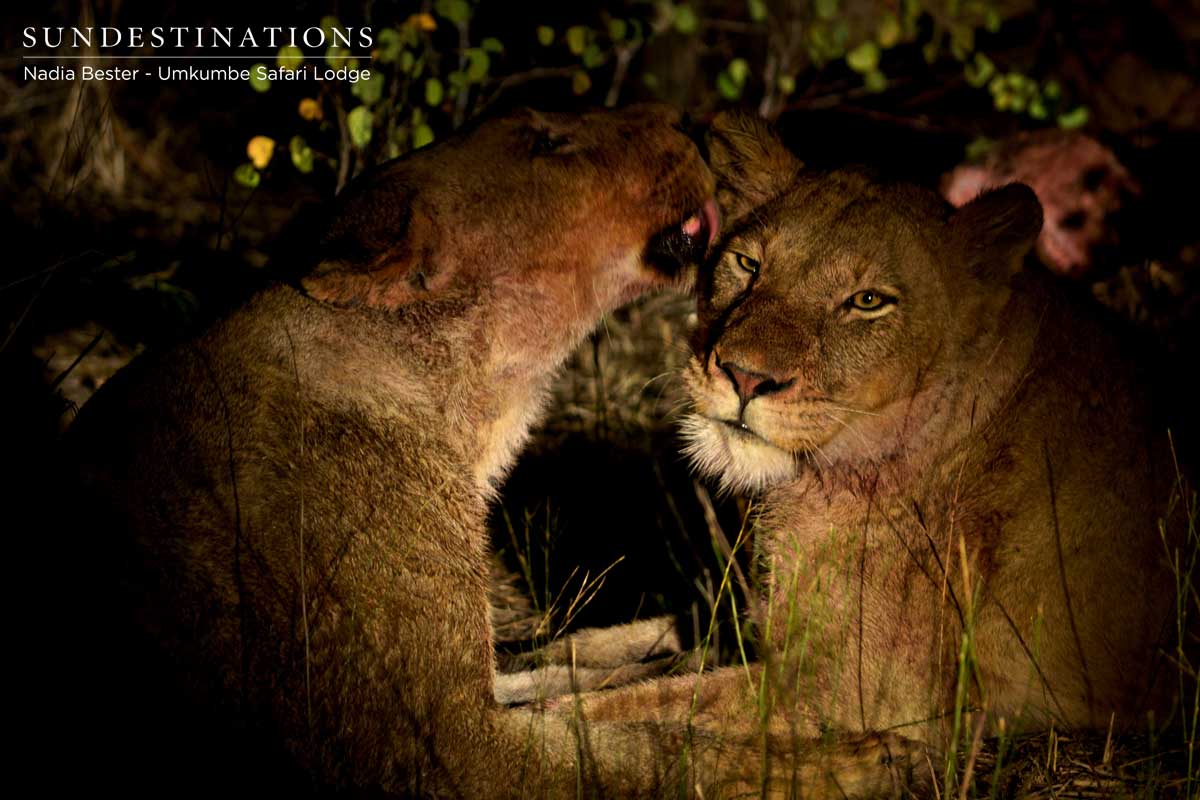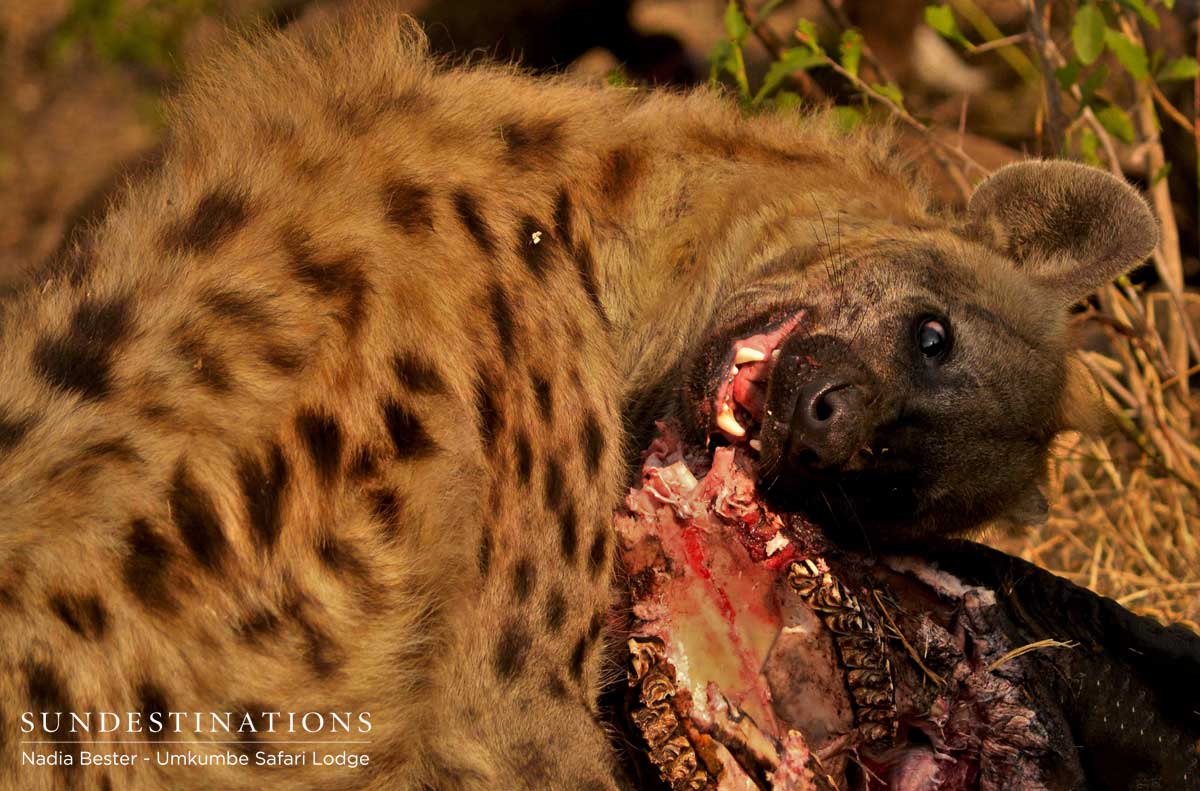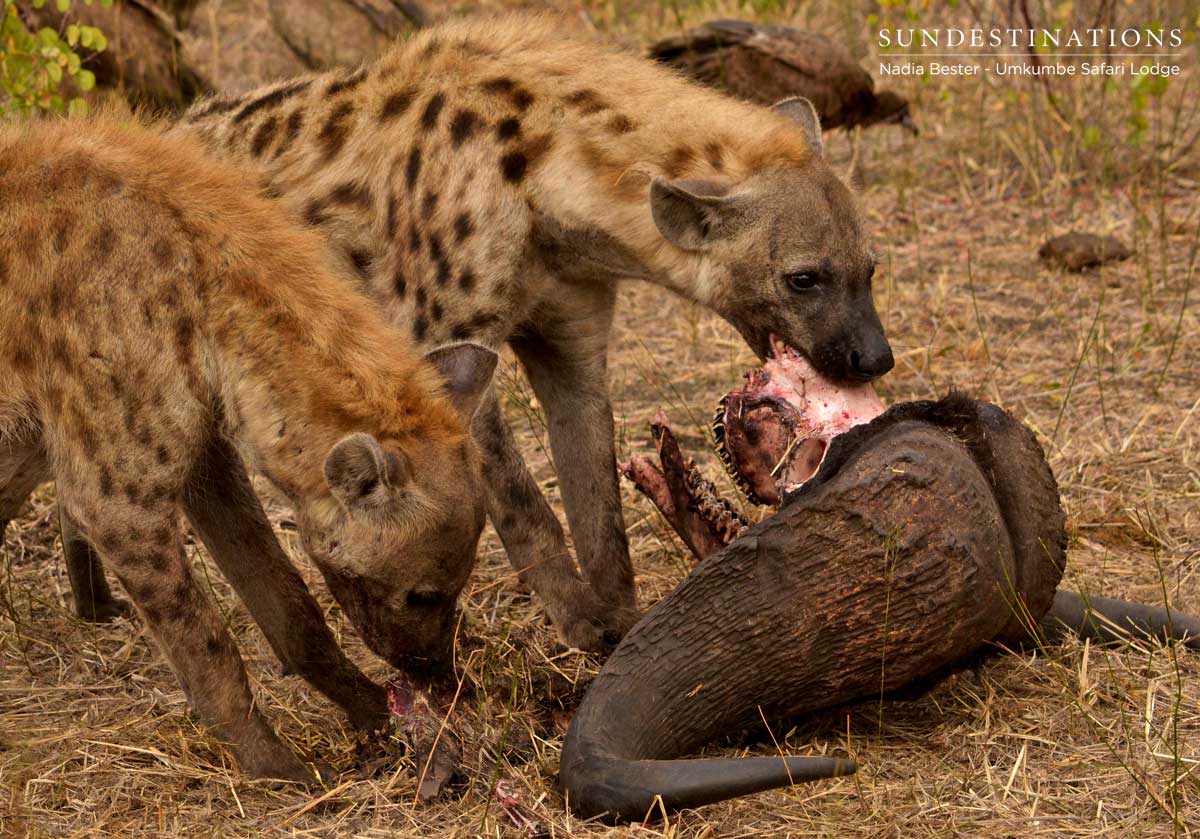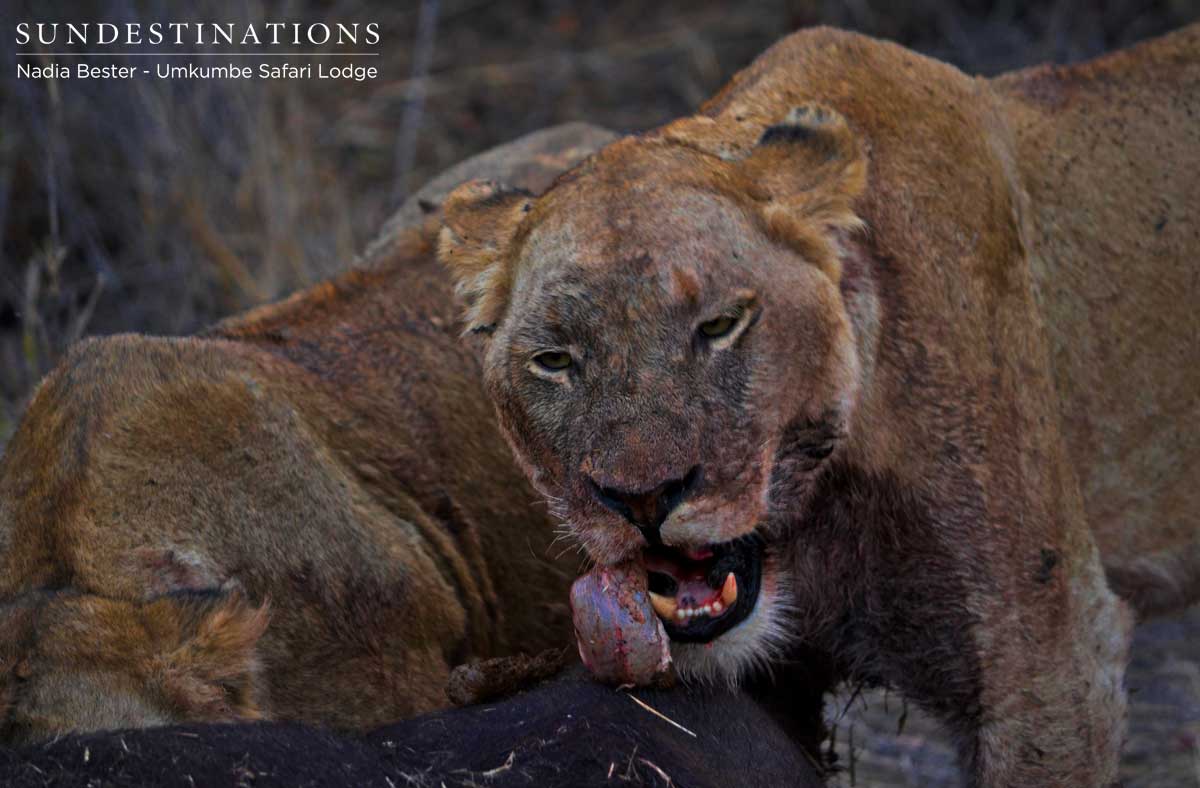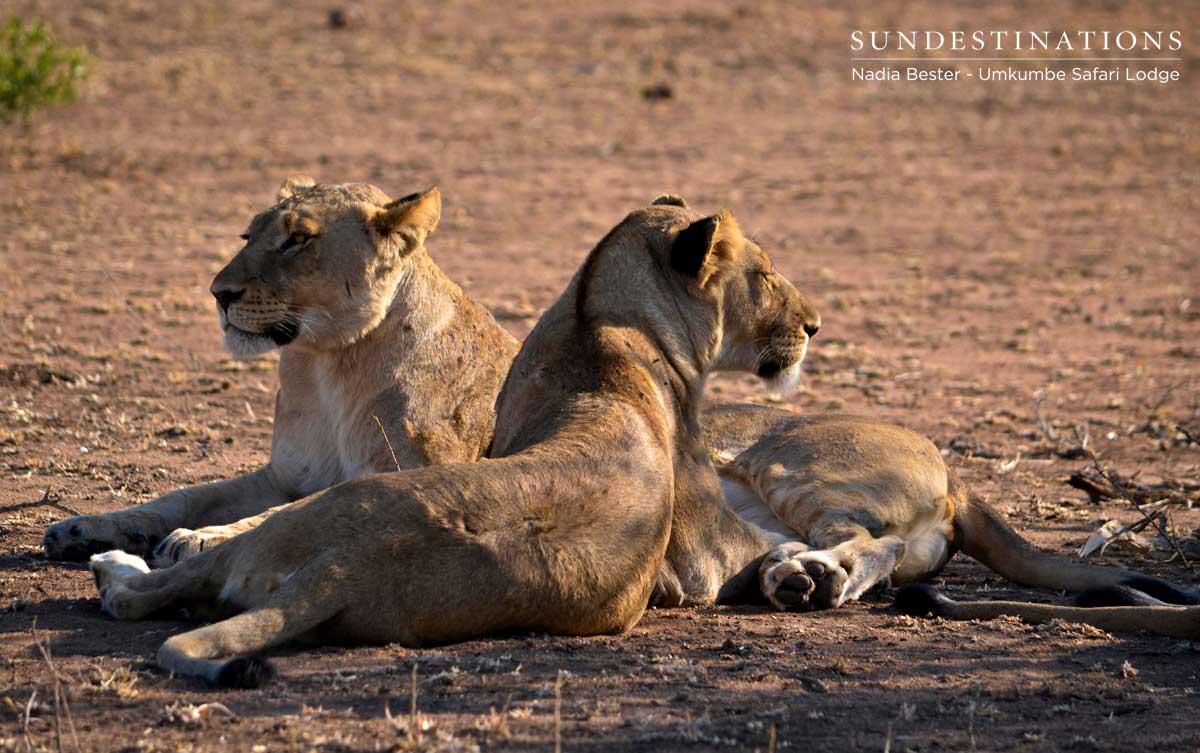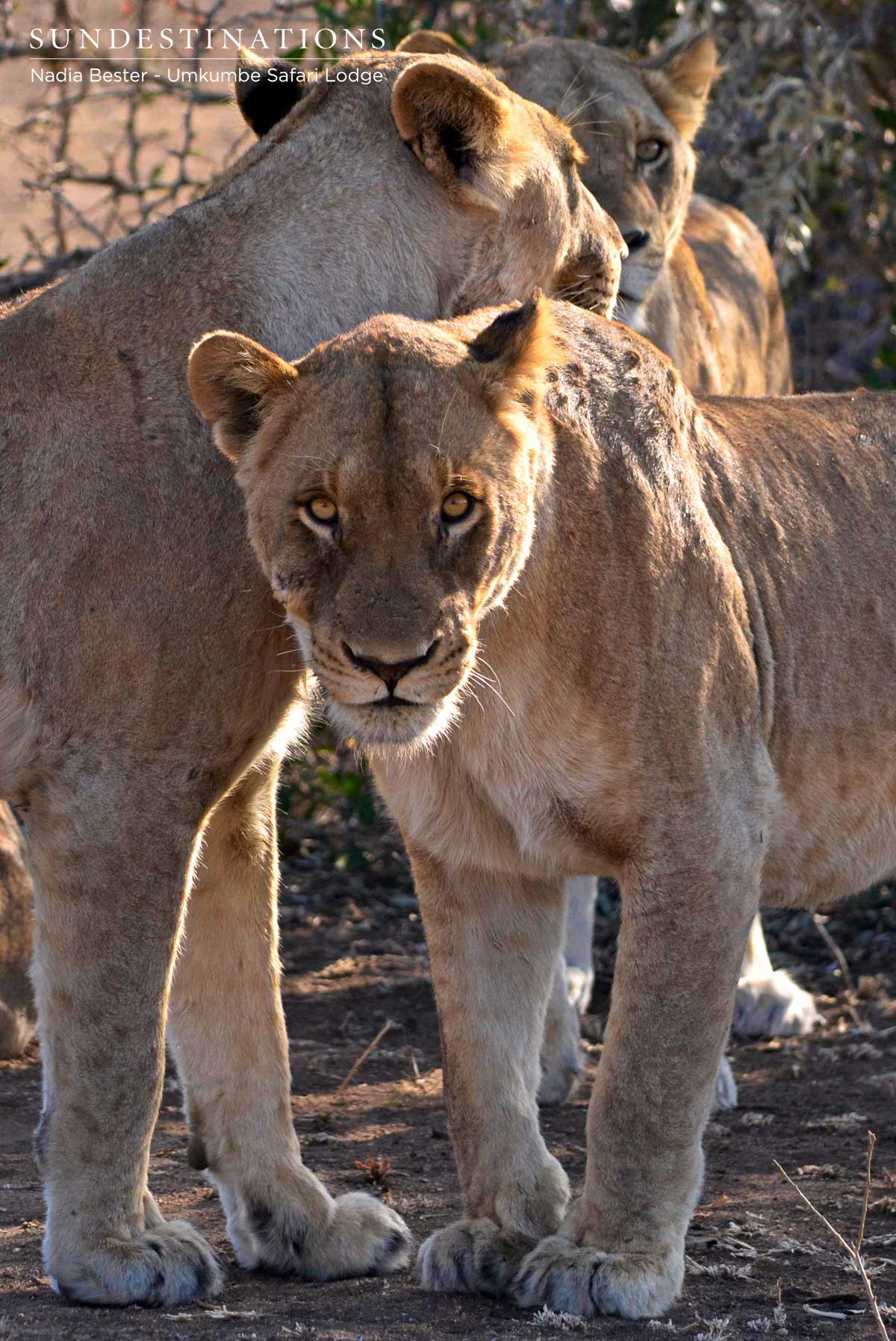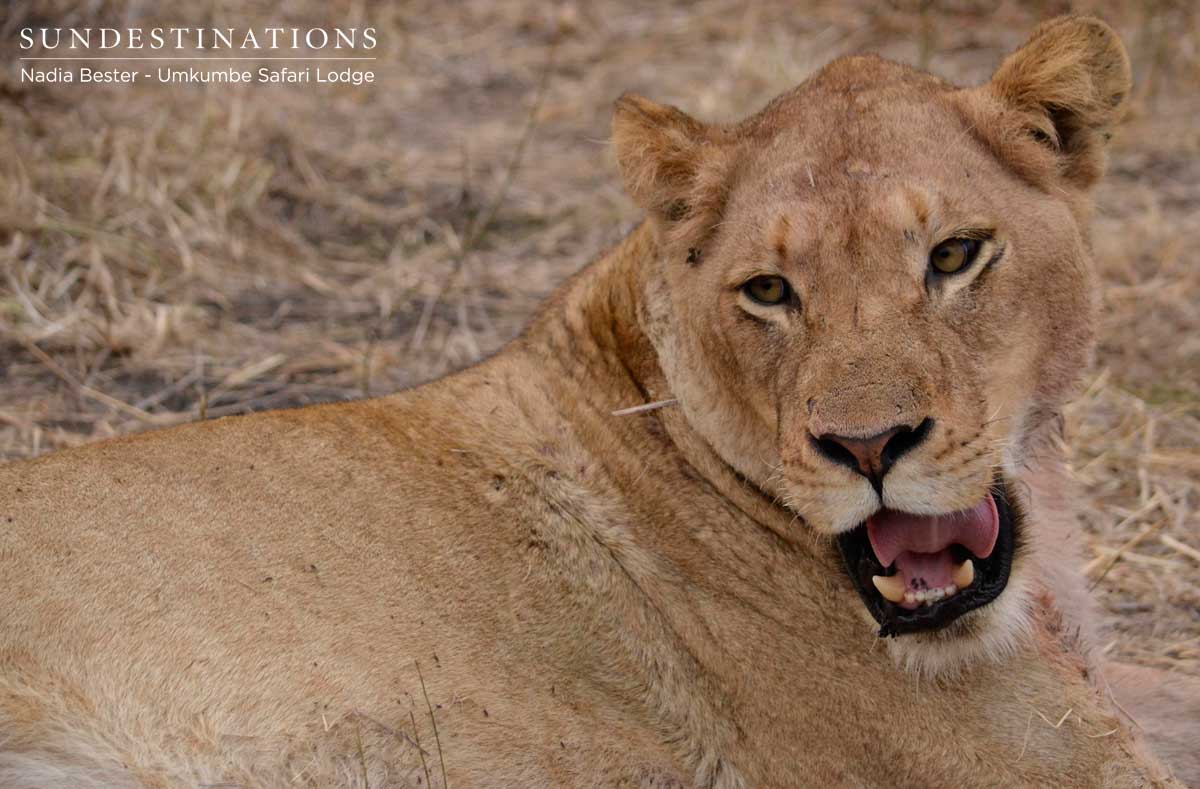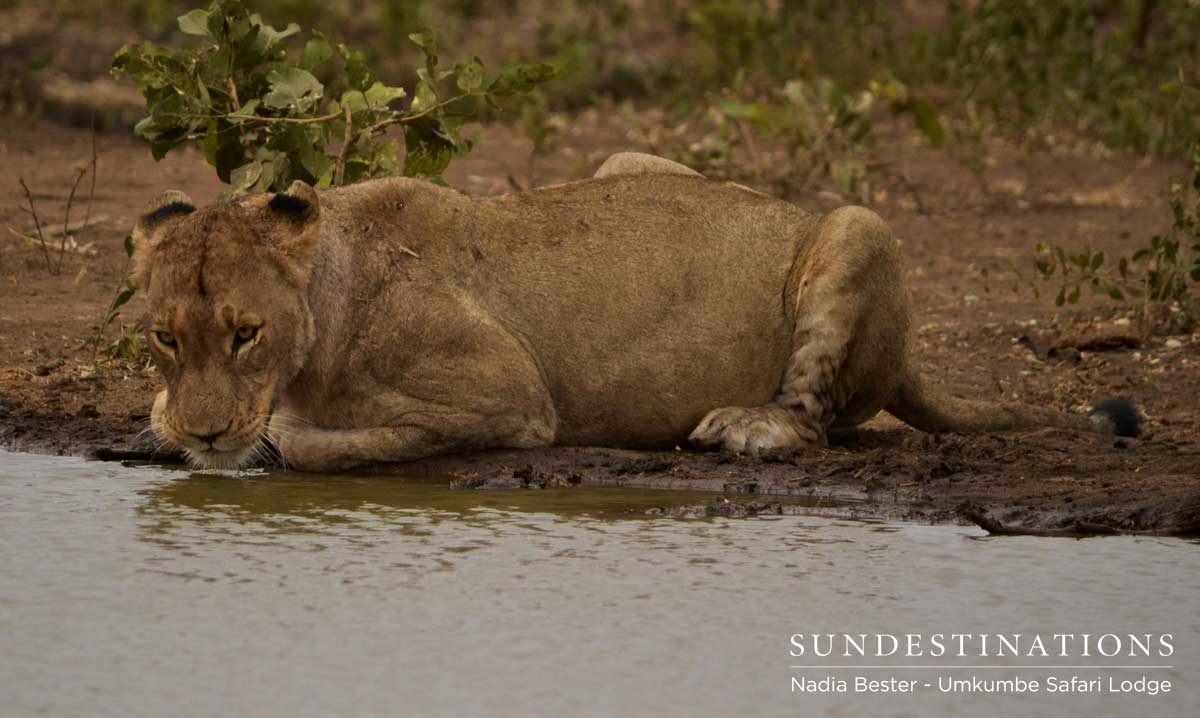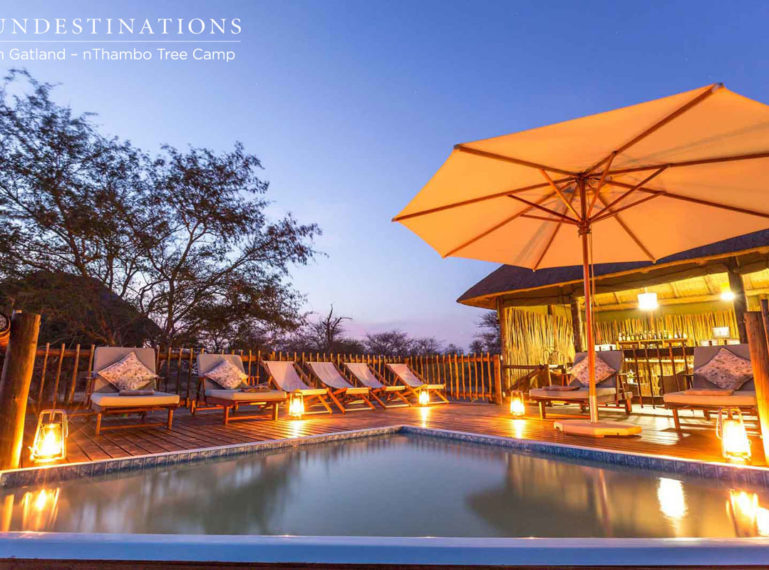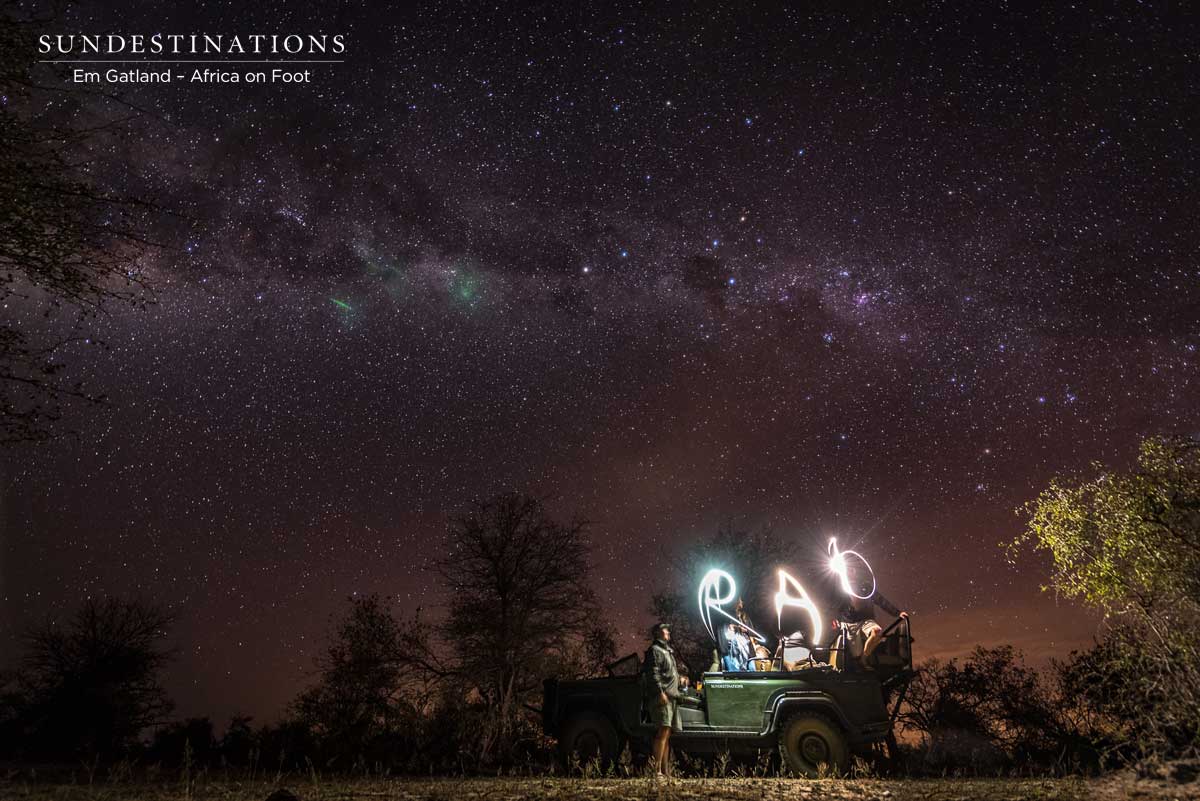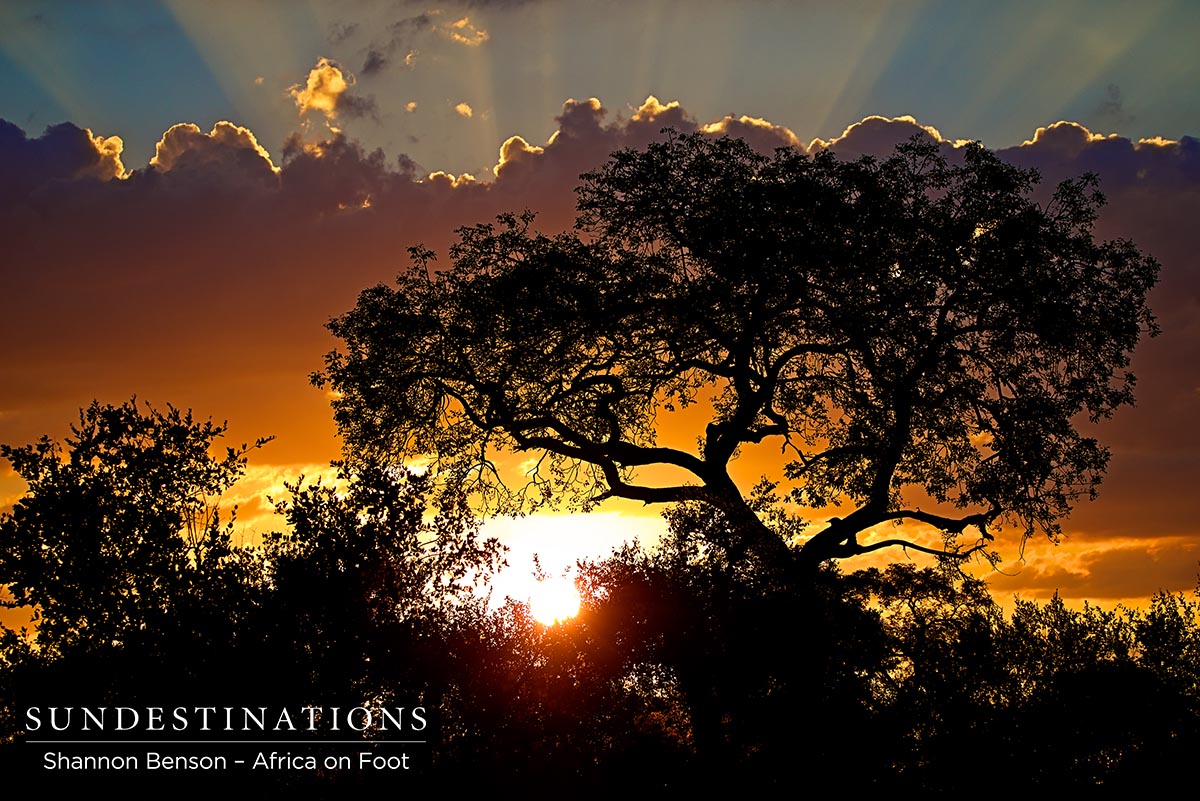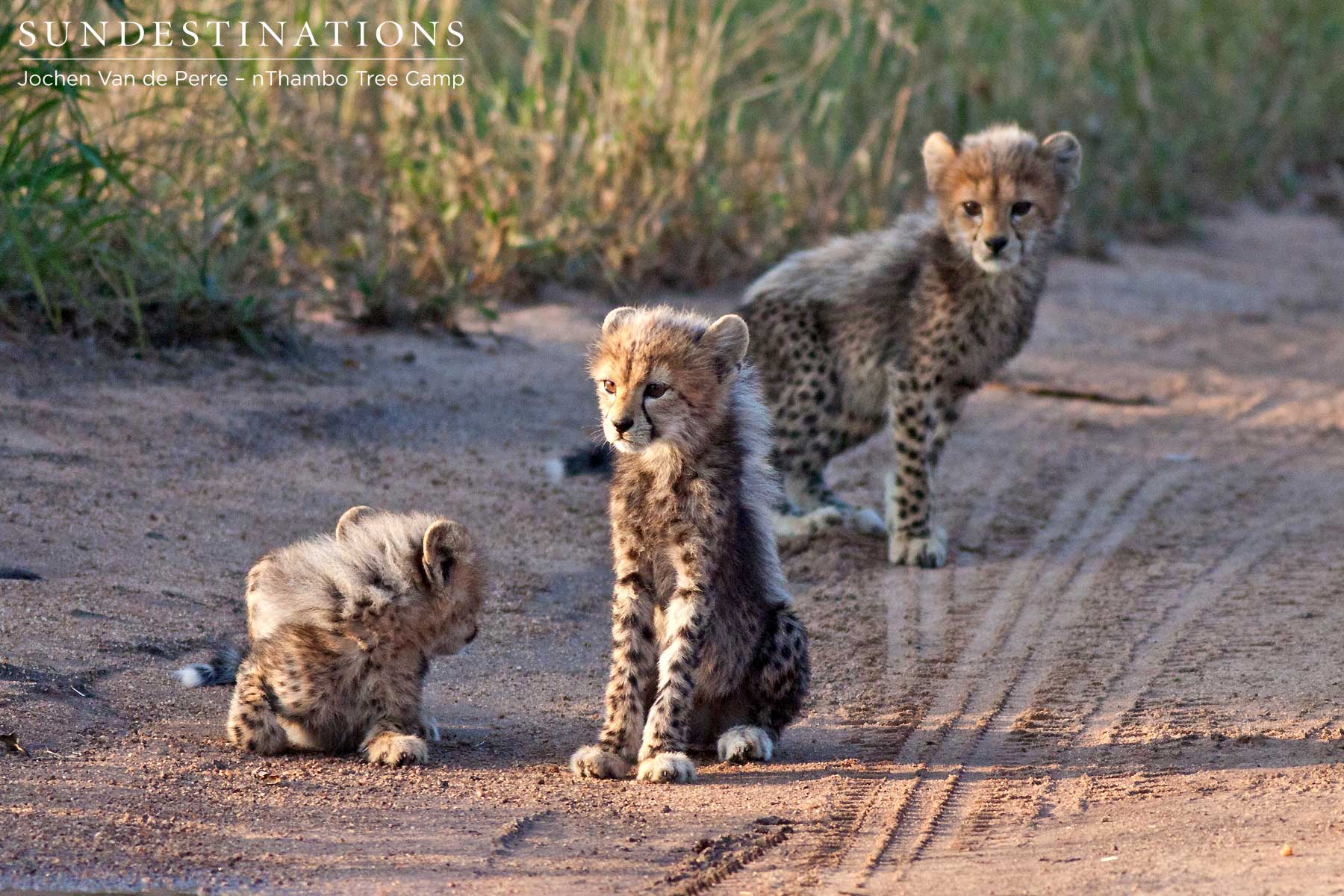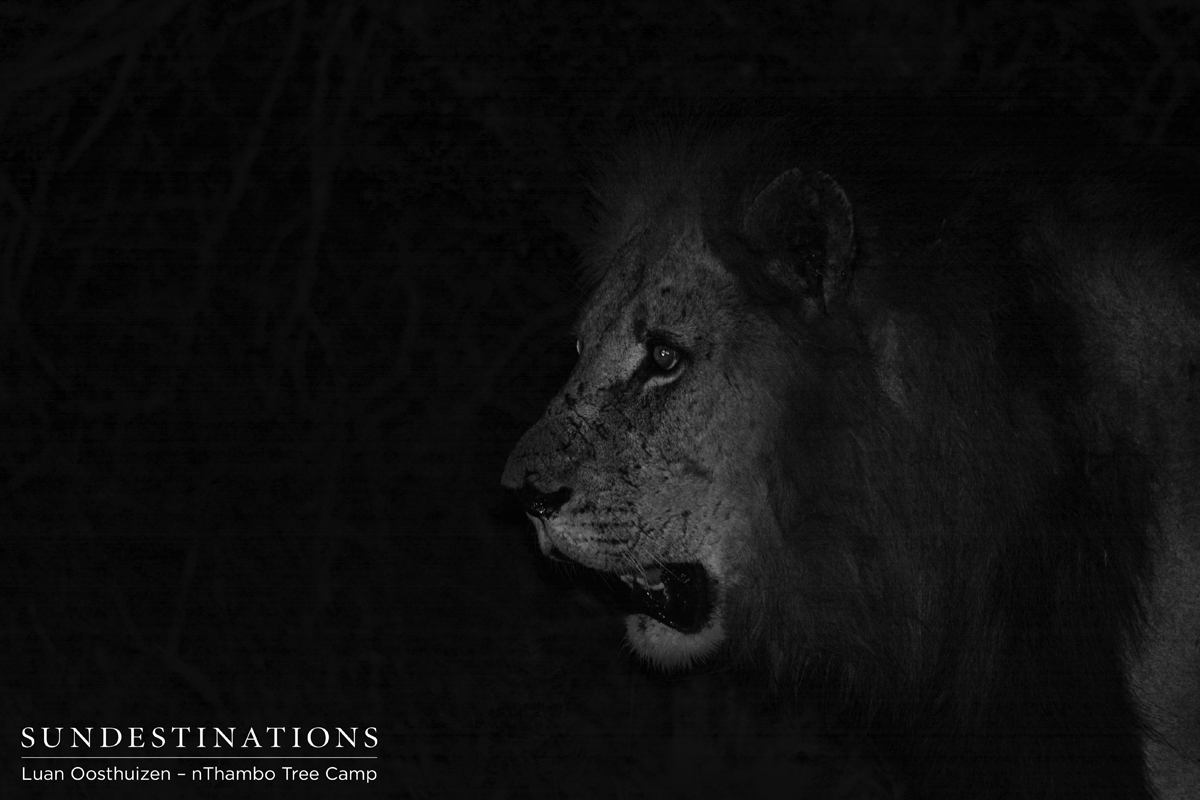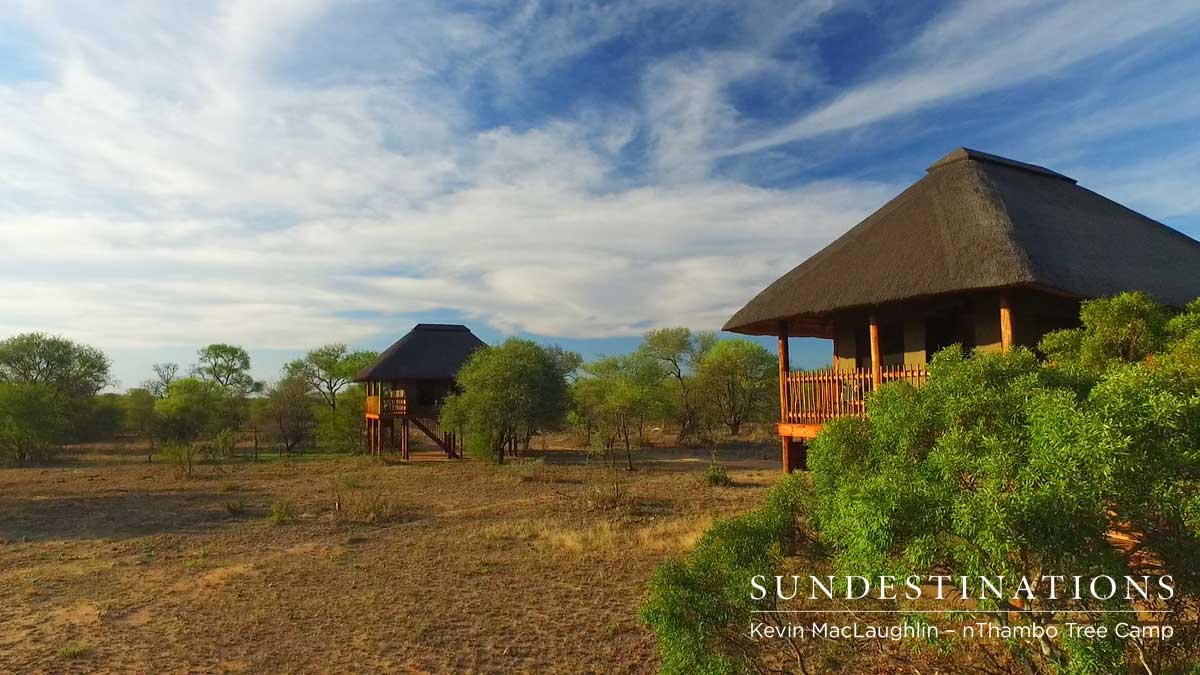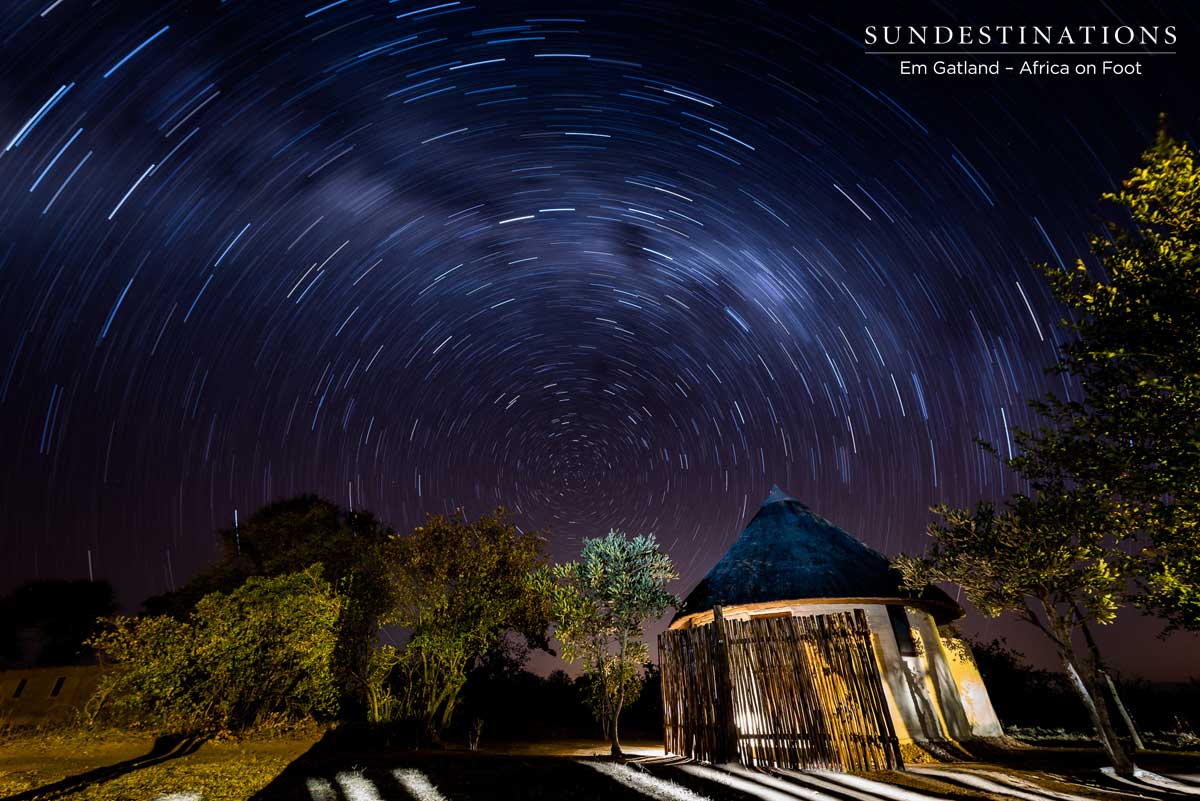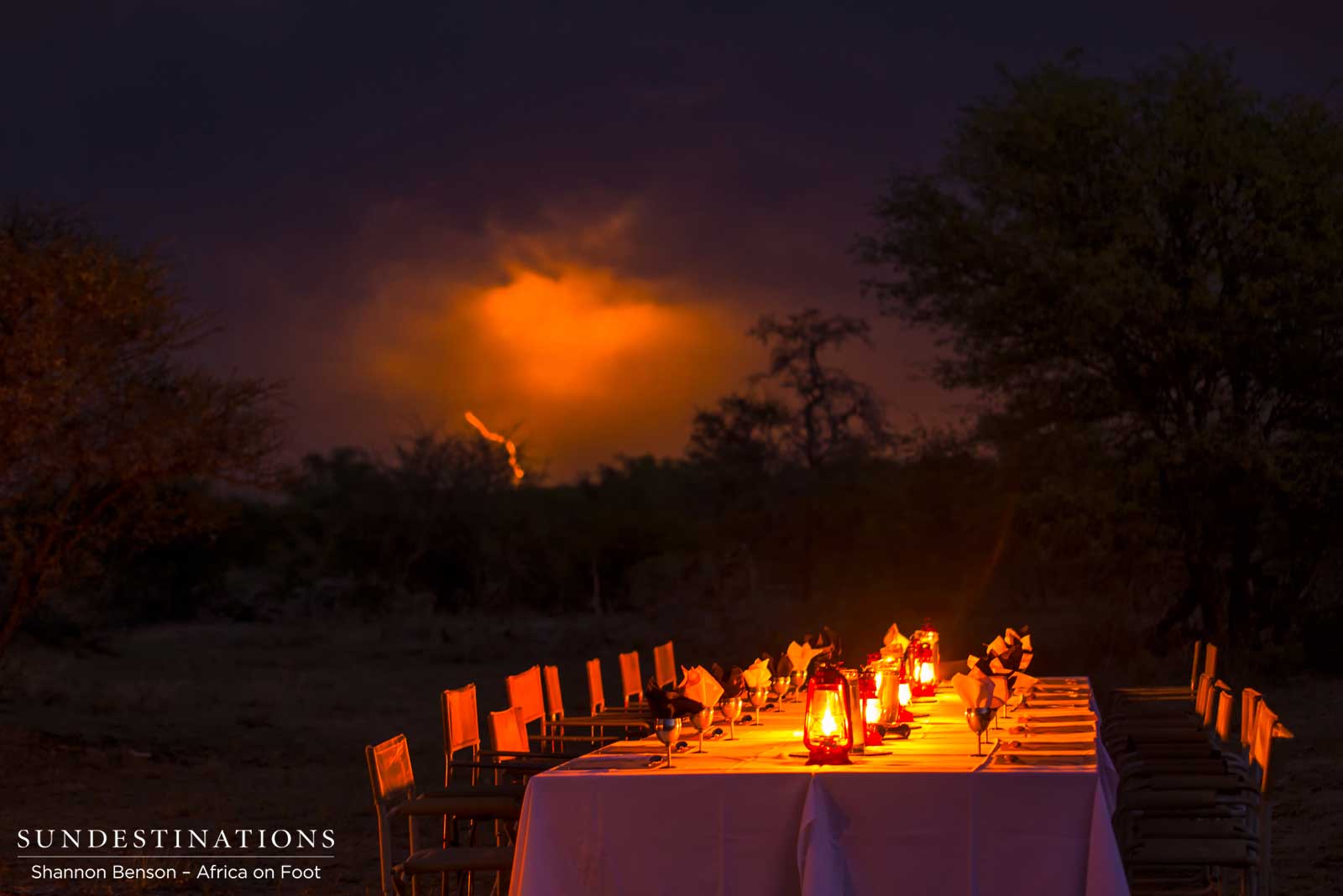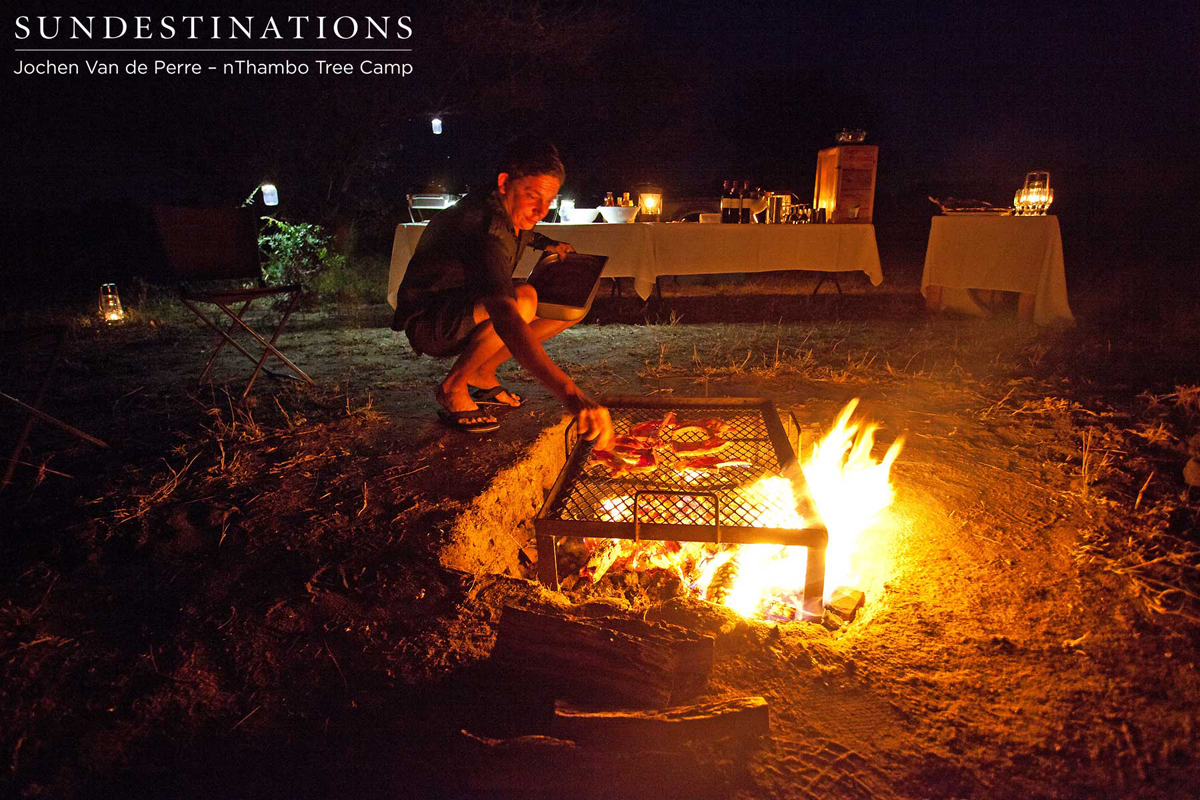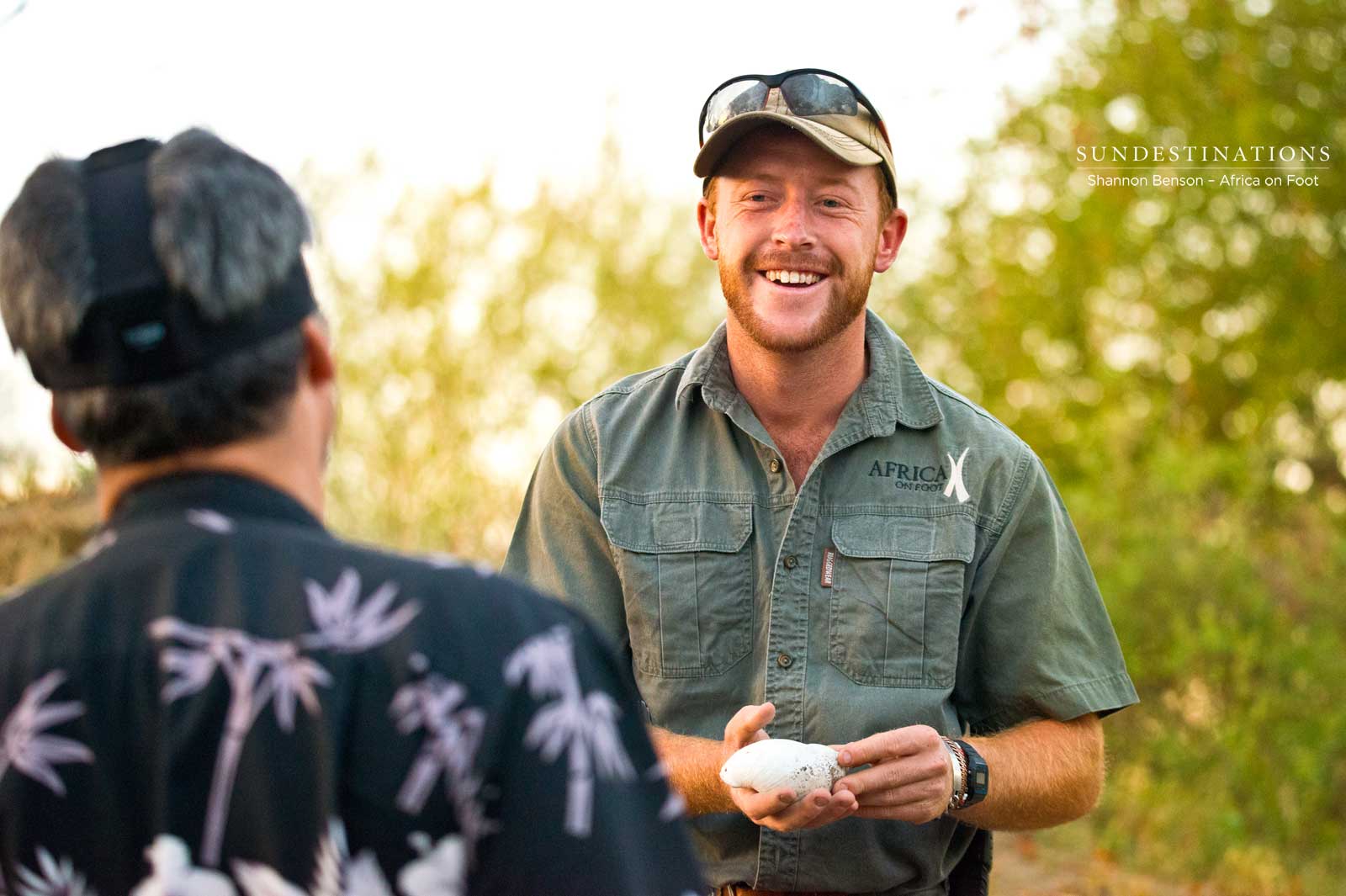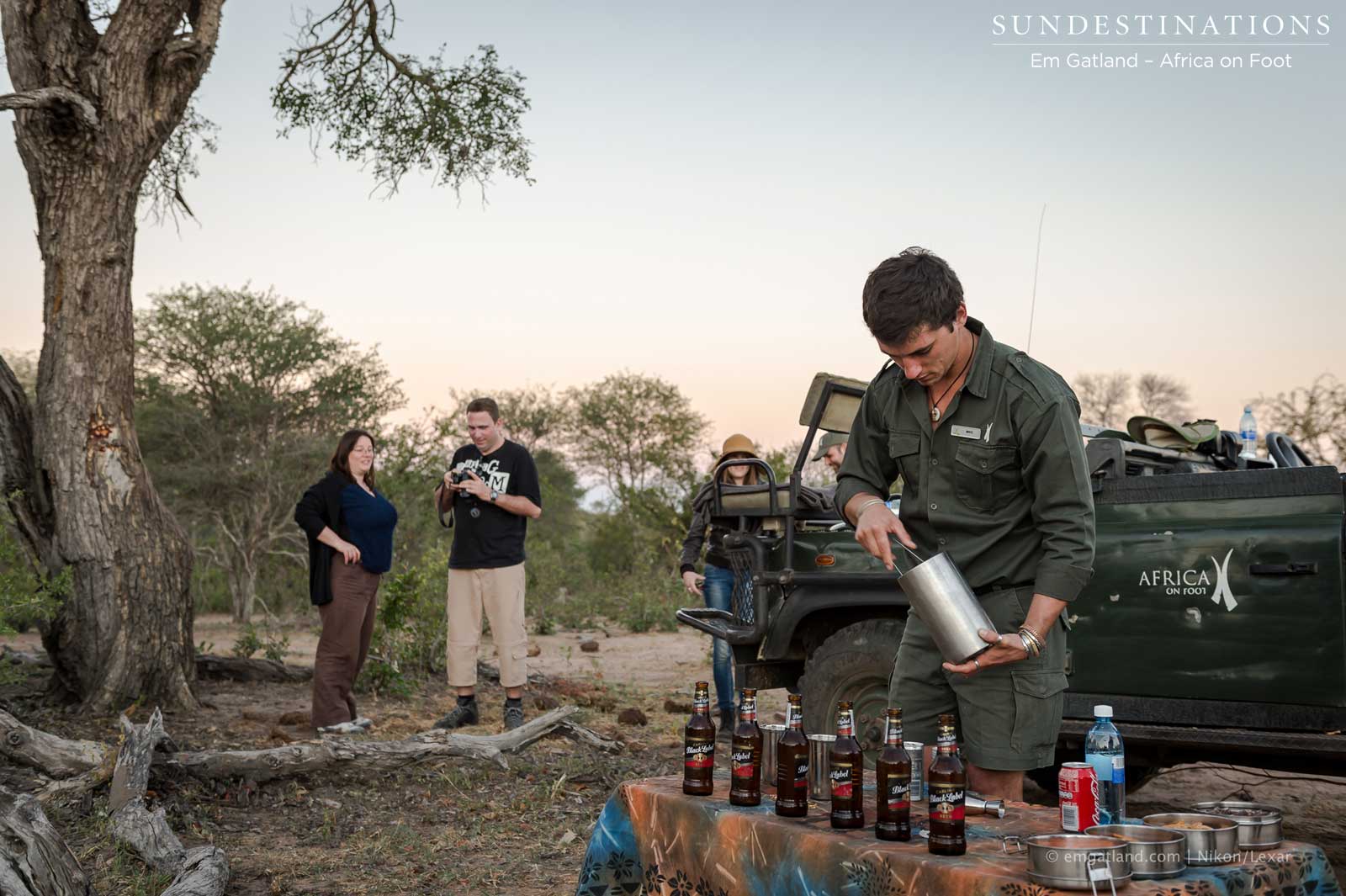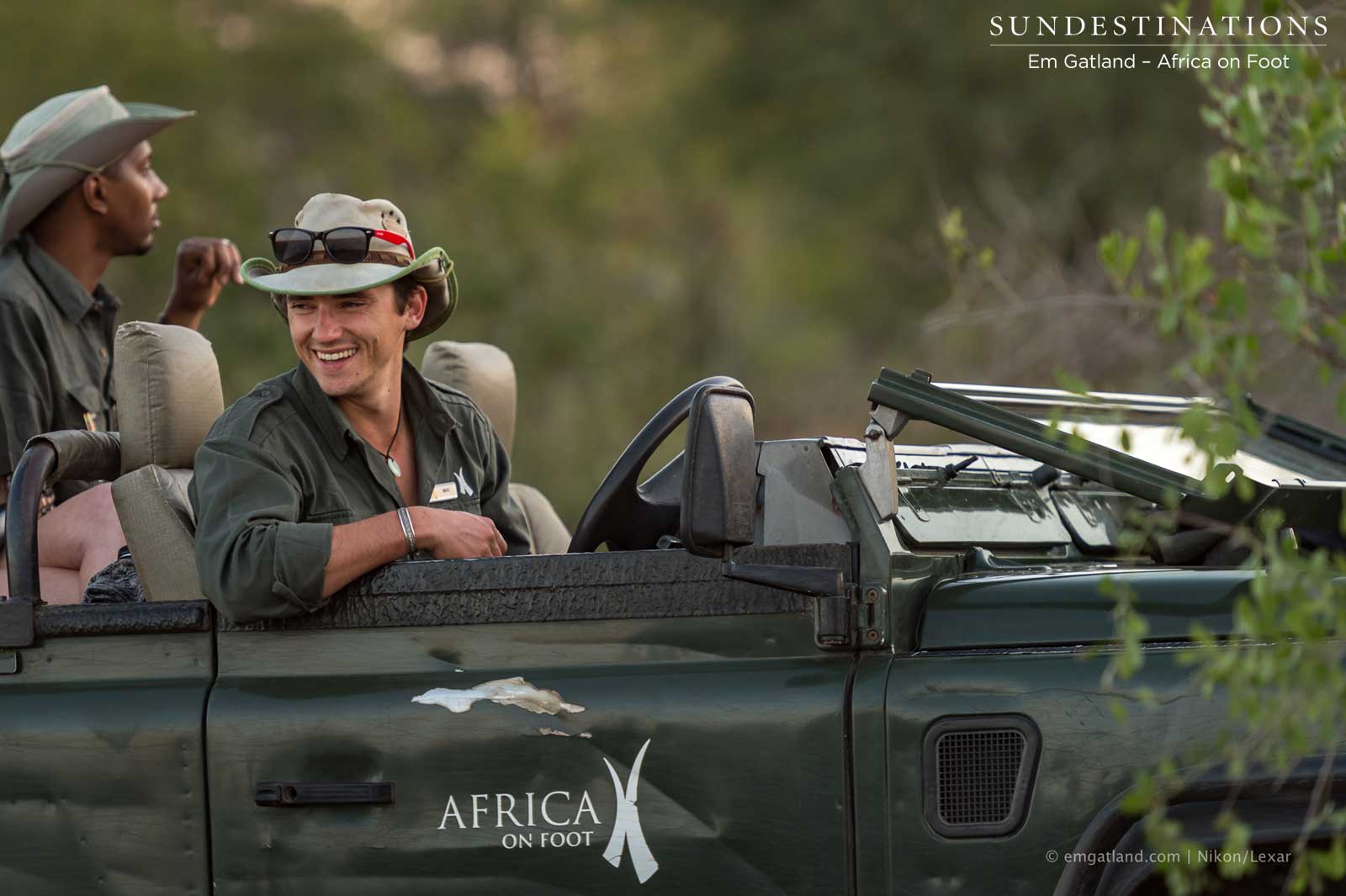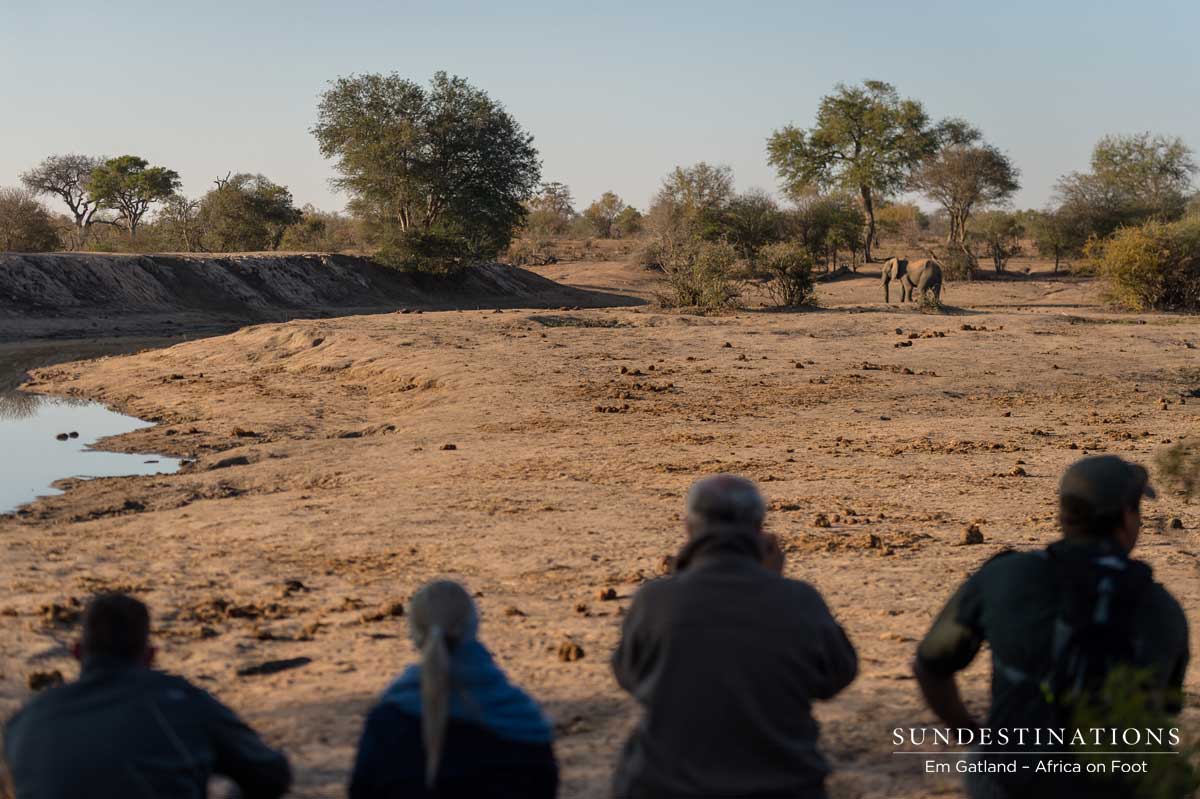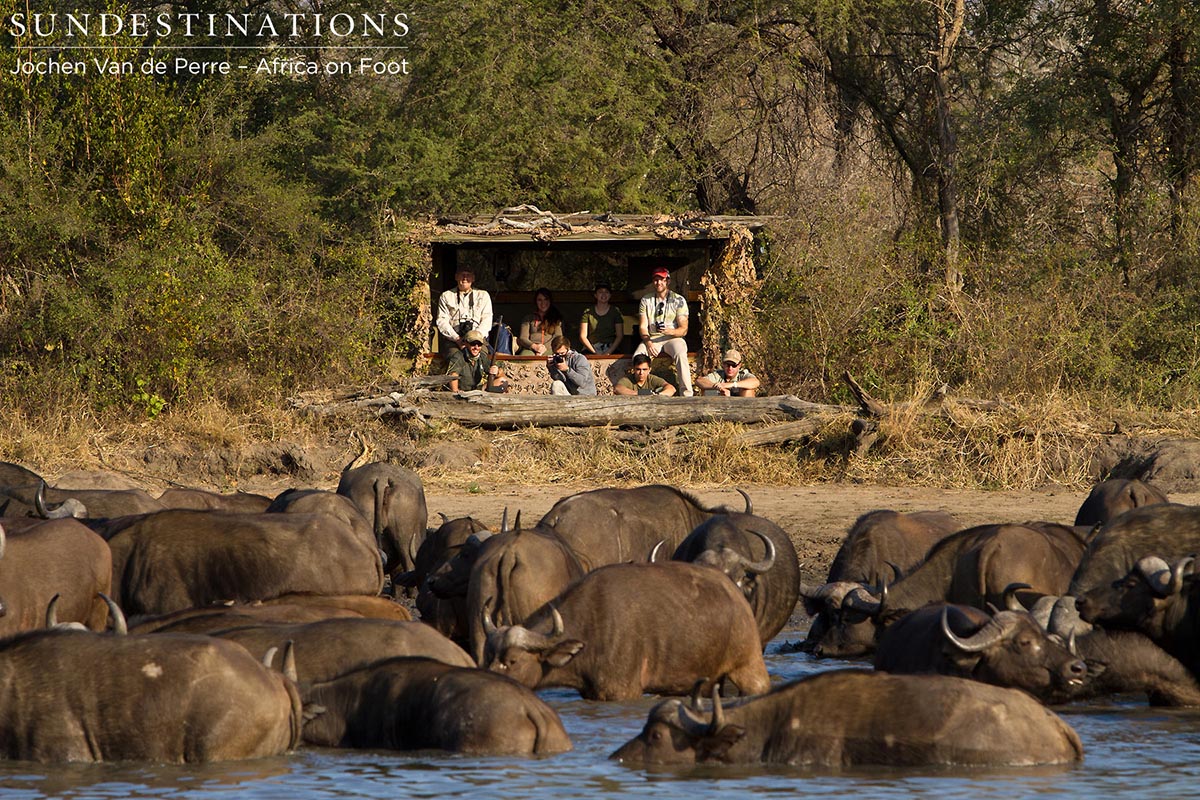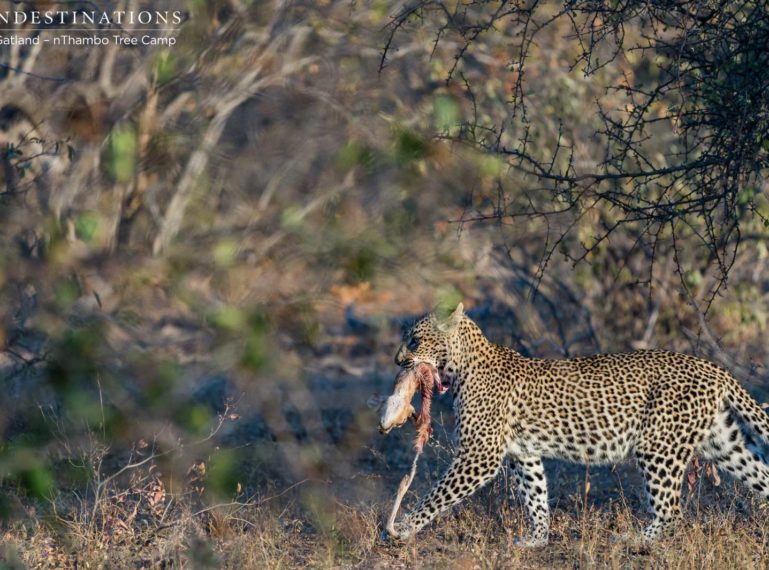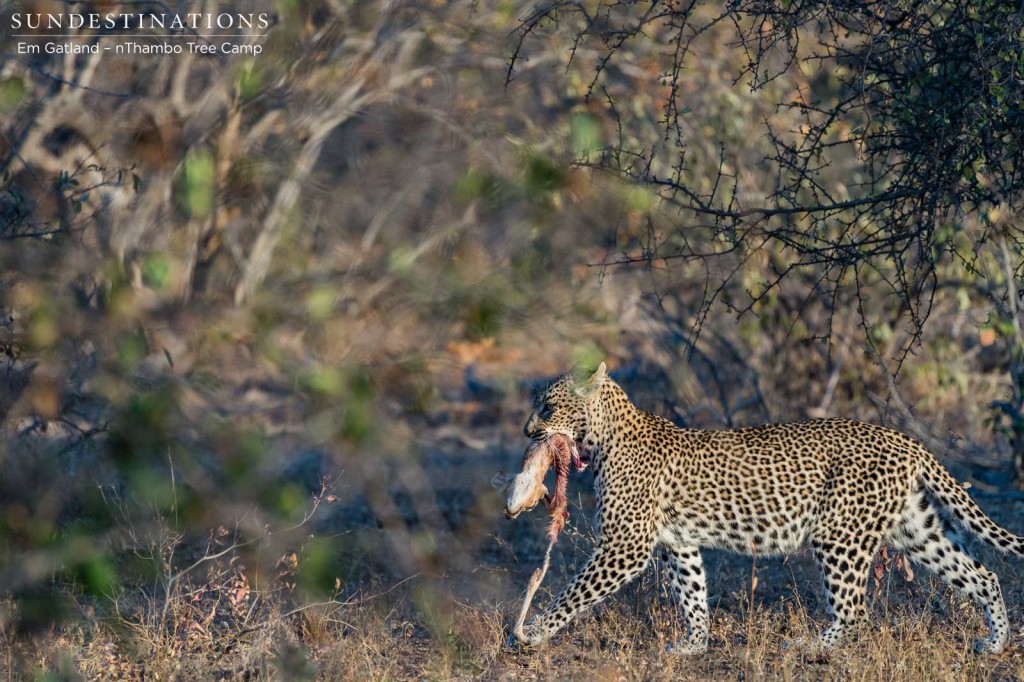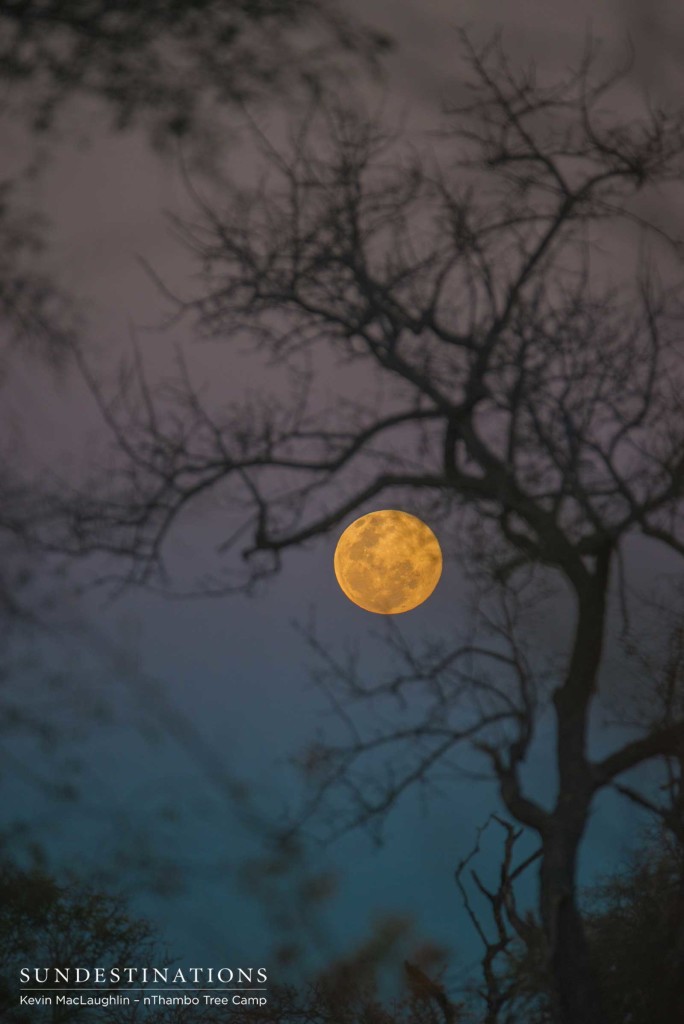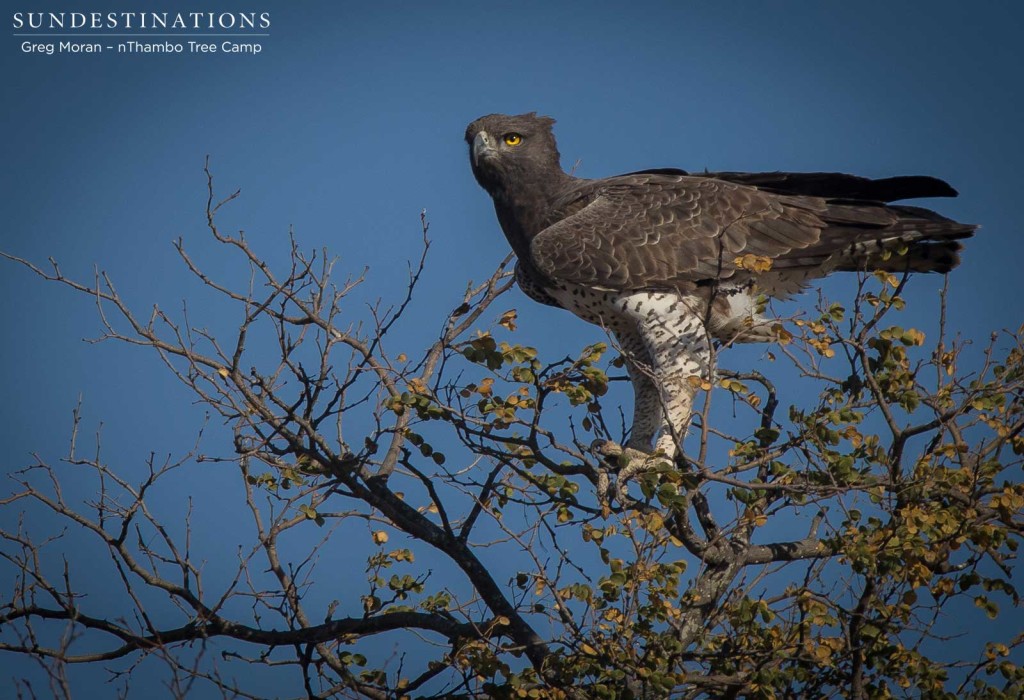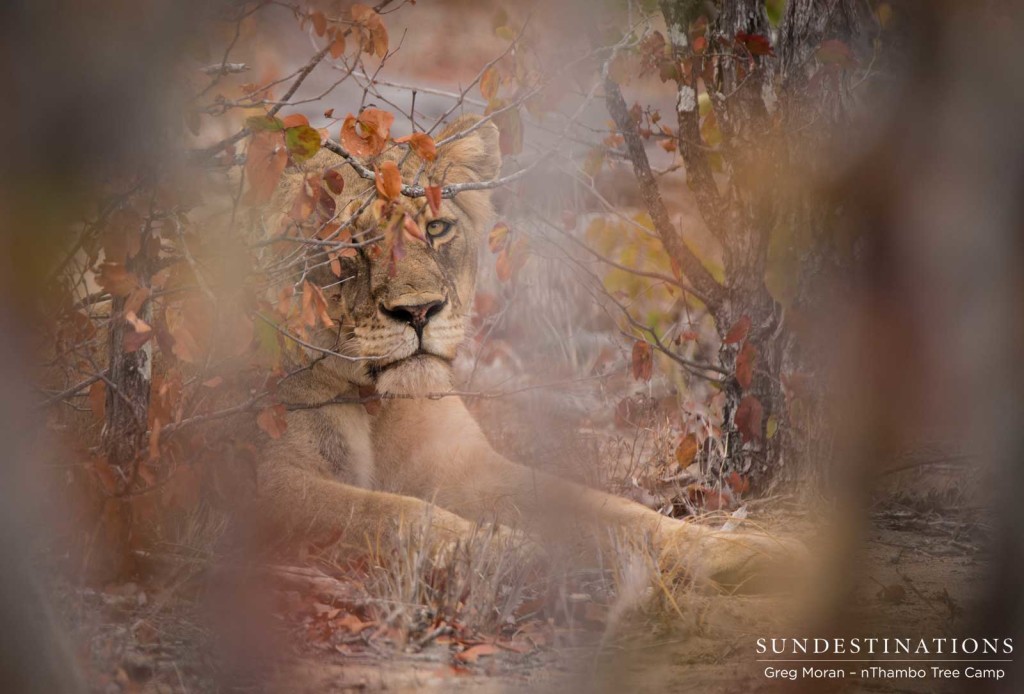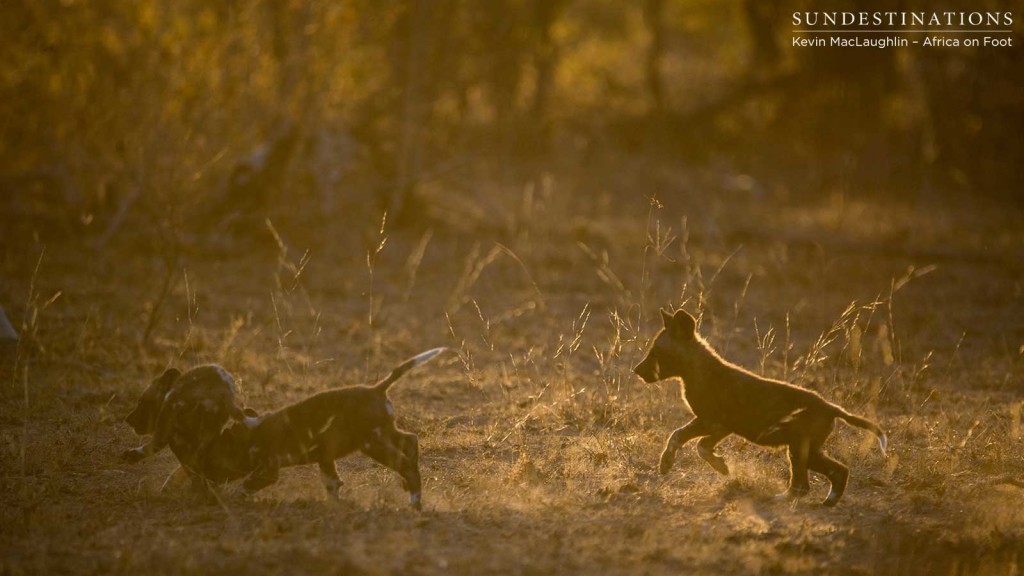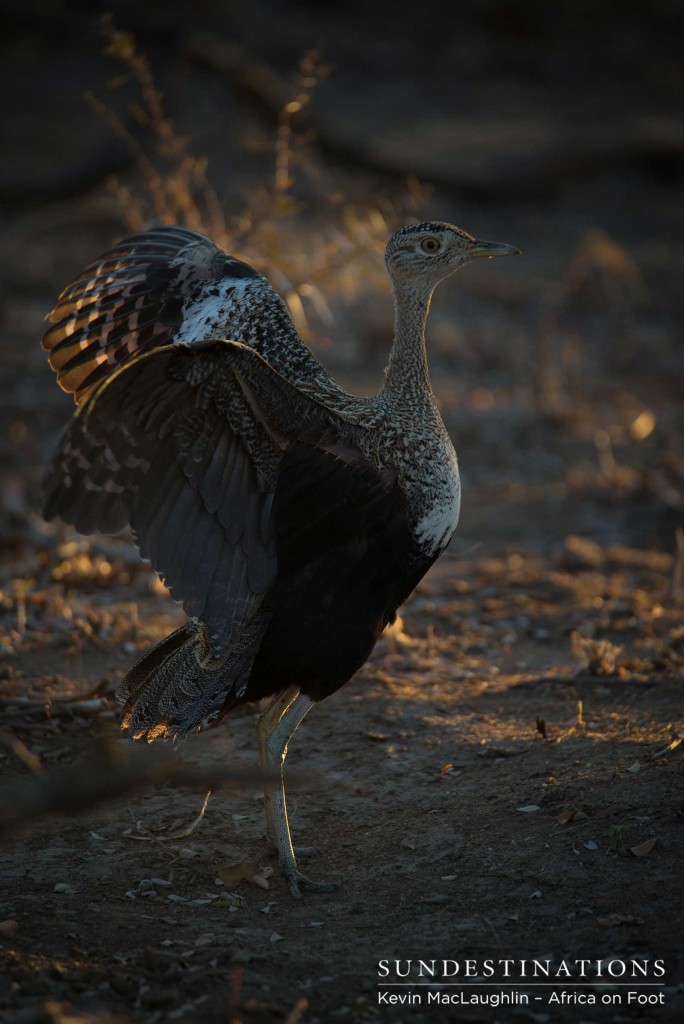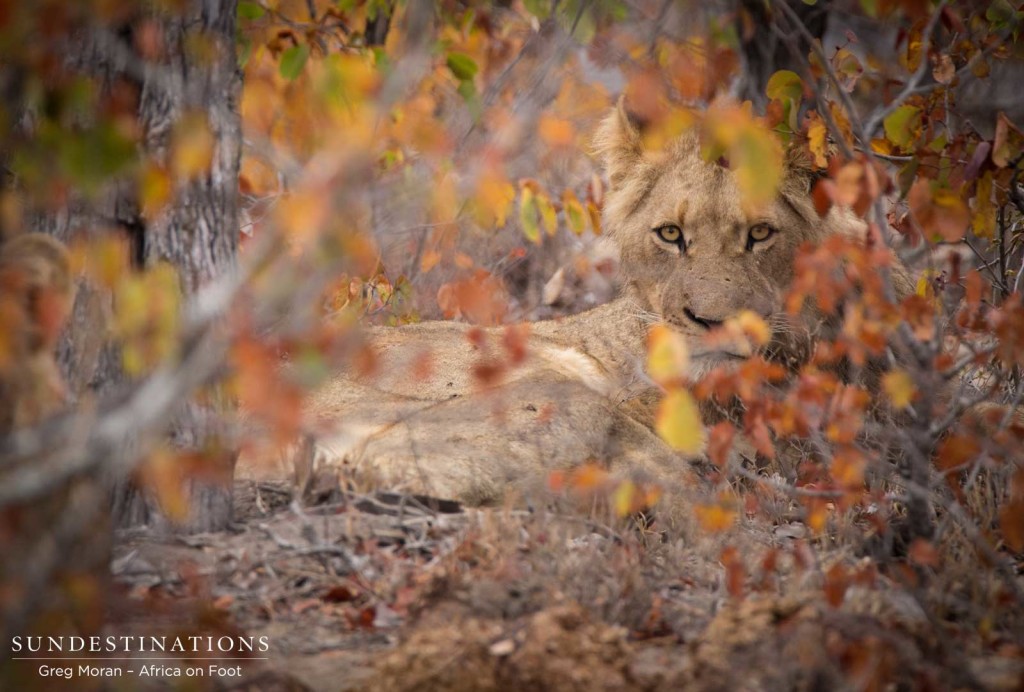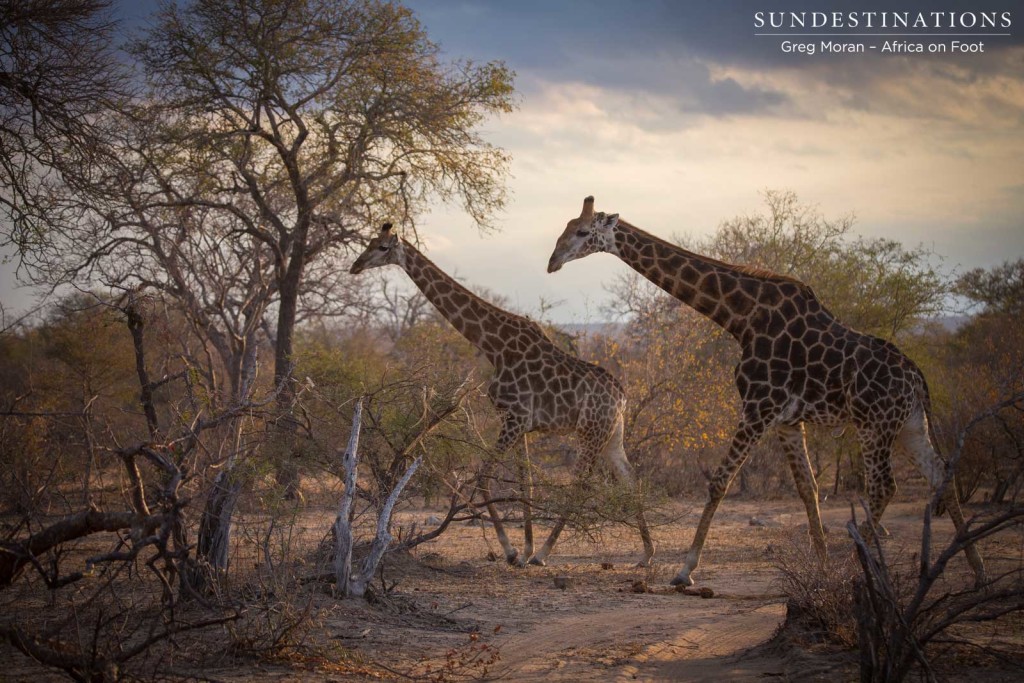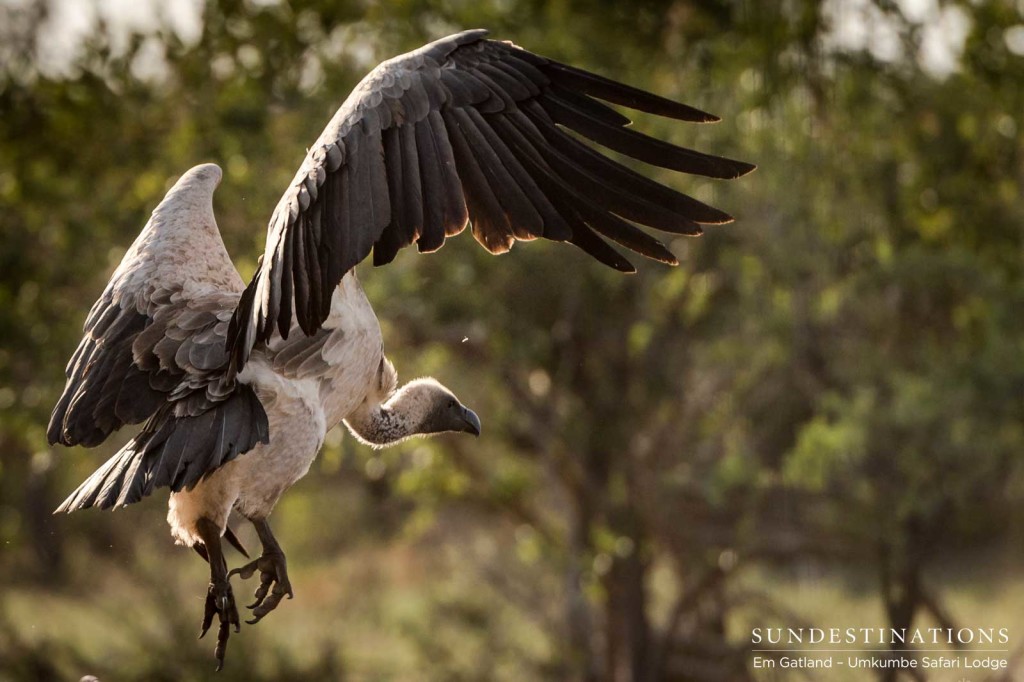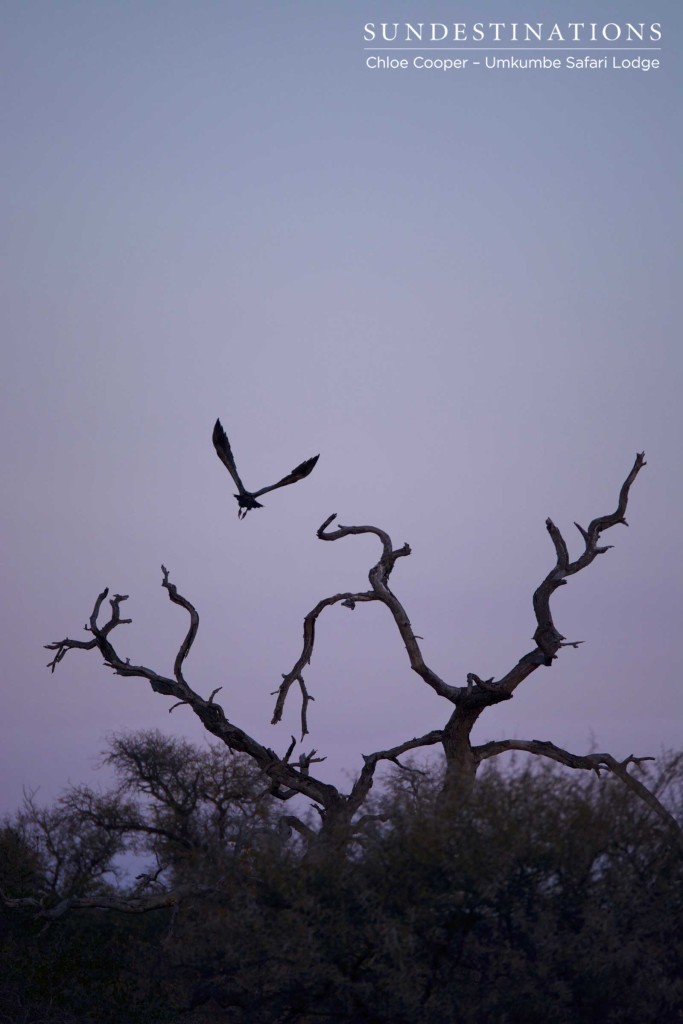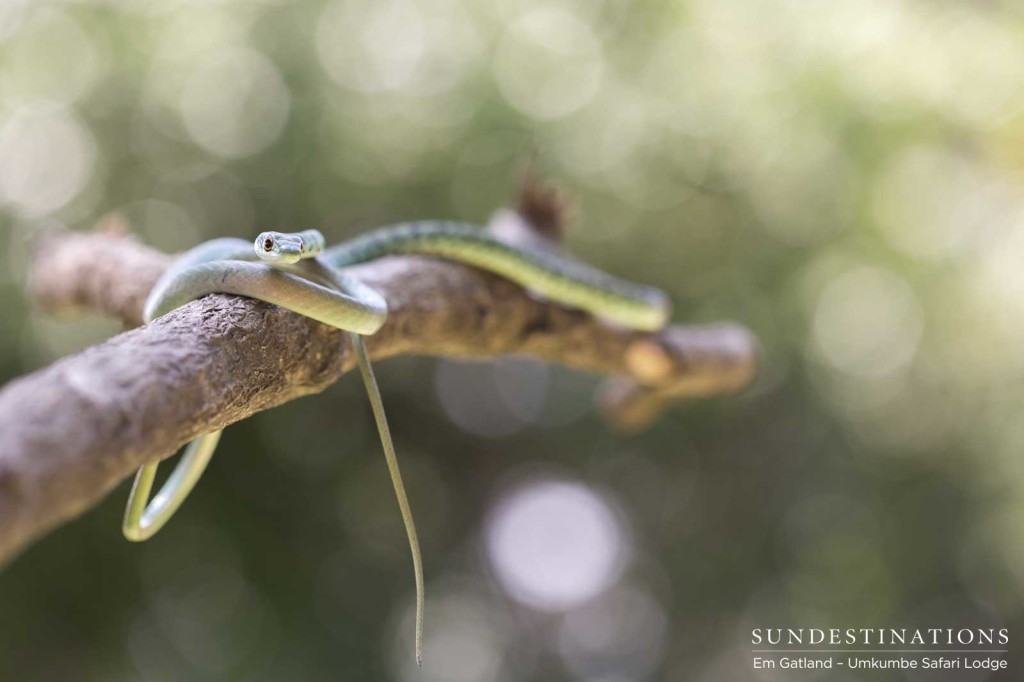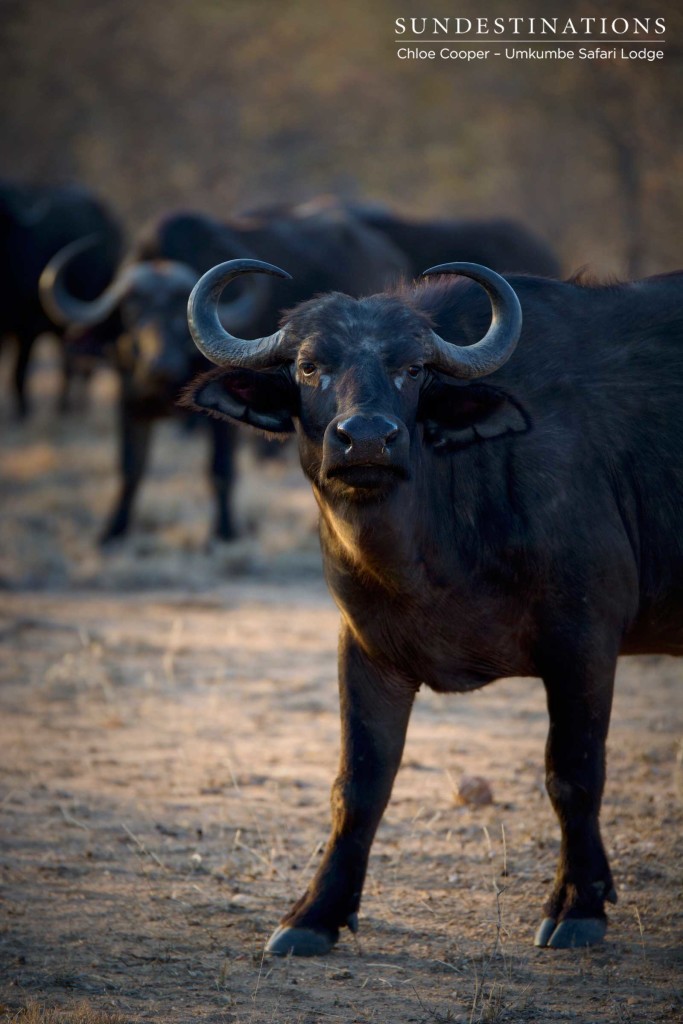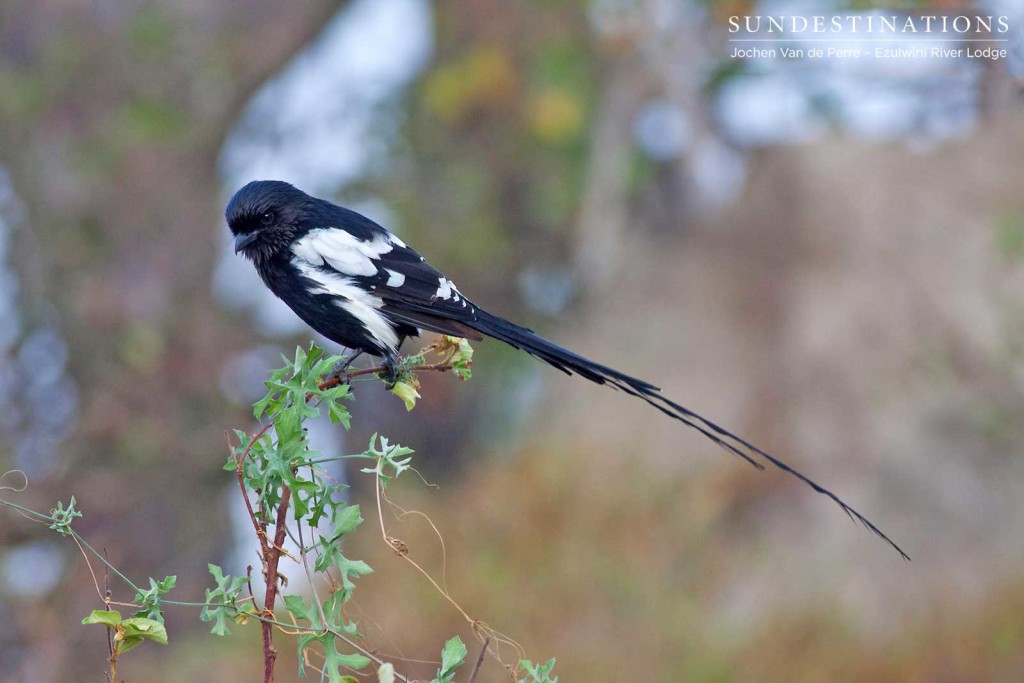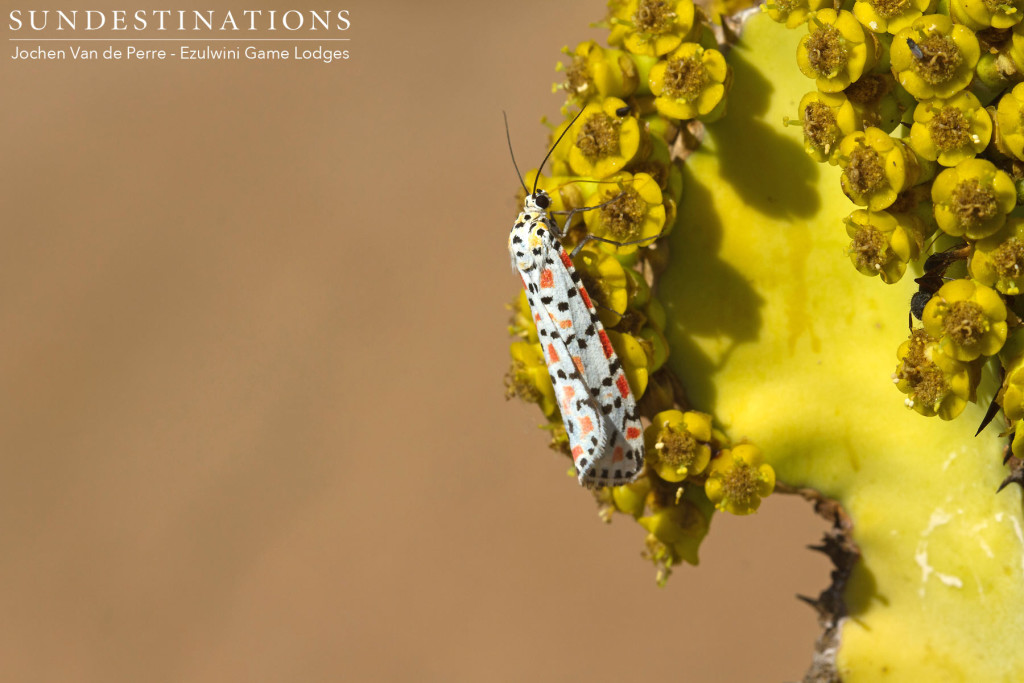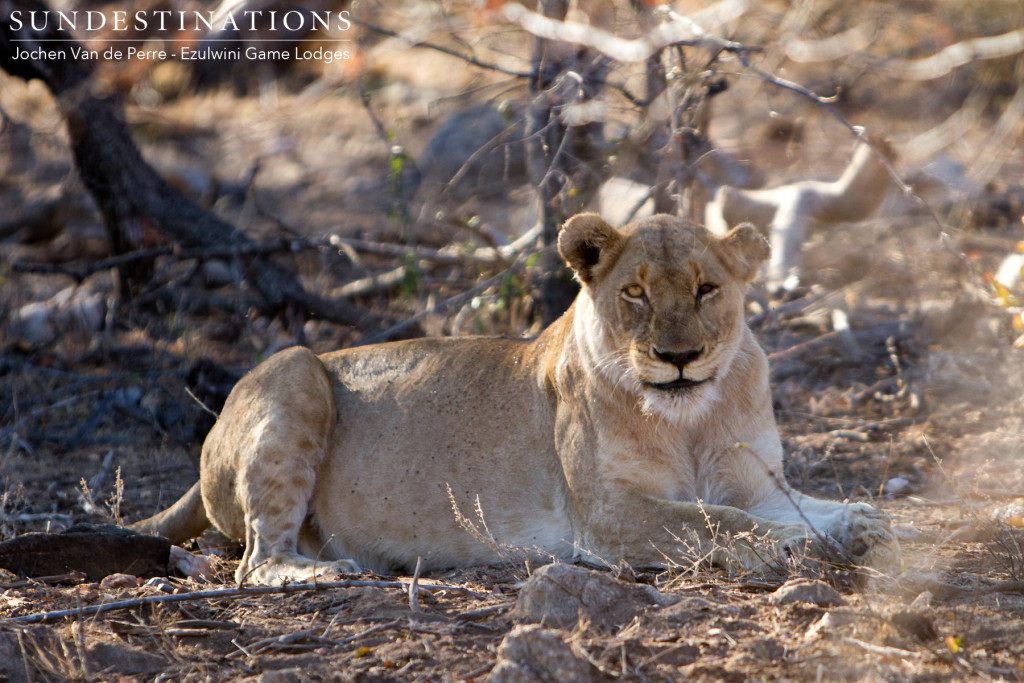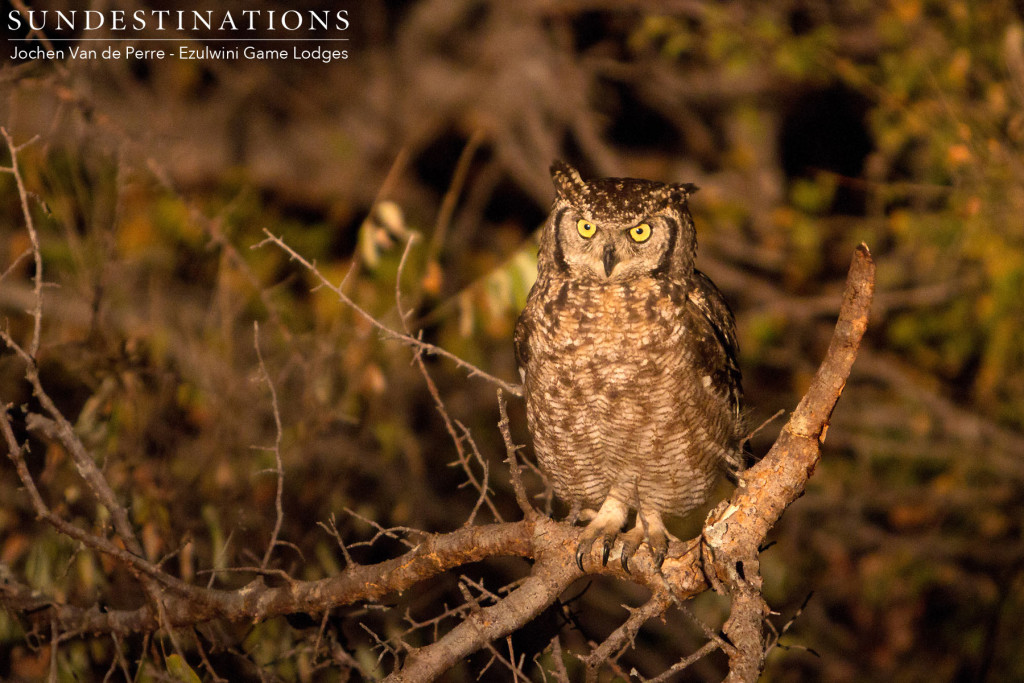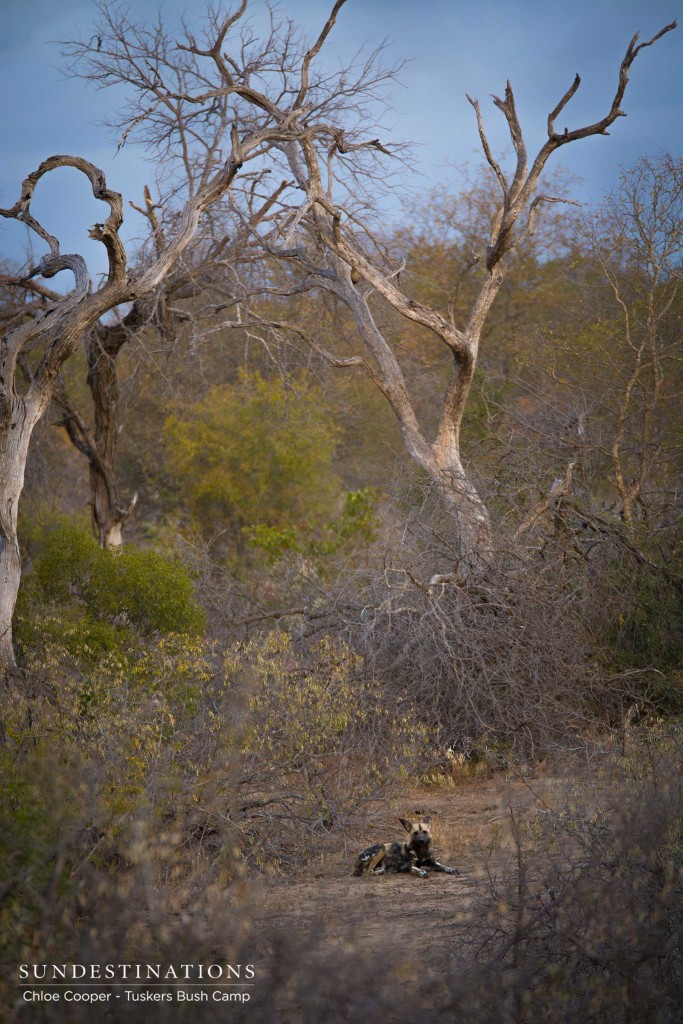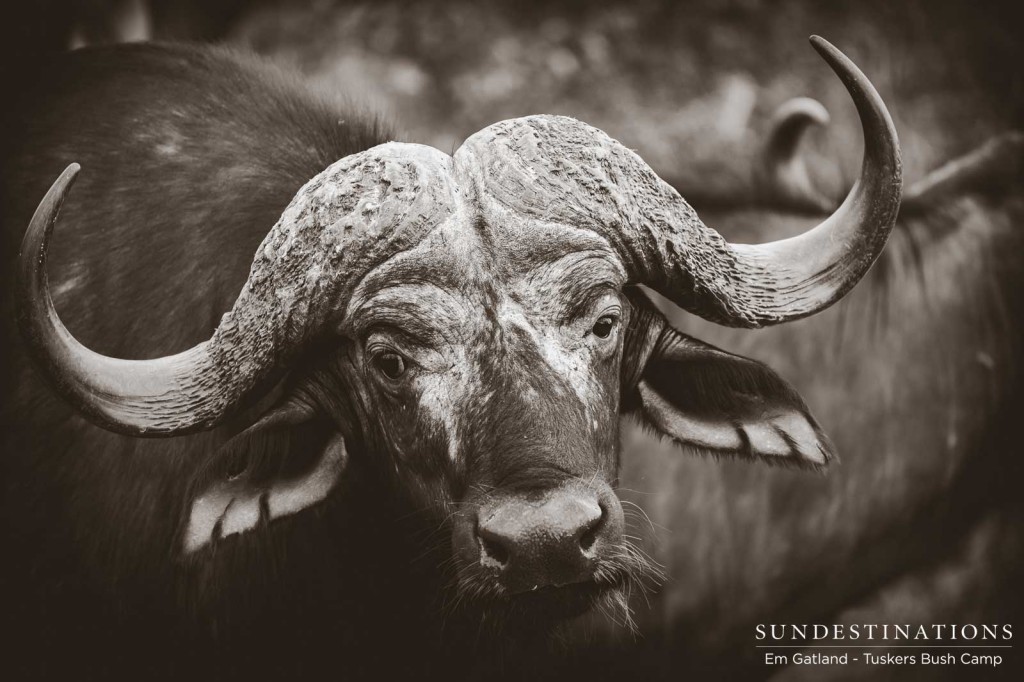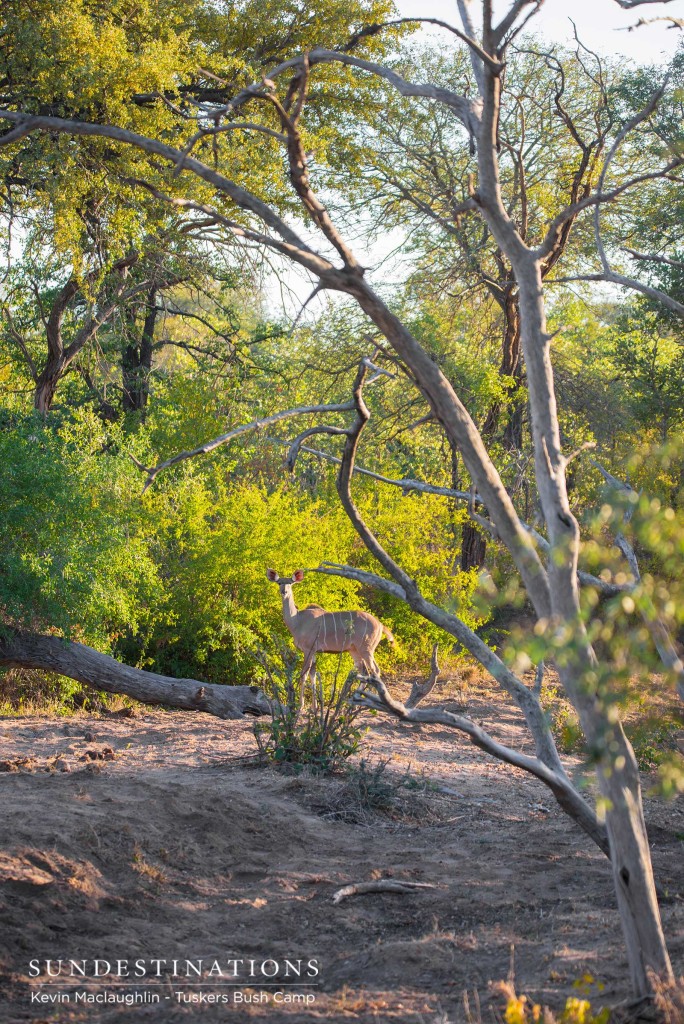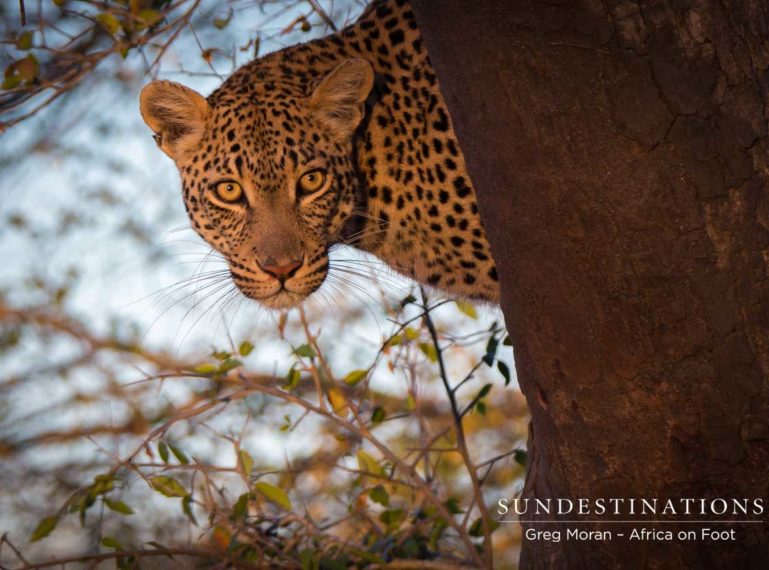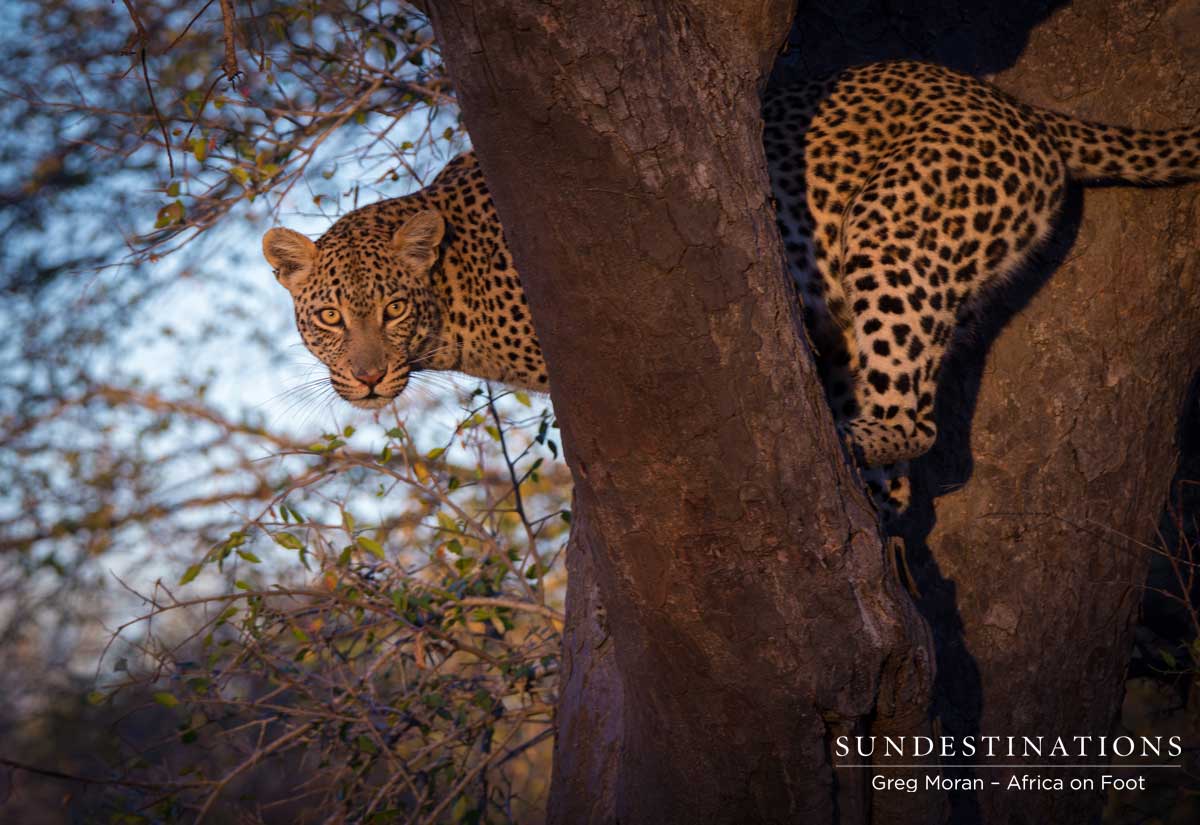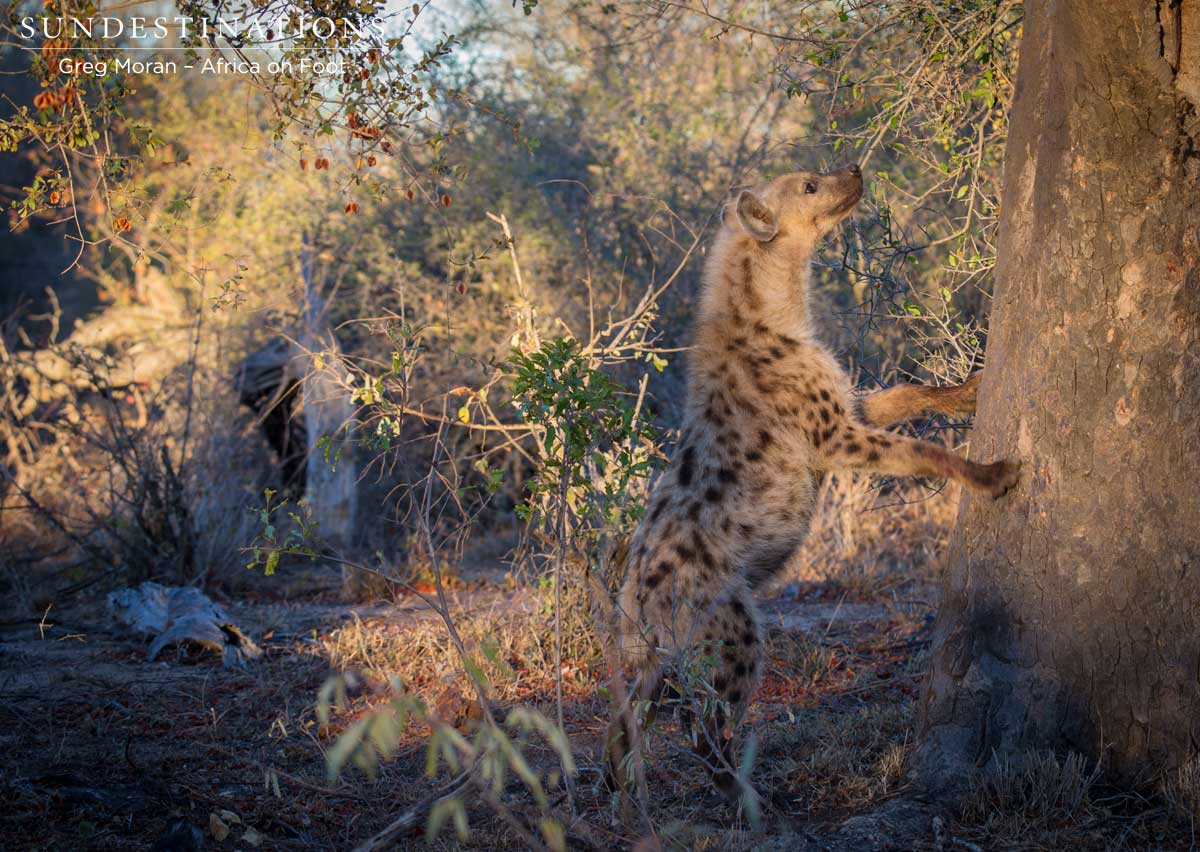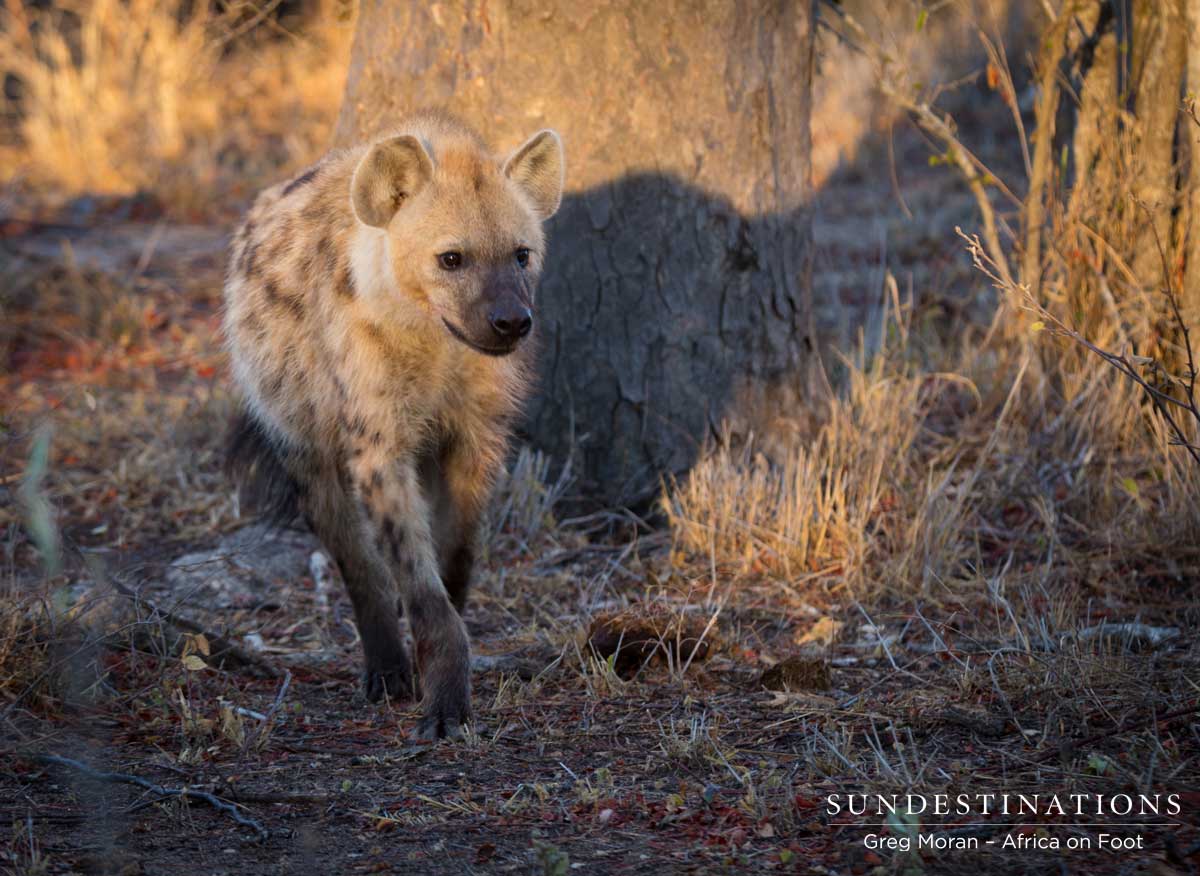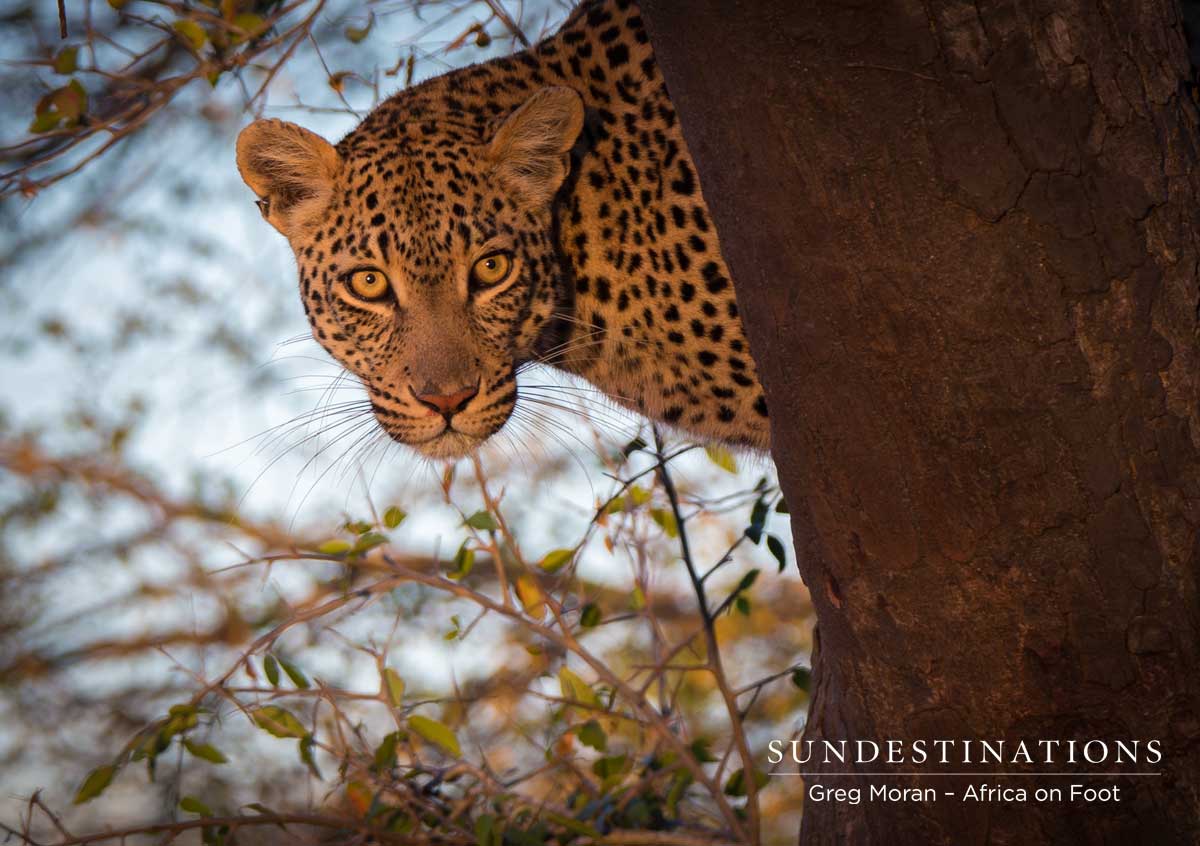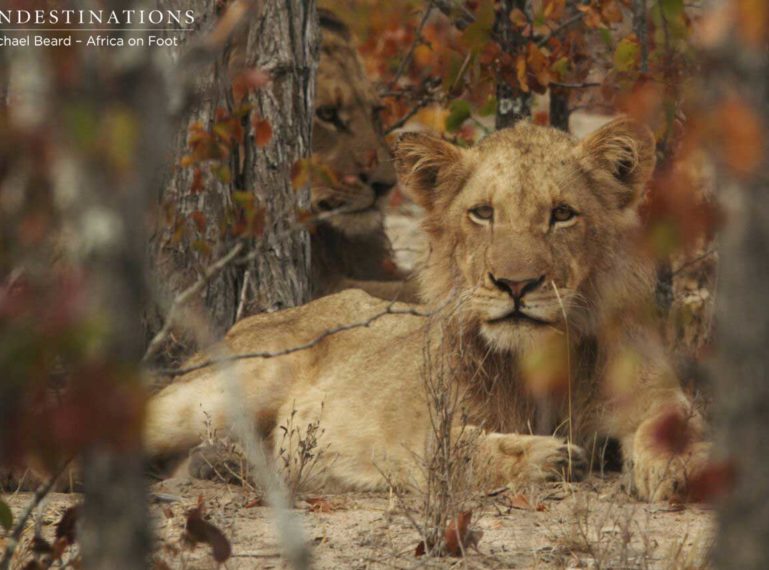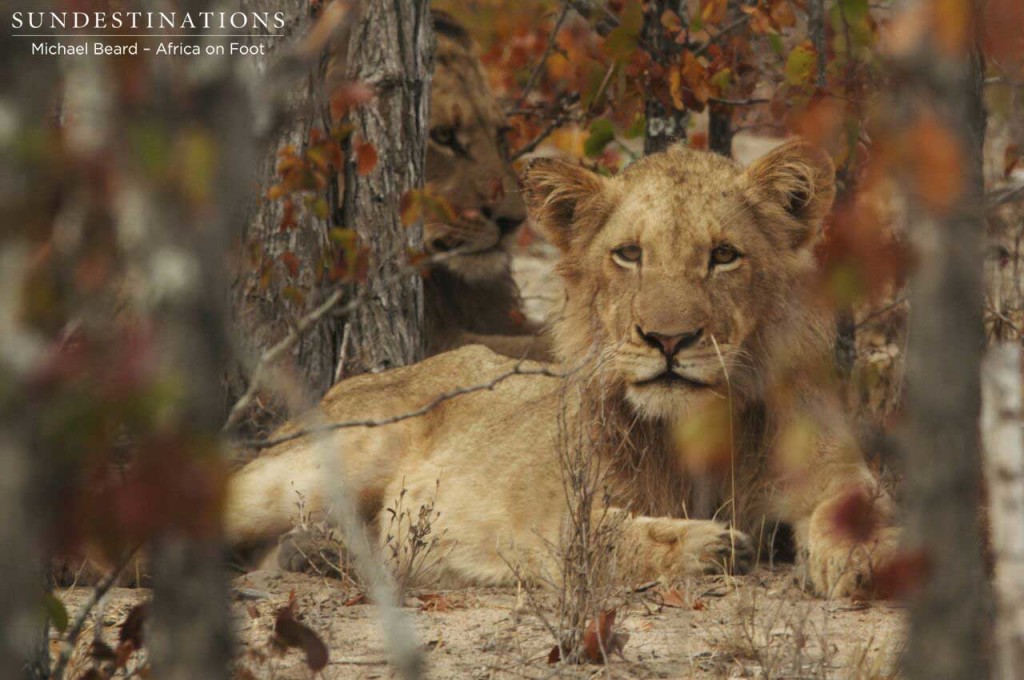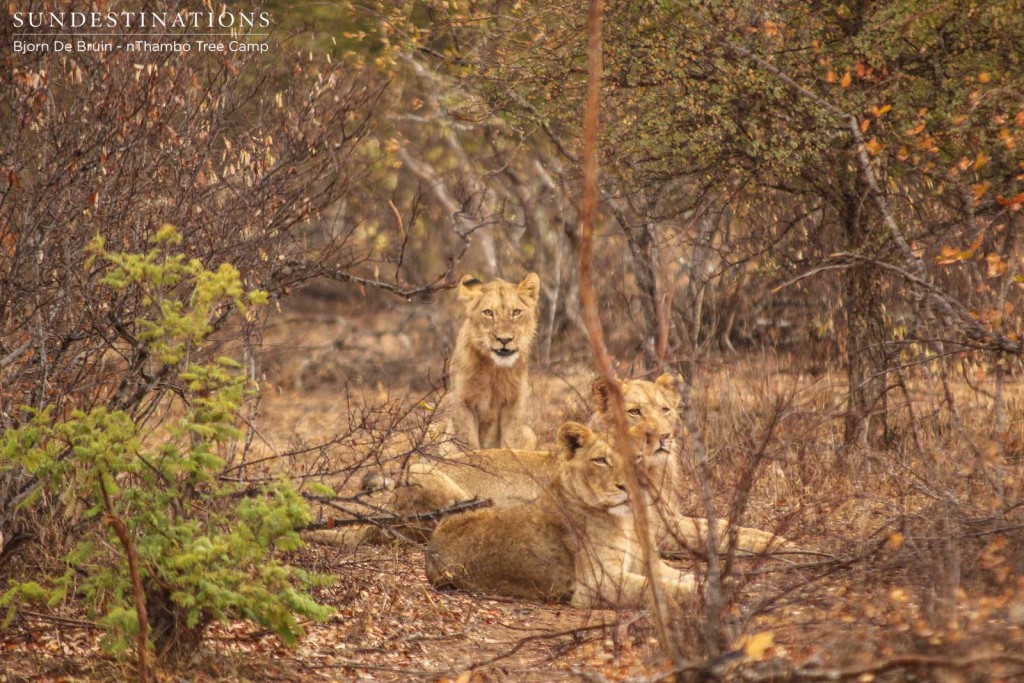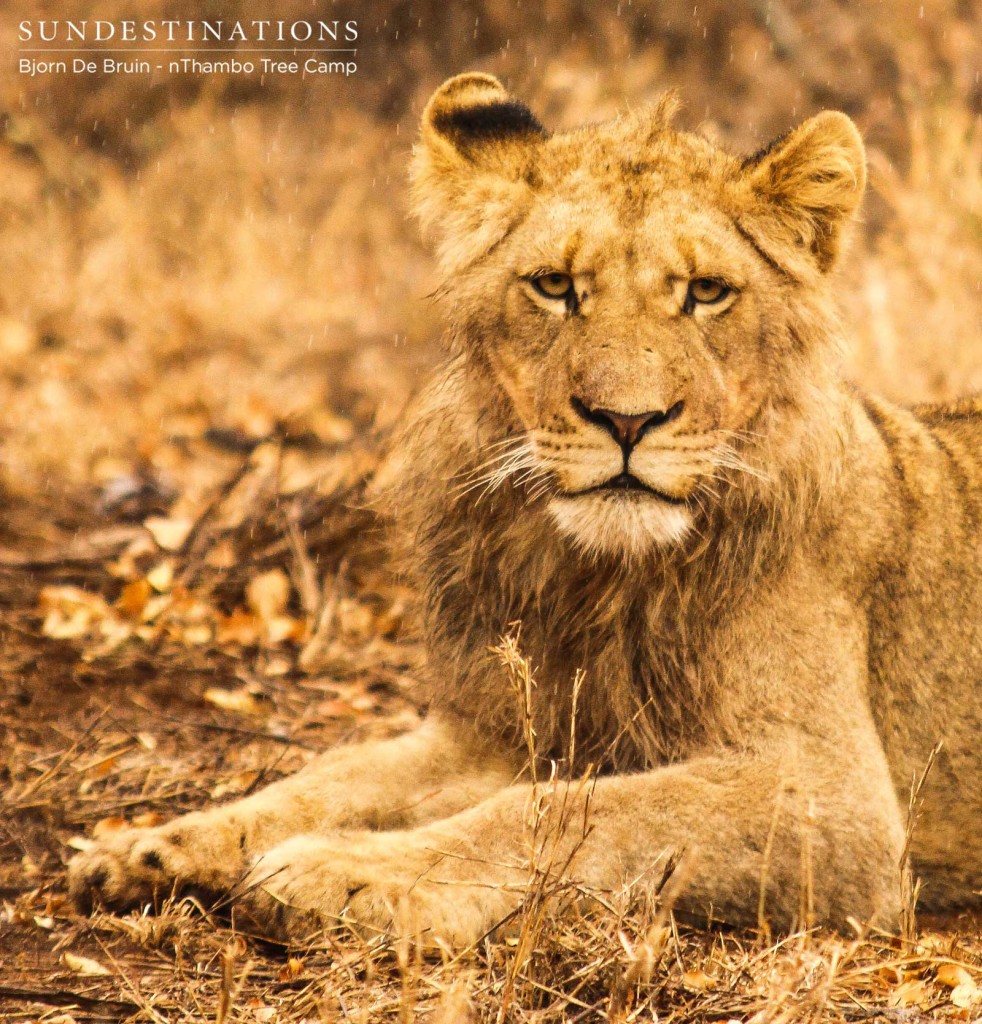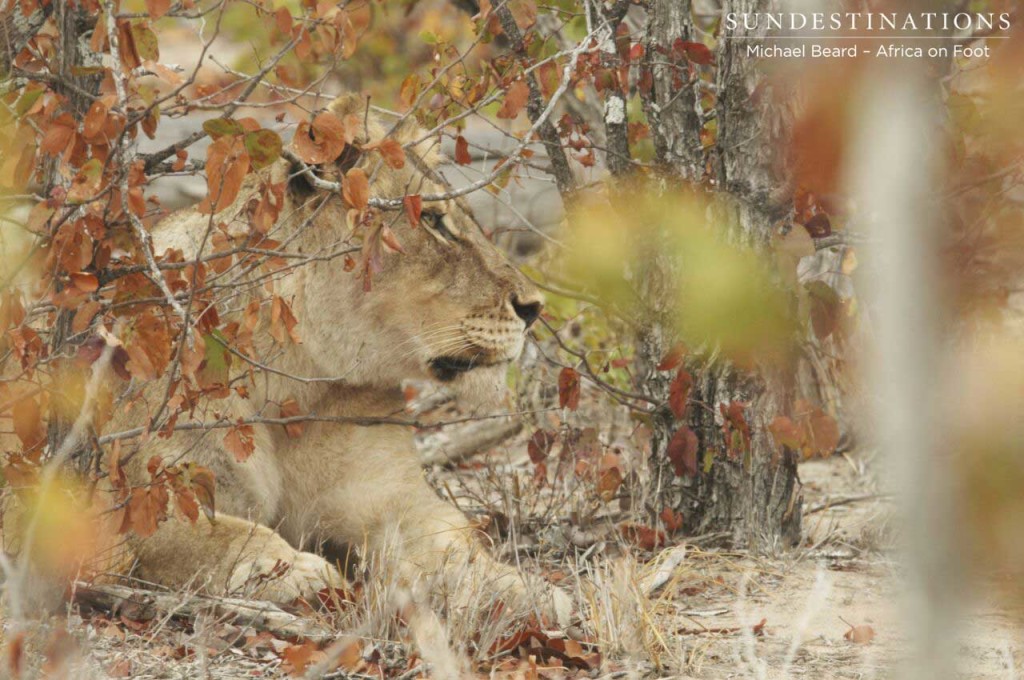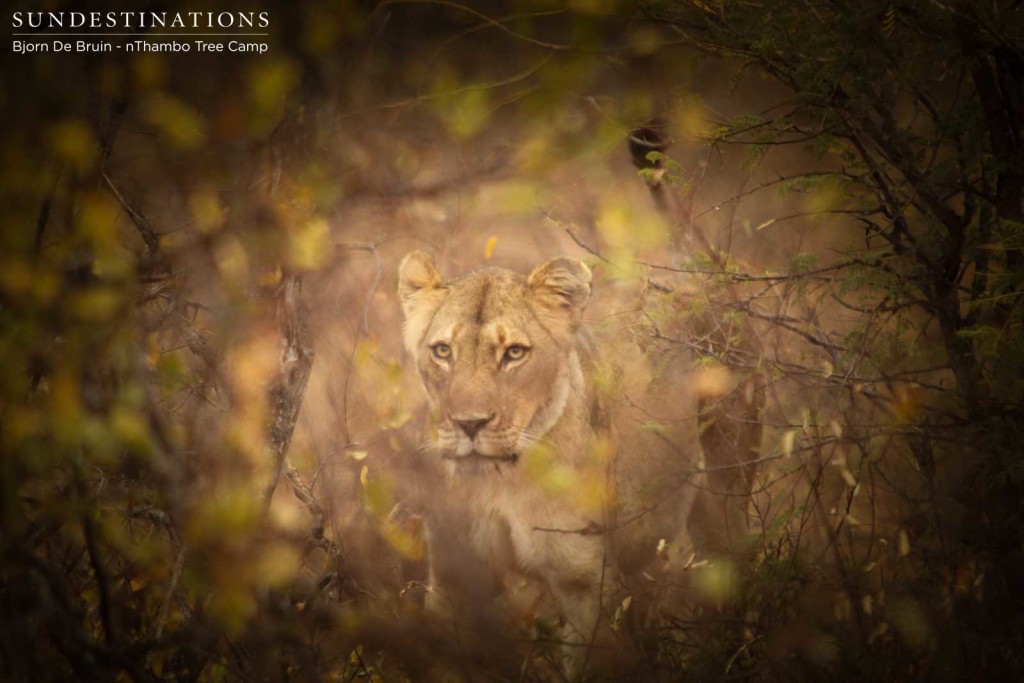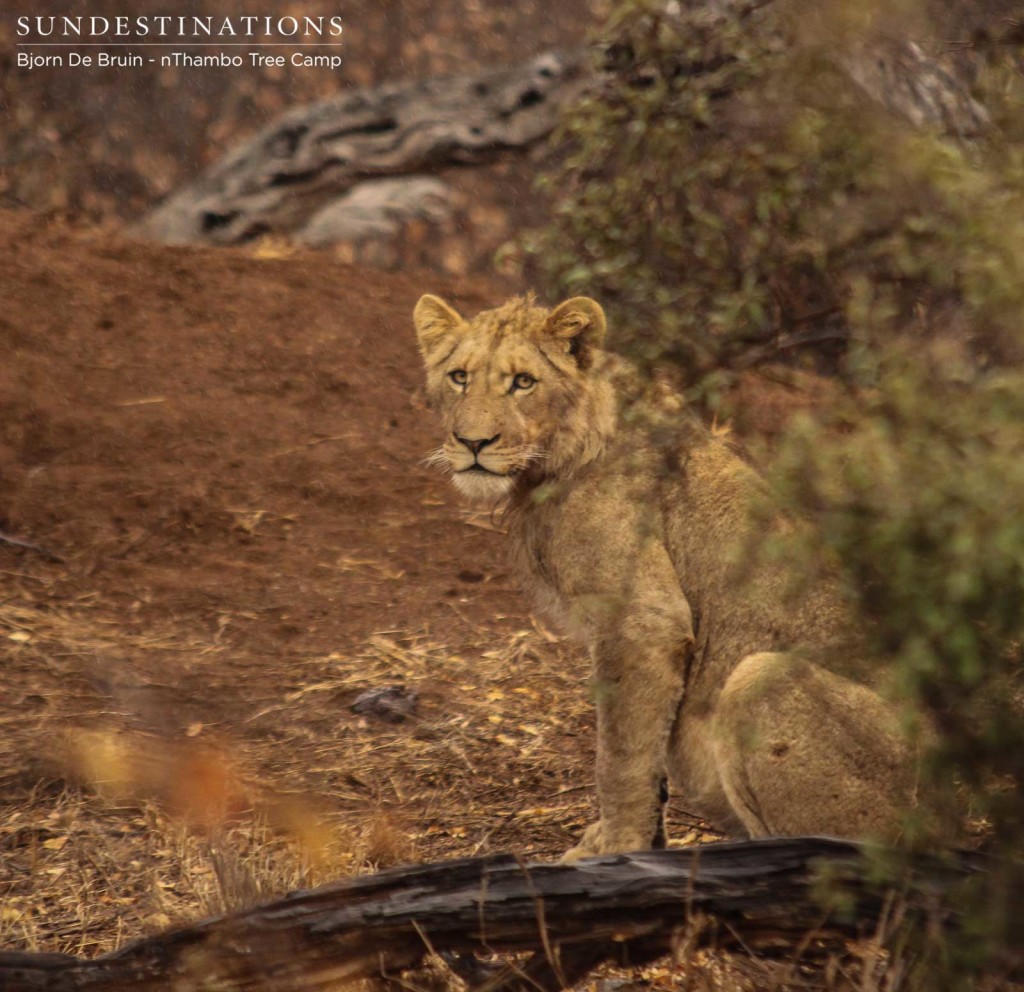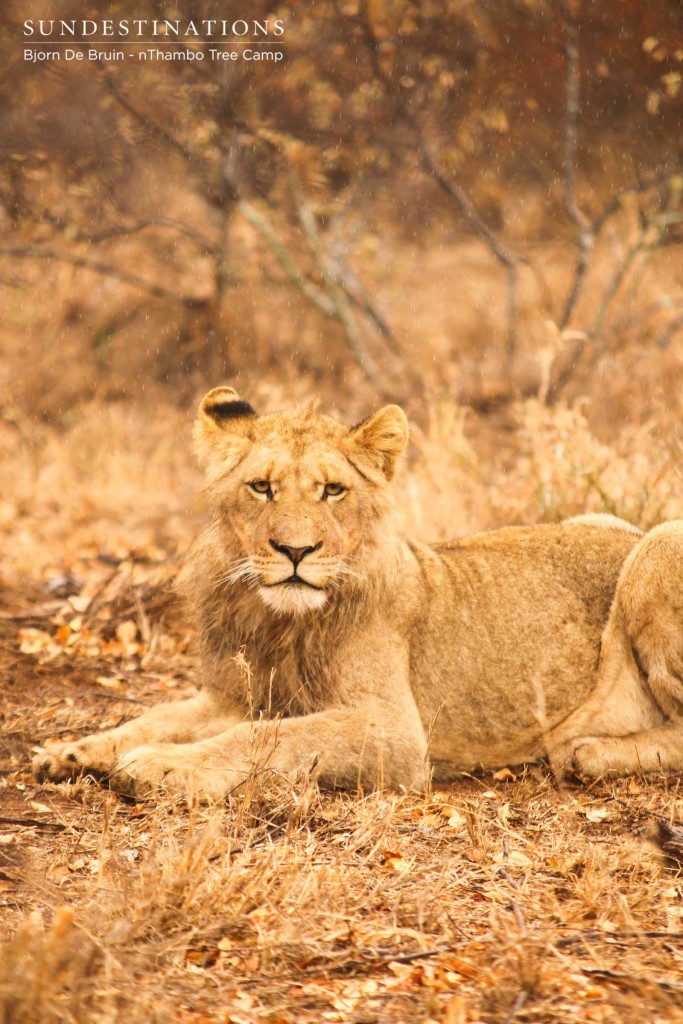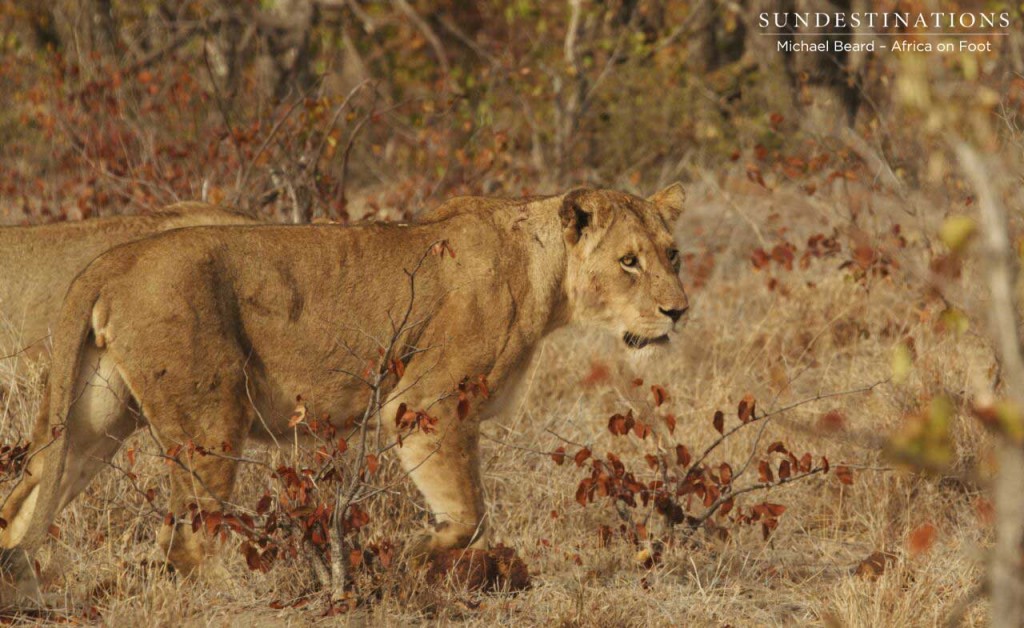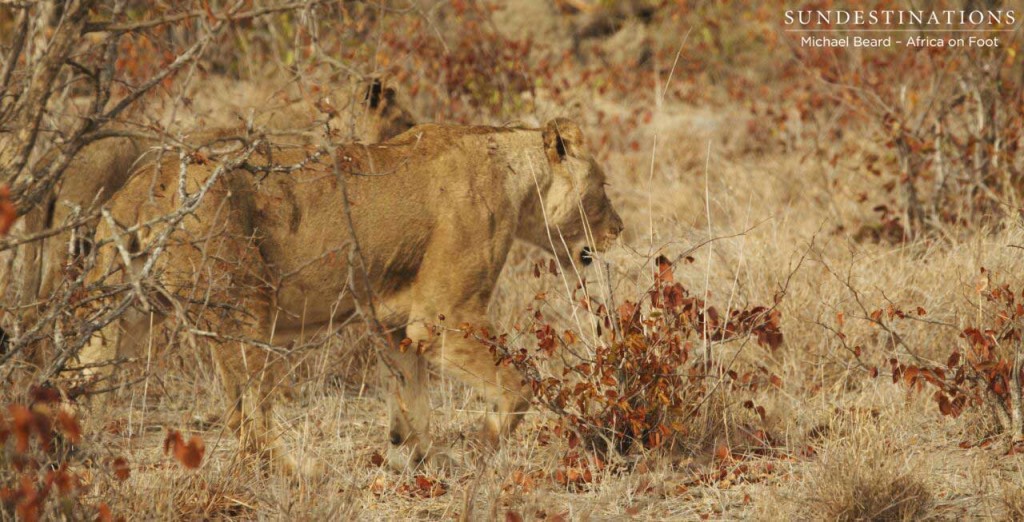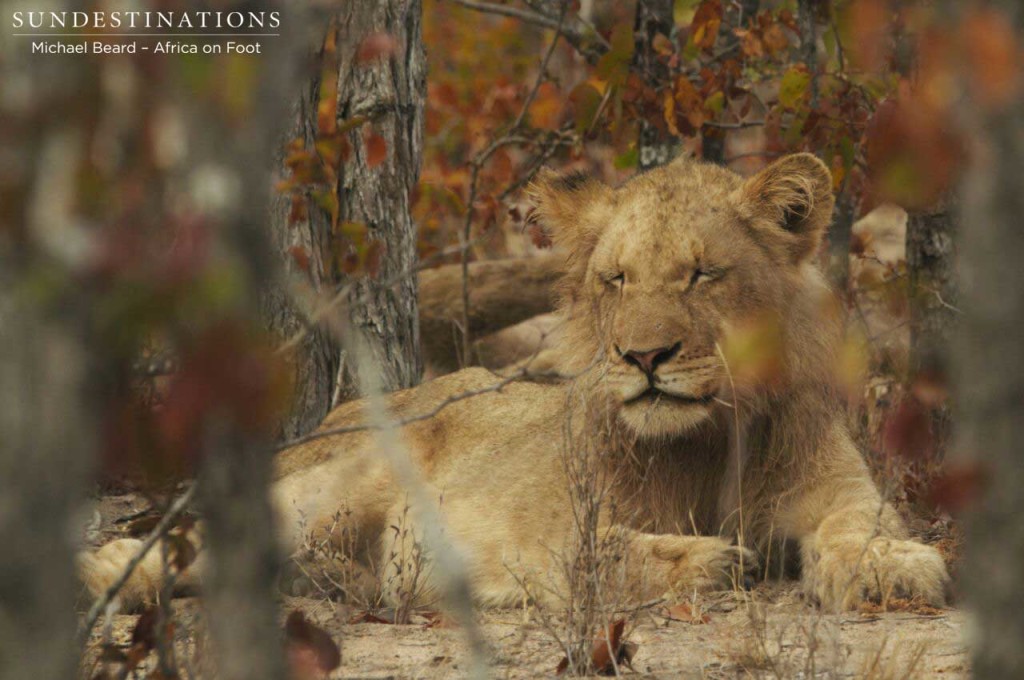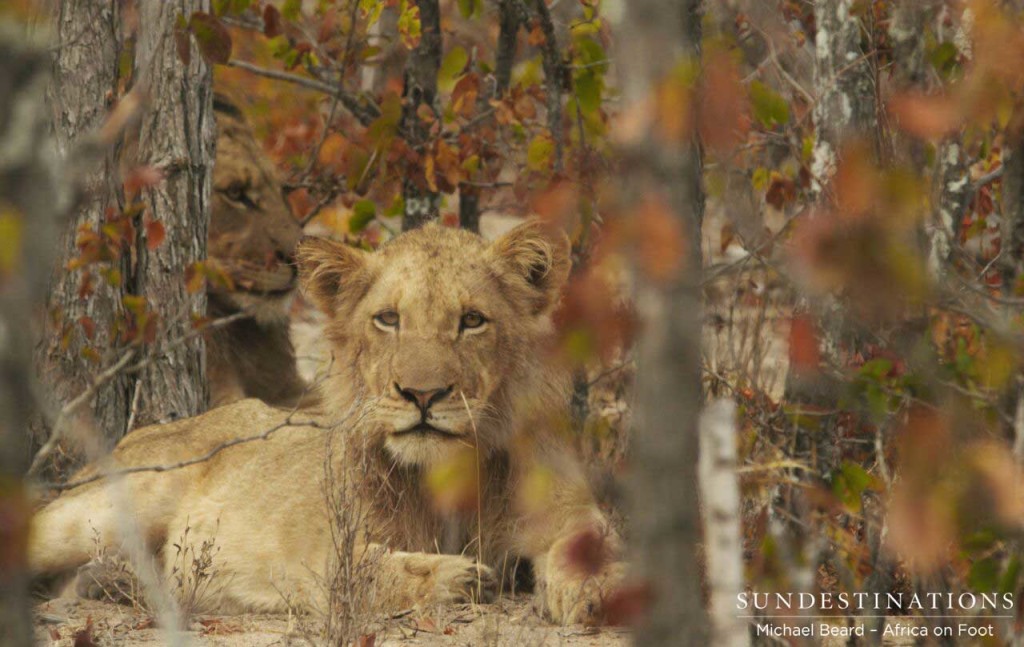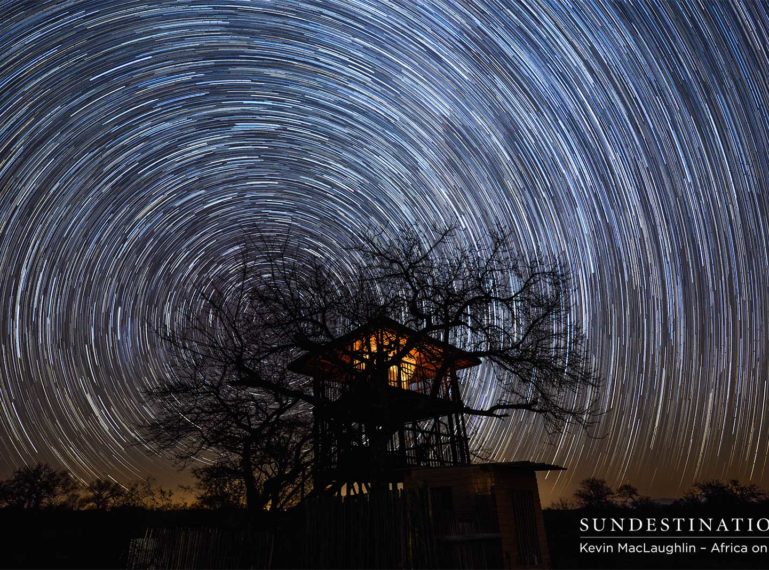
Week in Pictures : Sneaky Cats and Rare Pangolins
The sneaky cats, opportunistic predators and rare pangolins have been the centre of attention this week. Across the board, we’ve seen an increase in big cat sightings and kills close to camp. The presence of fresh carcasses brings with it an influx of scavengers, which always enhances our photographic opportunities. Rapidly declining species such as the African wild dog and the pangolin have provided once in a lifetime sightings for guests! We hate to sound repetitive, but here’s to another successful week of sightings…
Africa on Foot and nThambo Tree Camp
It is most certainly a strange parallel experience when rangers in the Sabi Sand and the Klaserie report a pangolin sighting. It’s always rewarding to see one of the world’s most endangered species living happily in the wild! Greg spotted the elusive scaly anteater roaming the terrain in the Klaserie and was only too happy to capture the moment on camera.
Another unique event happened quite suddenly on the doorstep of Africa on Foot camp. The rough and ready Mapoza male lions took down a buffalo right outside of the treehouse. The older Ross Pride breakaway female joined them for the meal. Two honeymoon guests watched the drama unfold from the safety of their balcony.
A lone and opportunistic leopard came to explore the carcass and a massive kettle of vultures descended upon the decaying corpse. The buffalo carcass continues to feed the rest of the animal kingdom and we’re eager to see other species arrive at the kill site.
Wild dog pup sightings have been in abundance and because of they’re an endangered species, each sighting needs to be celebrated. Yesterday, the Klaserie team found pups with adults at their den site. The pups are closing in on the 3 month mark, which is when they will leave the den and start conducting their own kills.
Ezulwini River Lodge and Ezulwini Billy’s Lodge
The Balule, yet again, has been in the spotlight when it comes to lion sightings. Coalitions of males, lone females and Duma’s brother have all made an appearance. The coalition of males from the Mohlabetsi Pride were seen colluding with the lionesses from the River Pride. Just yesterday they were settling in to enjoy a kill they’d just made.
The hyenas clans were on top form and swooped in on a fresh zebra kill. The actually displaced the lions from the kill!
Coupled with the rather bold sightings experienced by Ezulwini, there was also a surprising sighting of a relaxed and timid cheetah.
The level of adorable sightings in the Balule Nature Reserve most certainly hasn’t dwindled. Guests enjoyed a rather endearing sighting of a young elephant calf trailing behind its mother. The calf was engaging in rather entertaining antics, flapping its uncontrolled trunk and ears about.
And the plains game? They’re still around. The weird and wonderful small mammals and elegant antelope are always in the picture. But this week, the highlights have definitely been the witnessing of the ever evolving lion pride dynamics and the majestic cheetah.
A couple of days ago, the shy pangolin came out into the open while Danie was on evening game drive. Pangolins are the most illegally traded species of wildlife in the world and their numbers are on the rapid decline. This sighting was one for the books due to the scarcity of the species!
The elusive leopards came to say their hellos and gave perfect visuals for our avid photographers. Two leopardesses were spotted – Tatowa and Kigelia. Kigelia had her prying eyes set on a duiker for dinner, but her hunting attempt failed. Tatowa spent most of her time clambering up termite mounds and surveying the landscape for prey.
Leopards and pangolin really stood out for us this week at Umkumbe. Jumbos, hippos, giraffe, zebra and plains game have all been on the sidelines providing breathtaking sightings for all and sundry.
The Okavango Delta is never short of sightings, which means Xobega never fails to deliver in terms of game viewing. The main attraction, which we’ll never tire of, is the abundance of birdlife. There’s always a high density of birds of prey and waders around the island. The sneaky crocodiles have no shame in hanging around the banks of the Delta and the bloats of hippo always watch you from the still and crystal clear waters.
